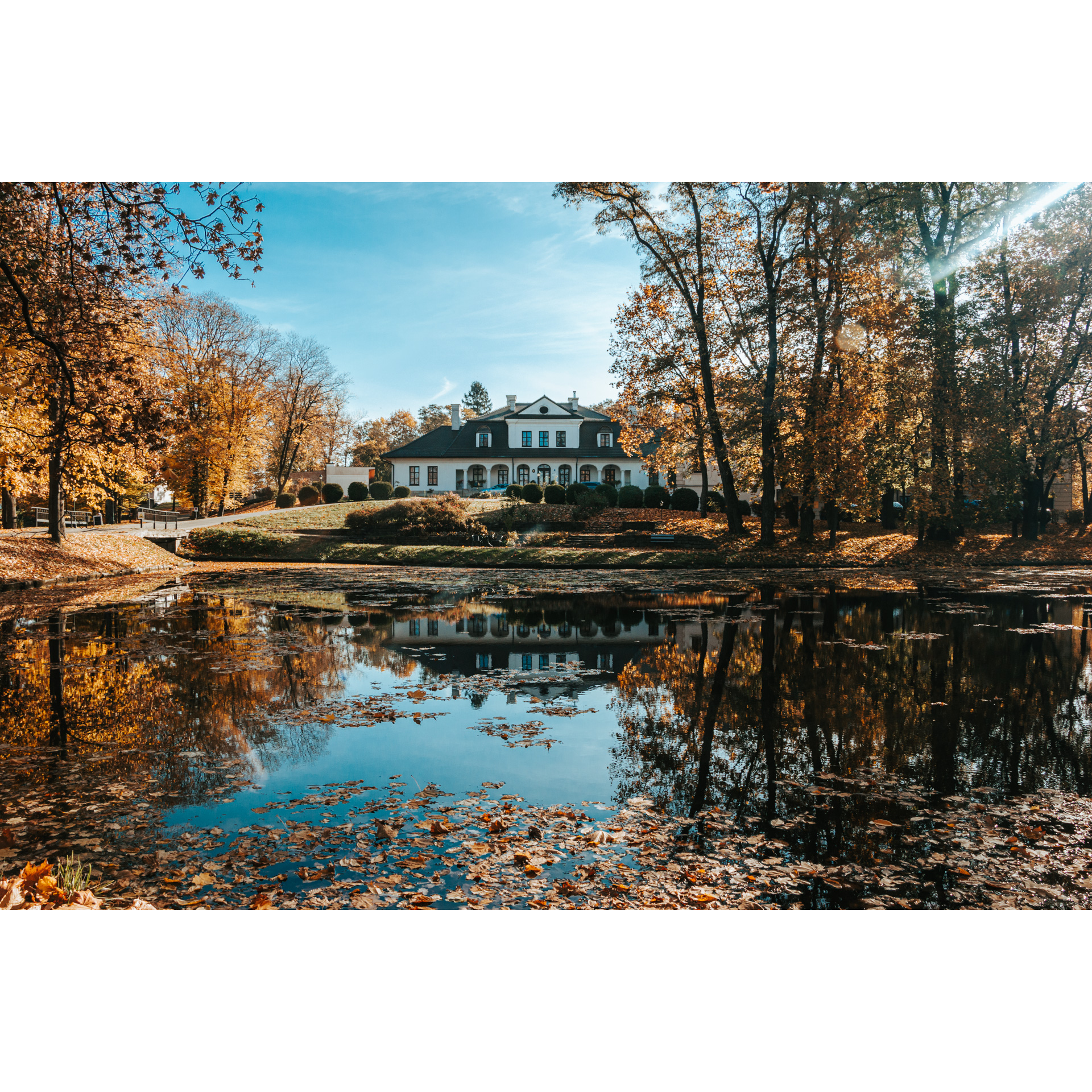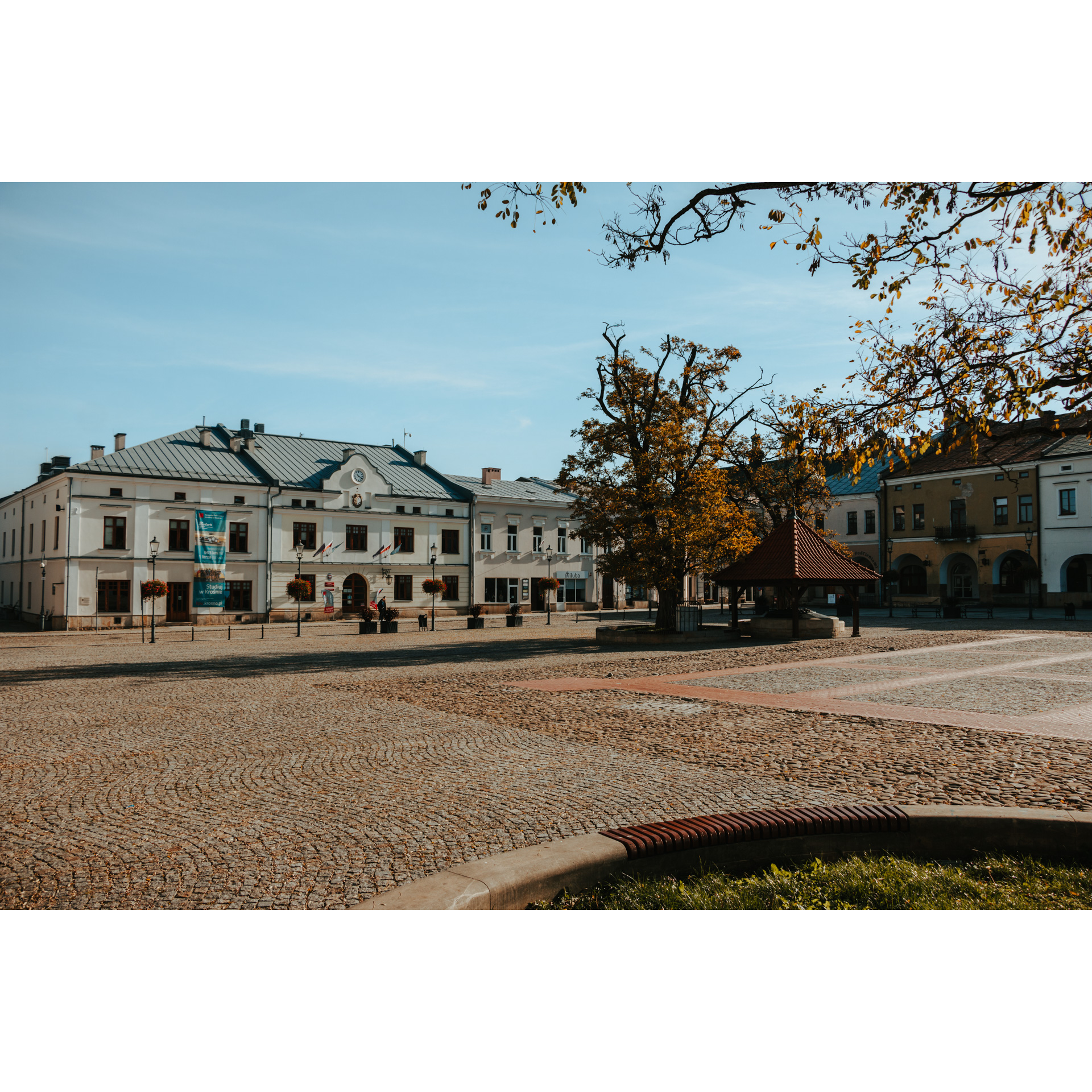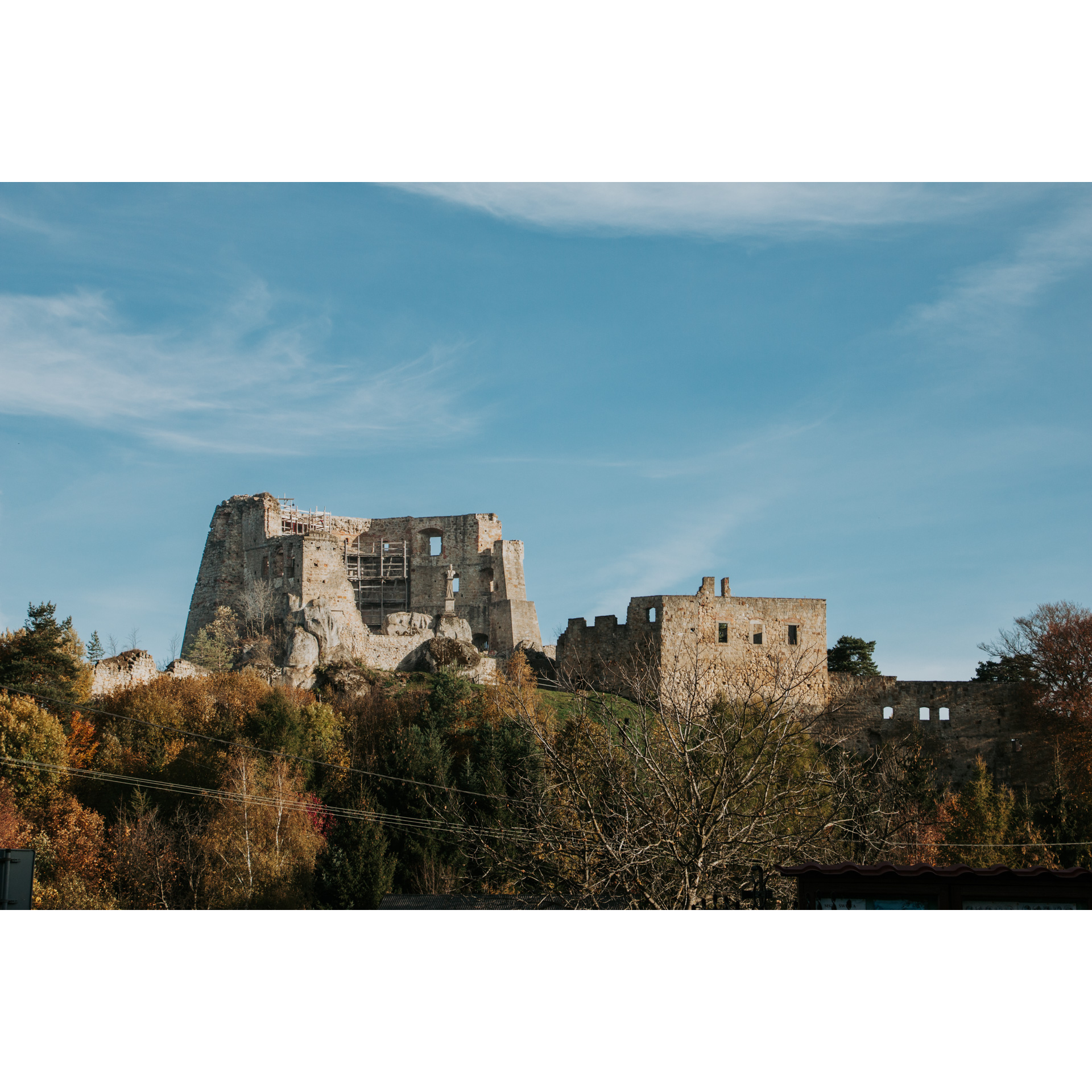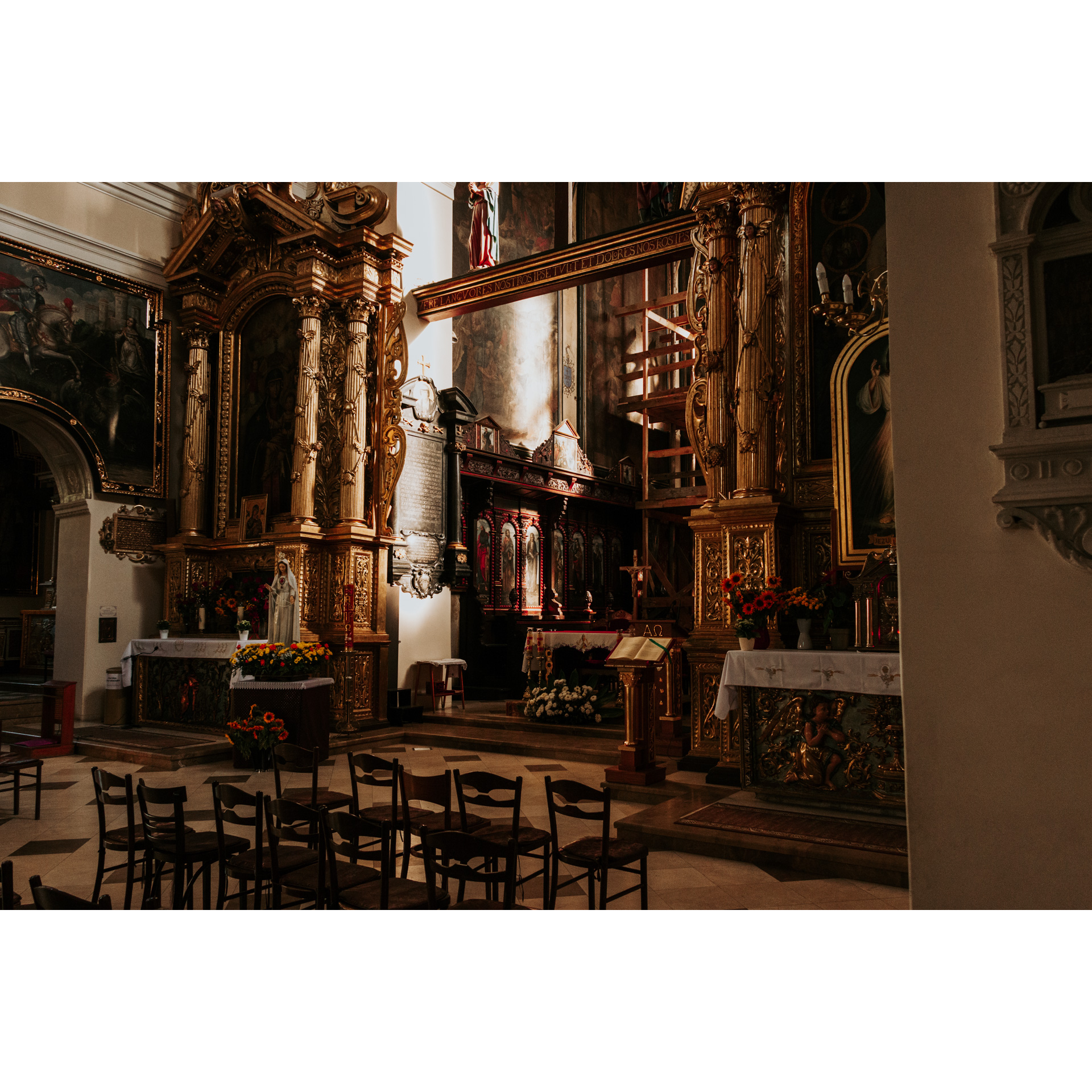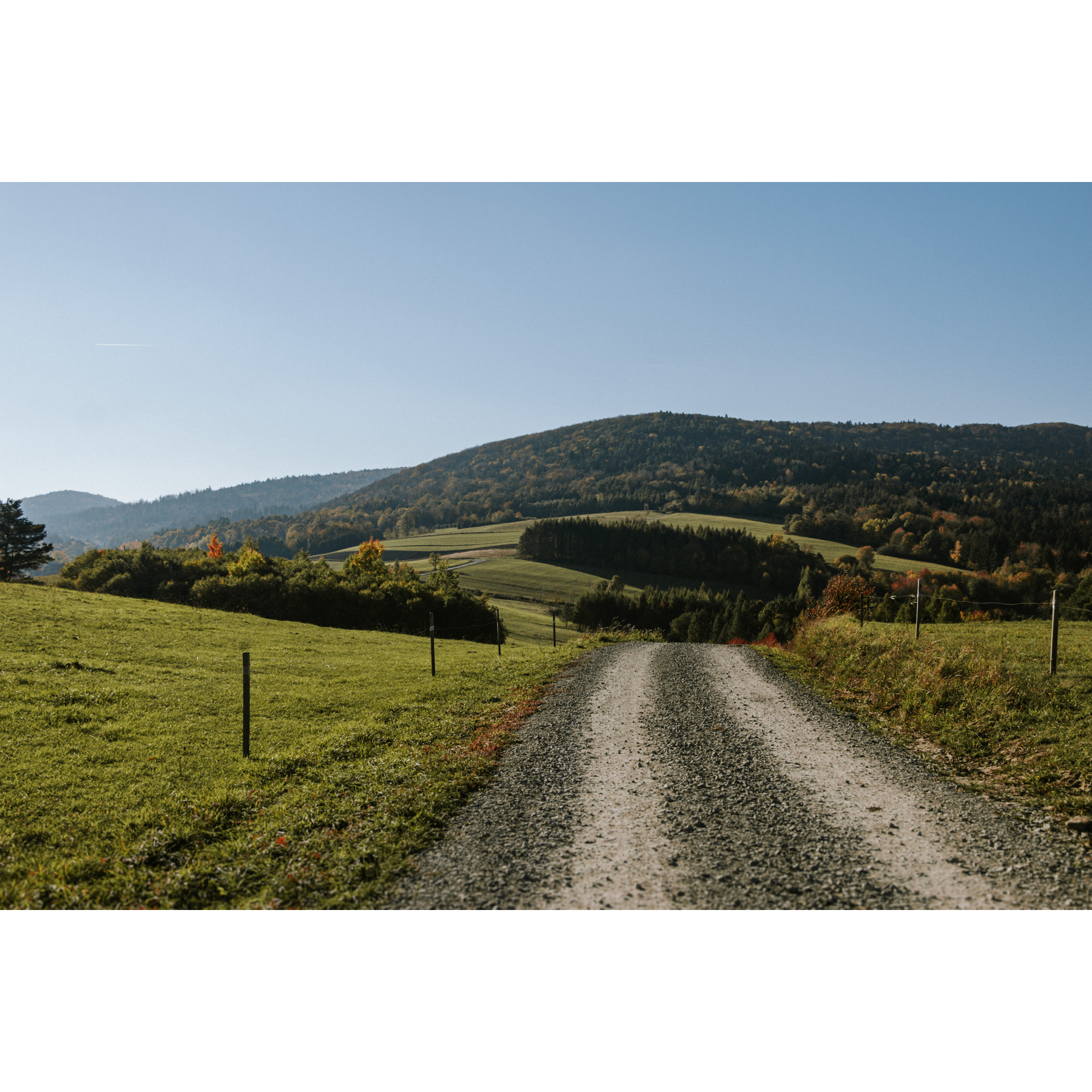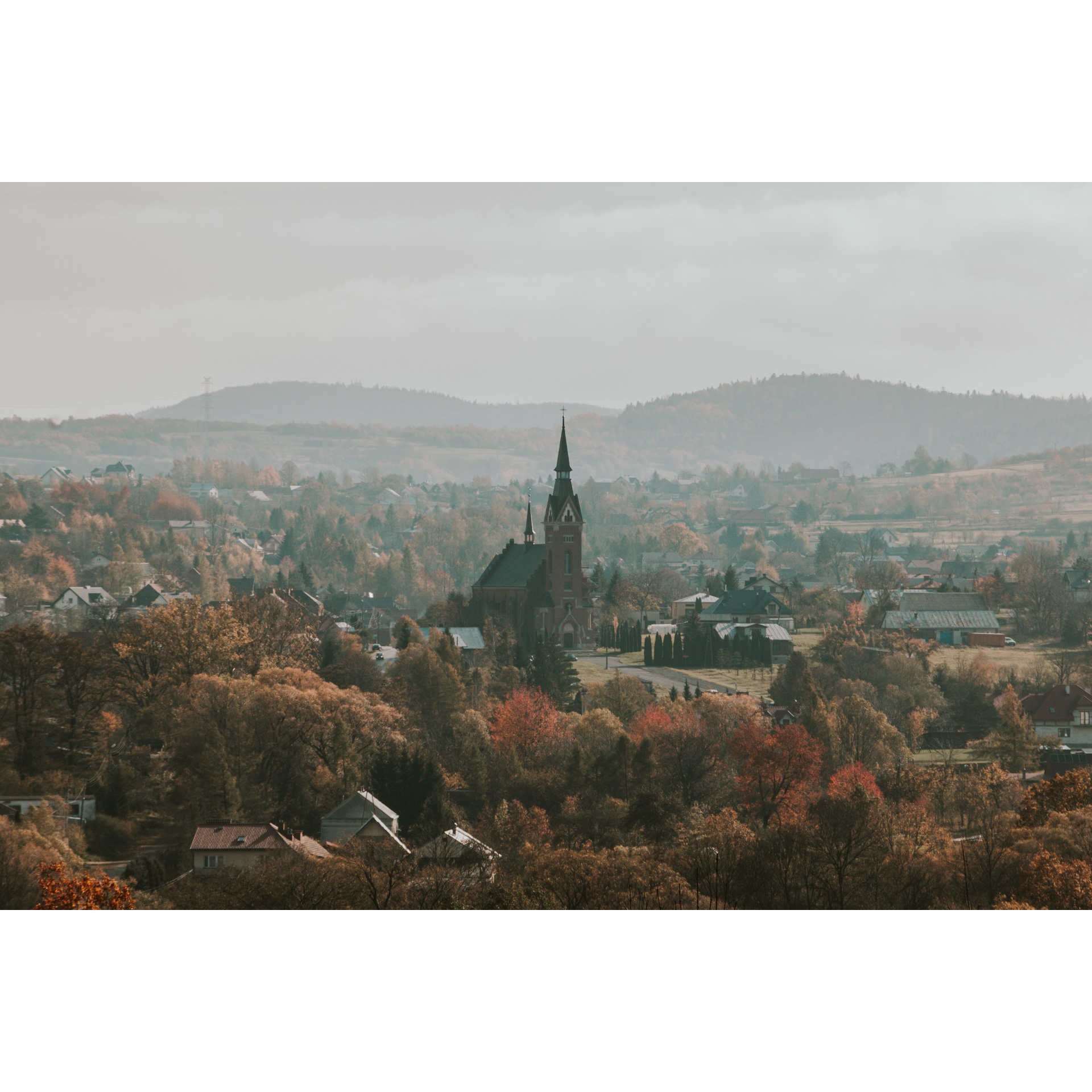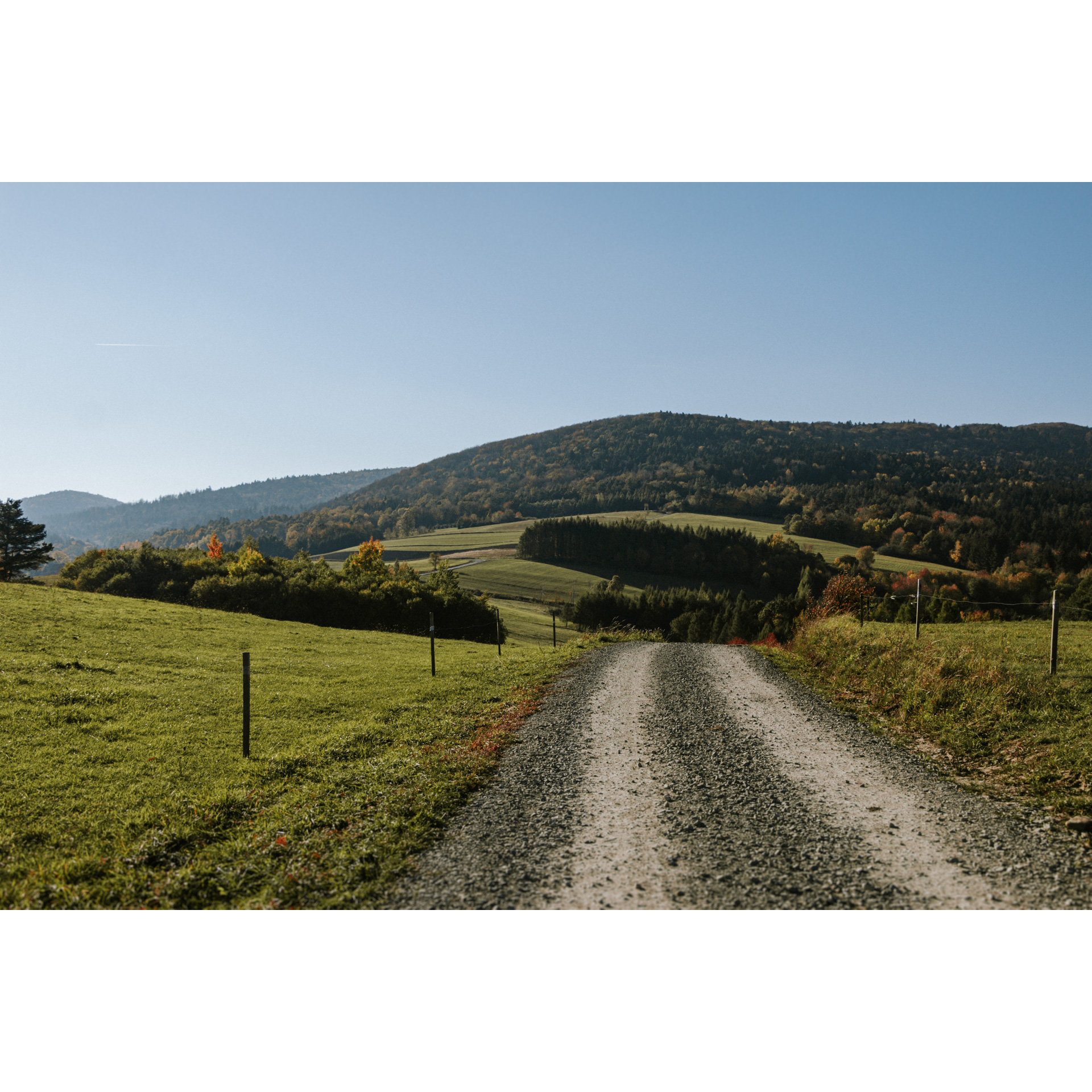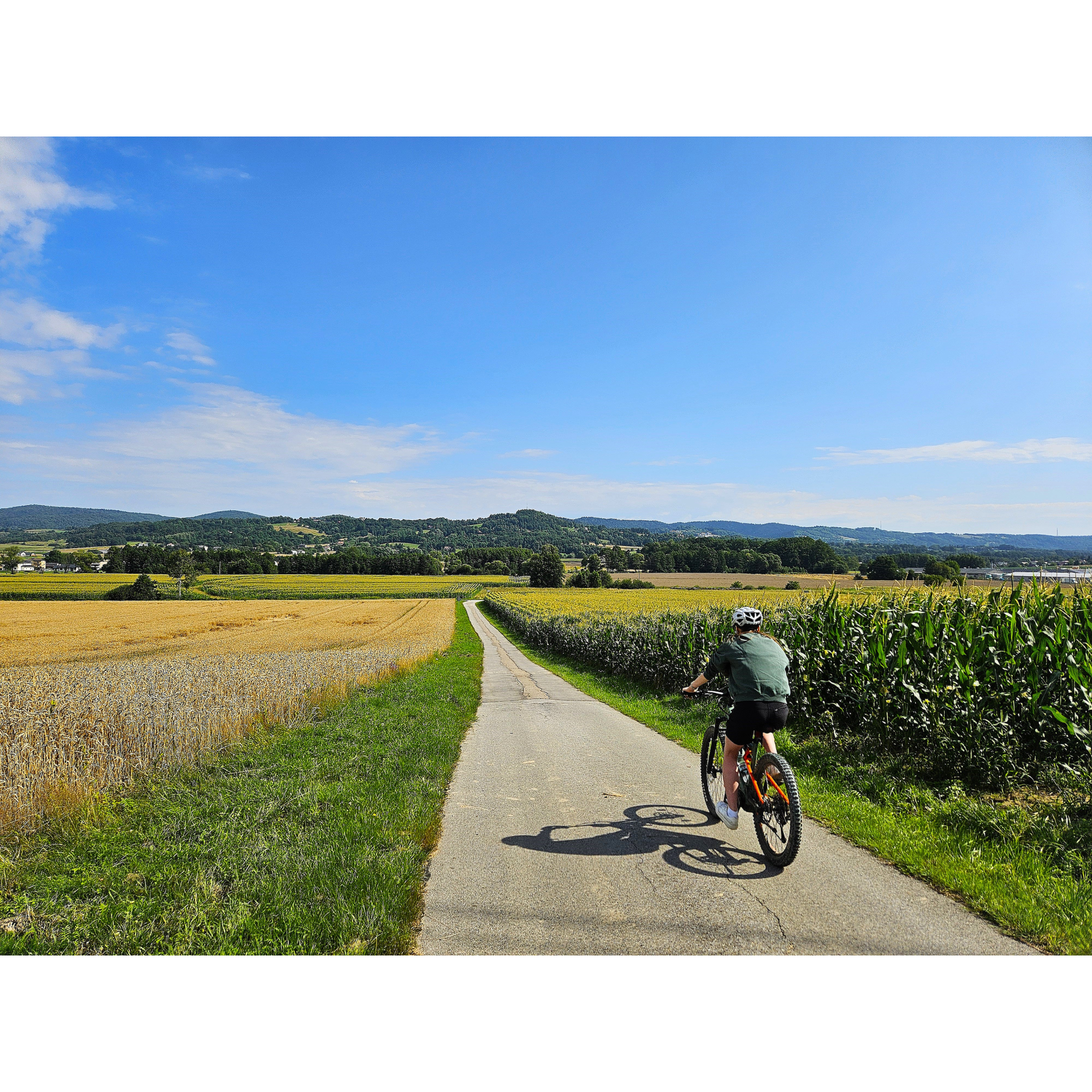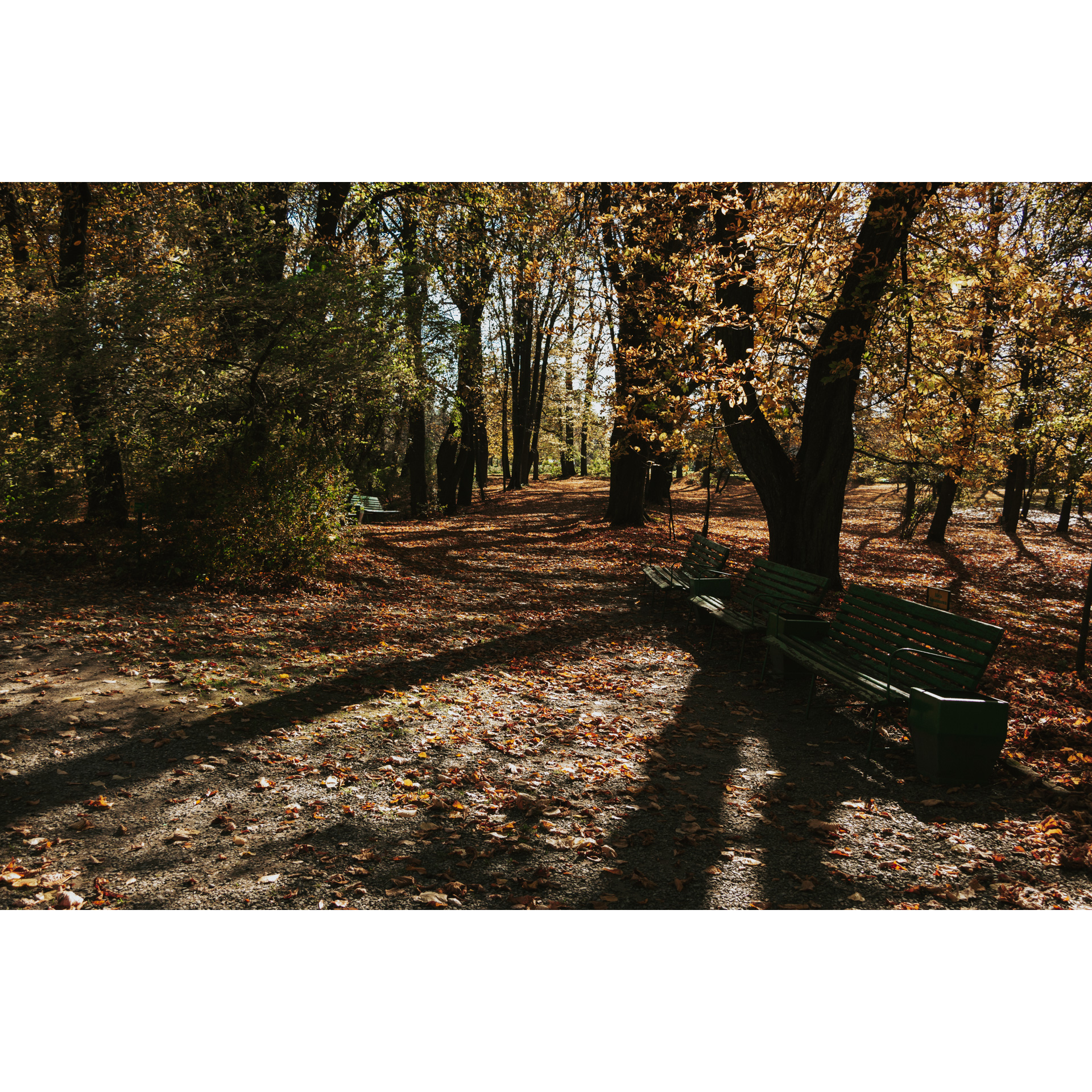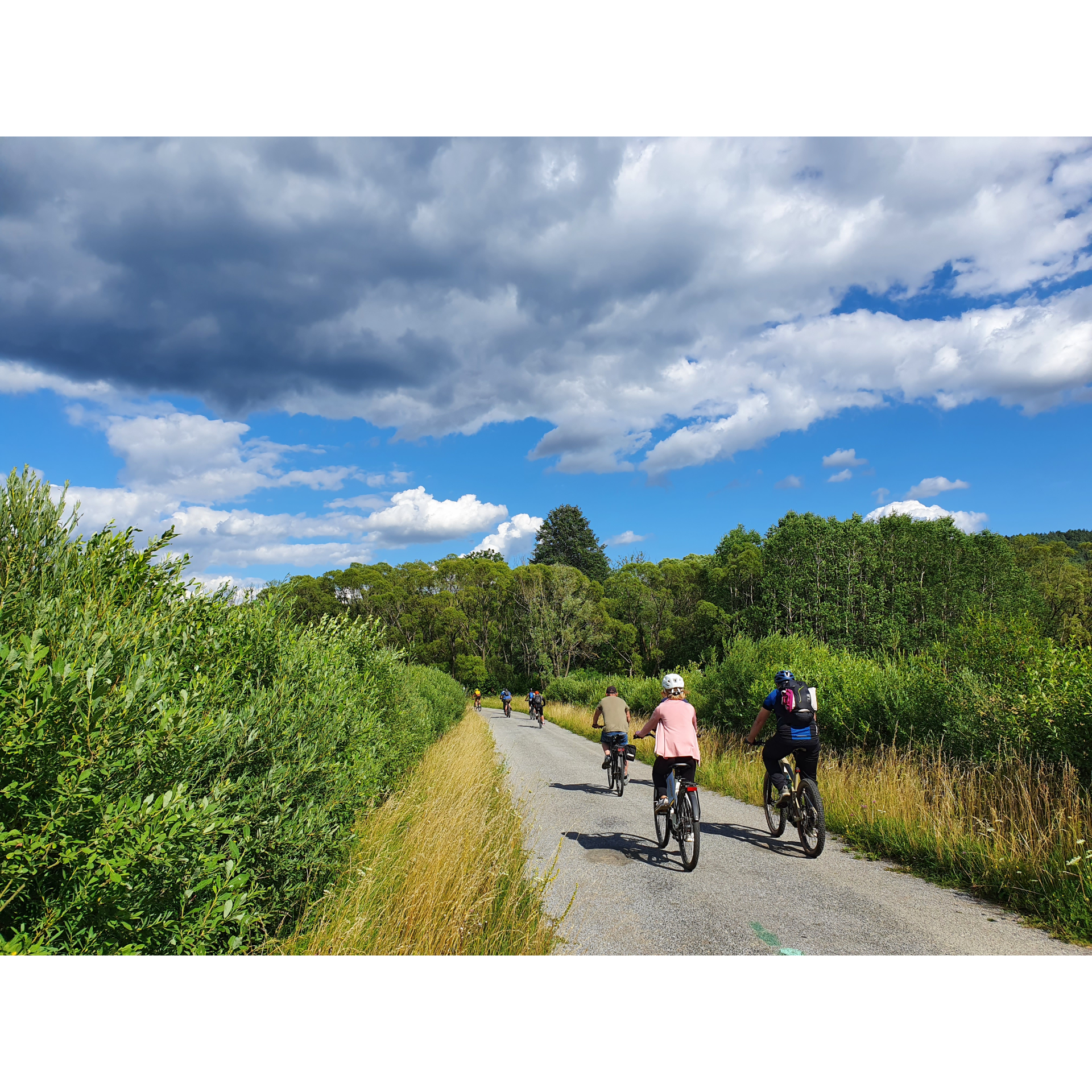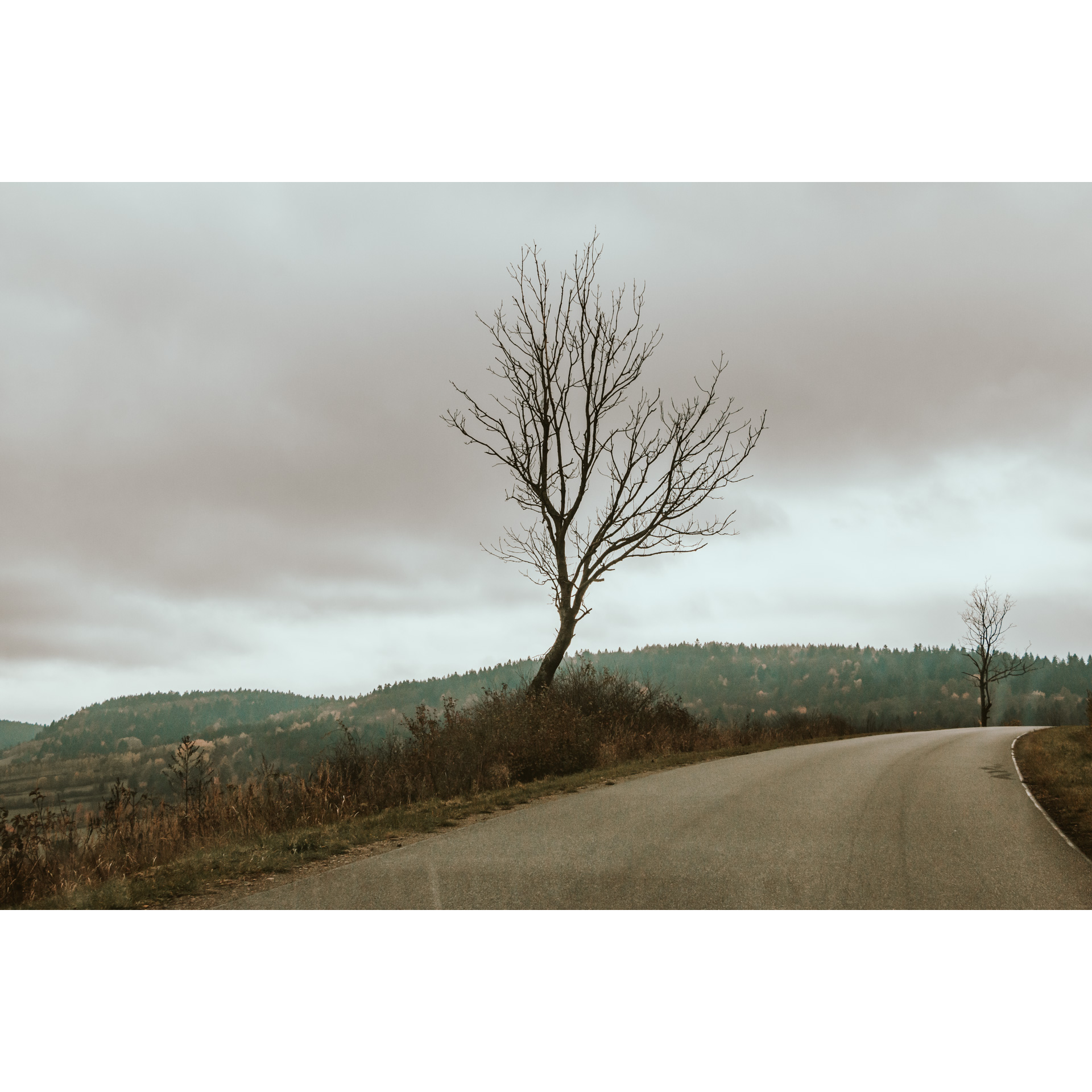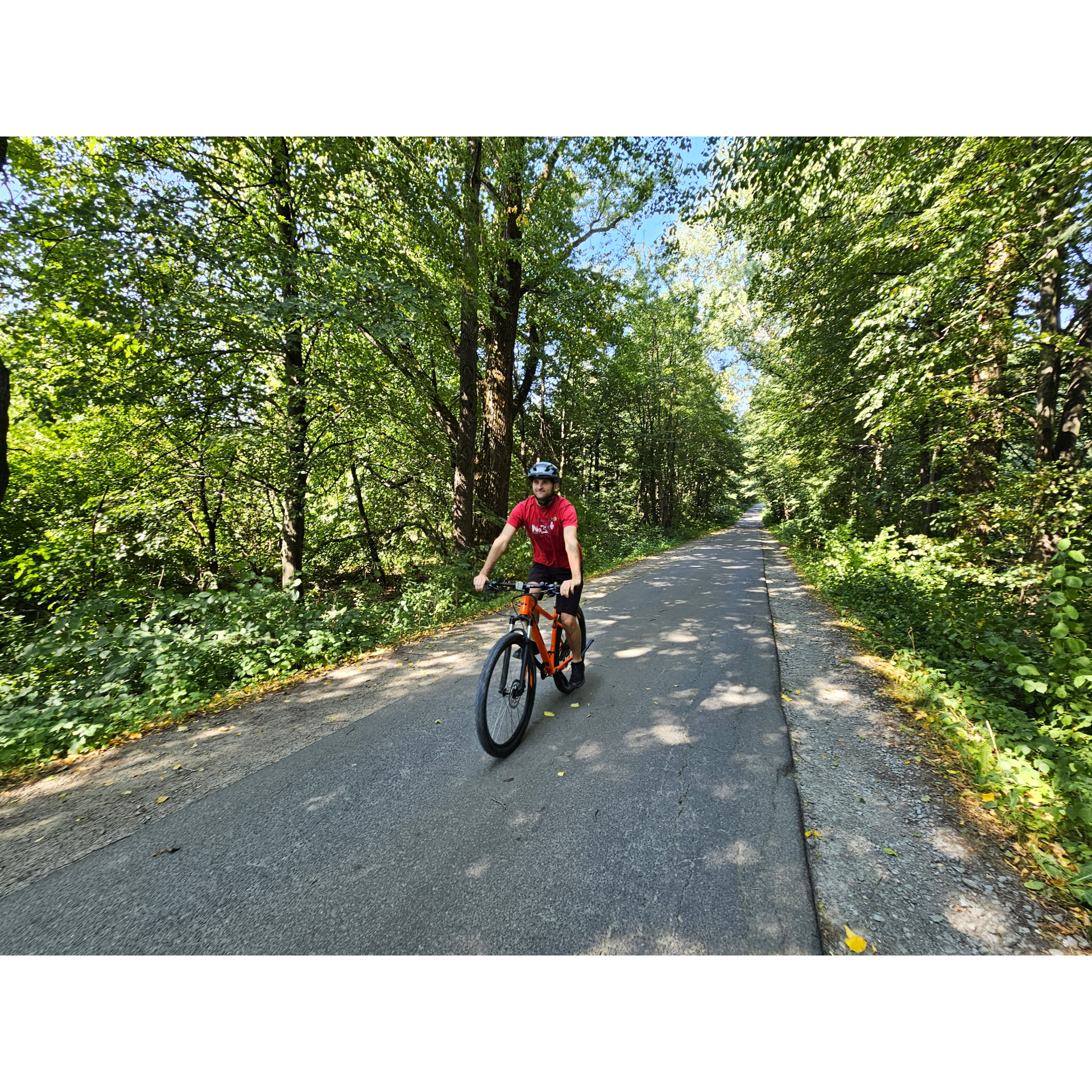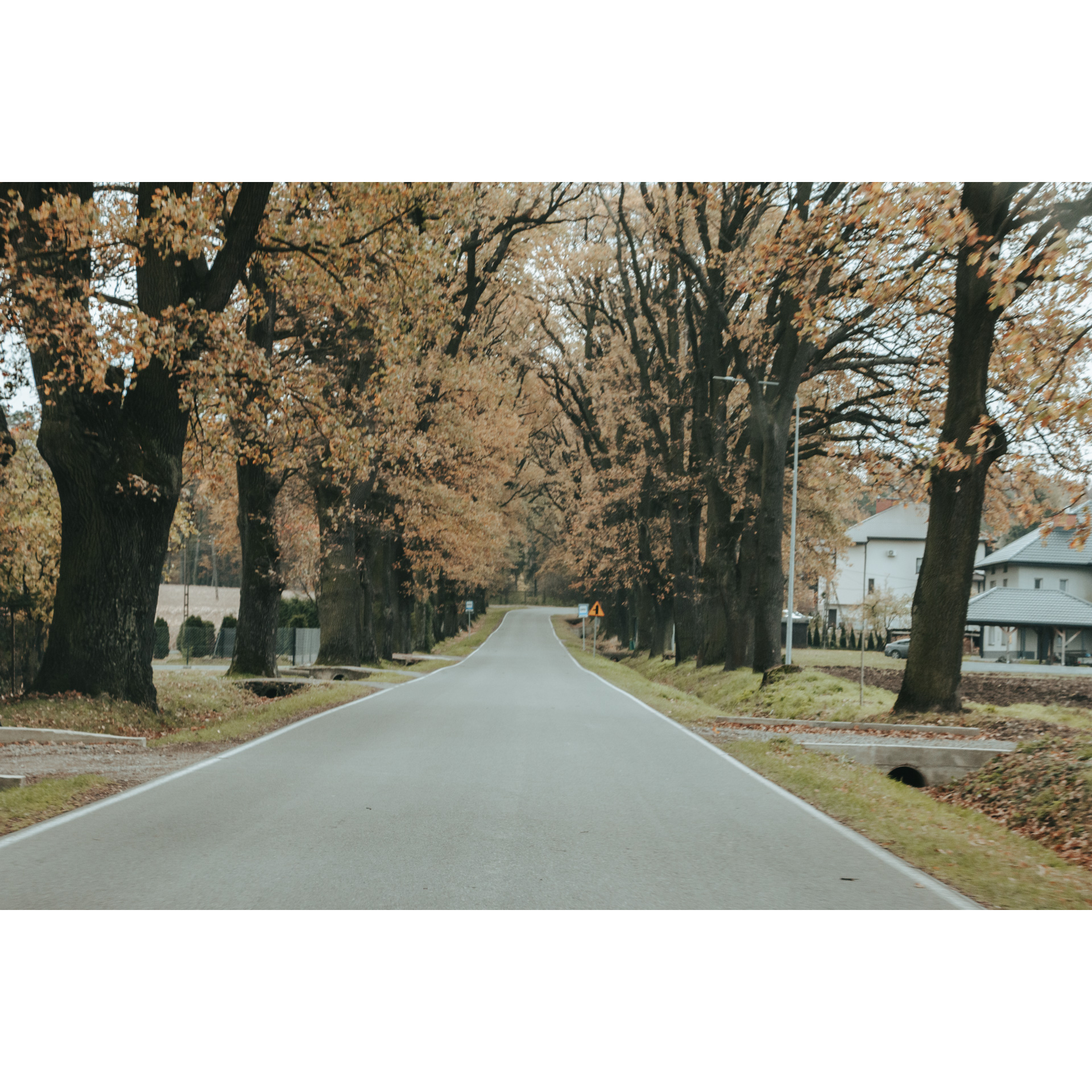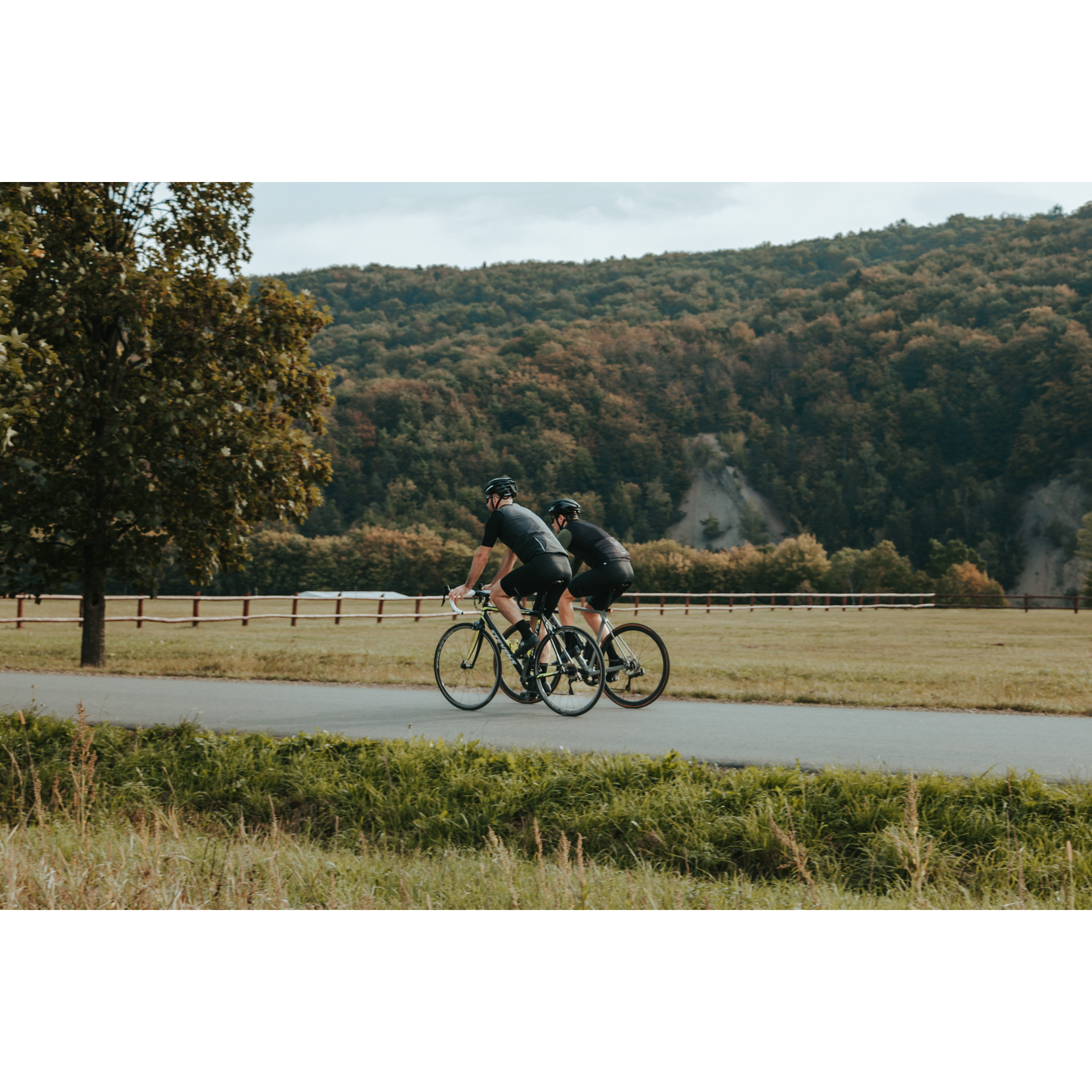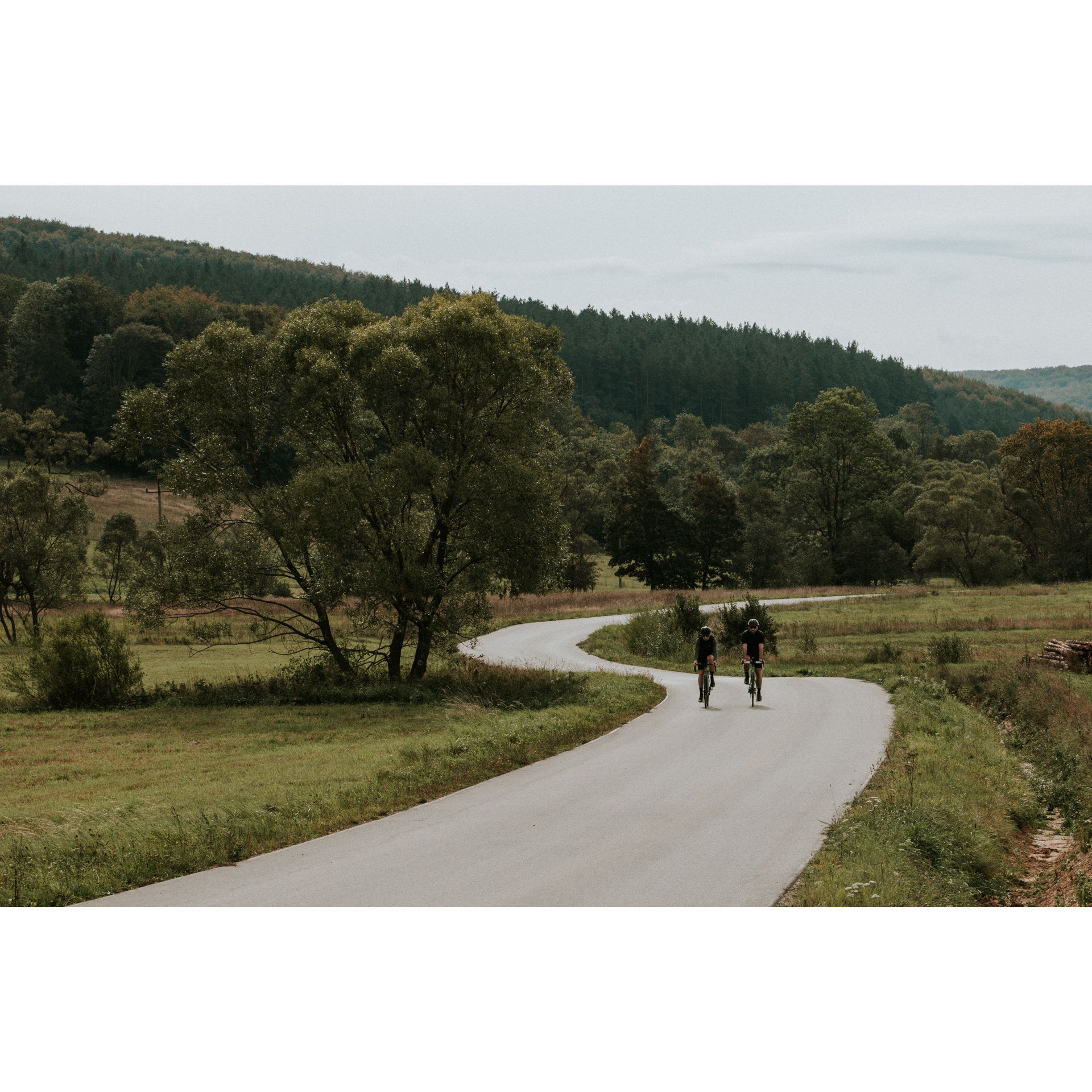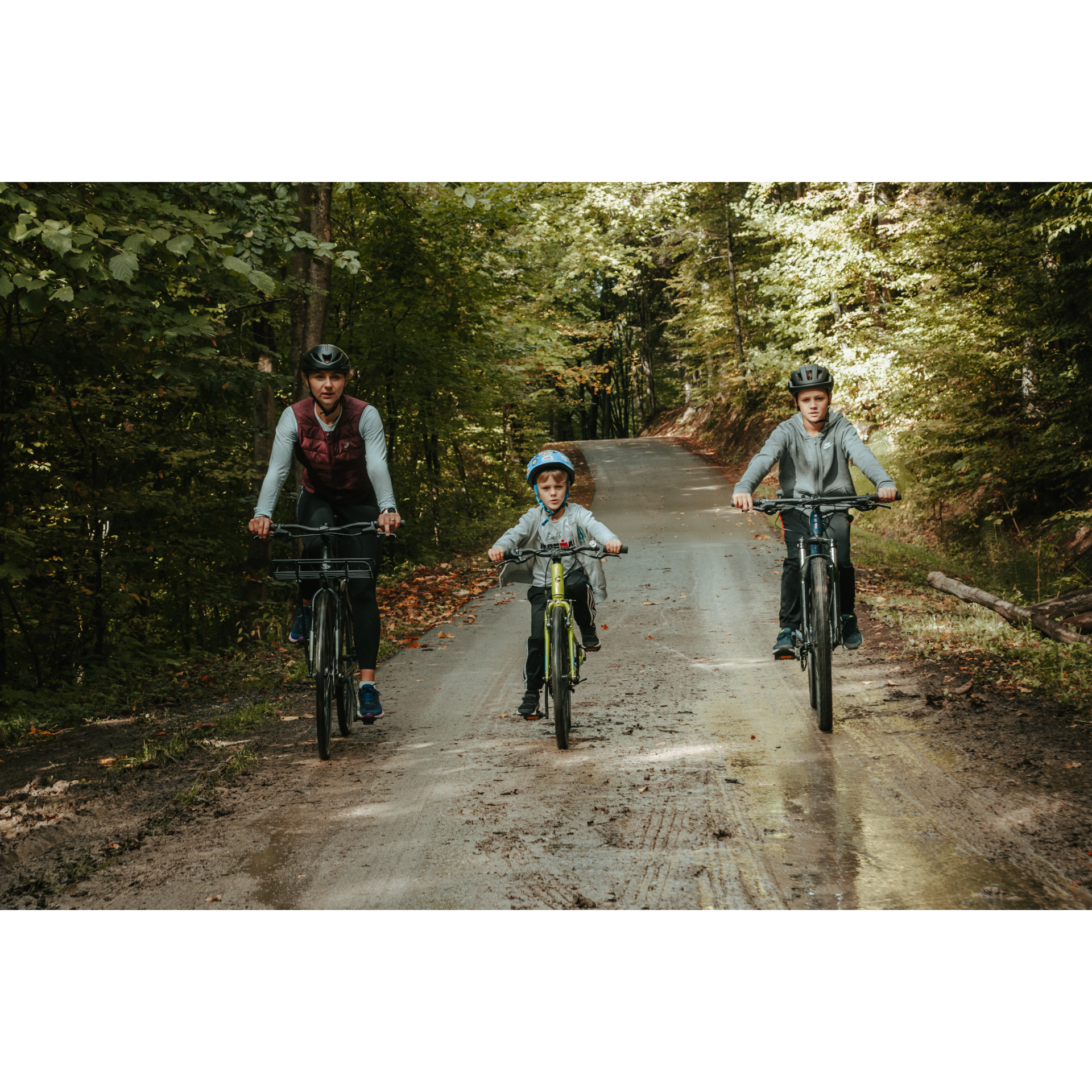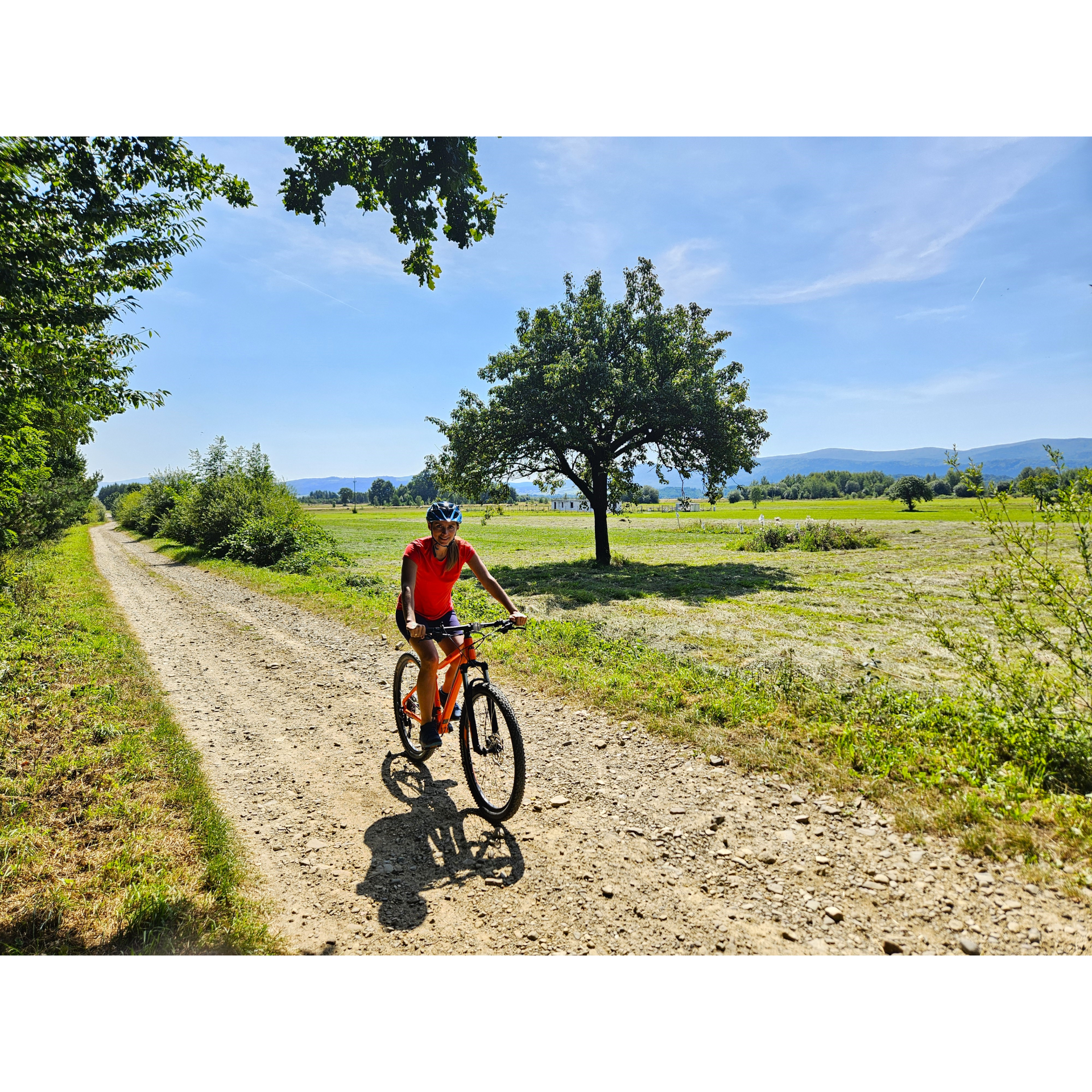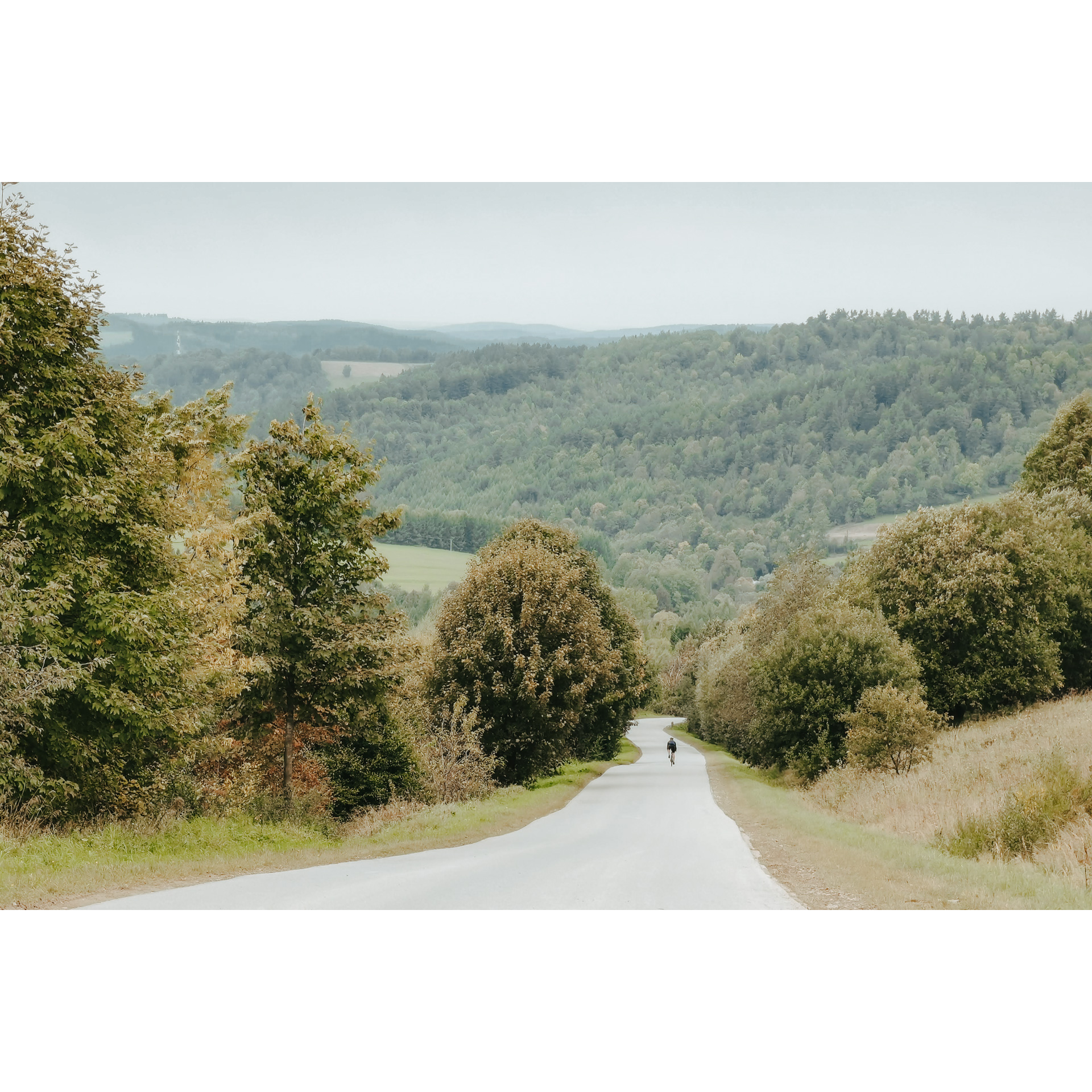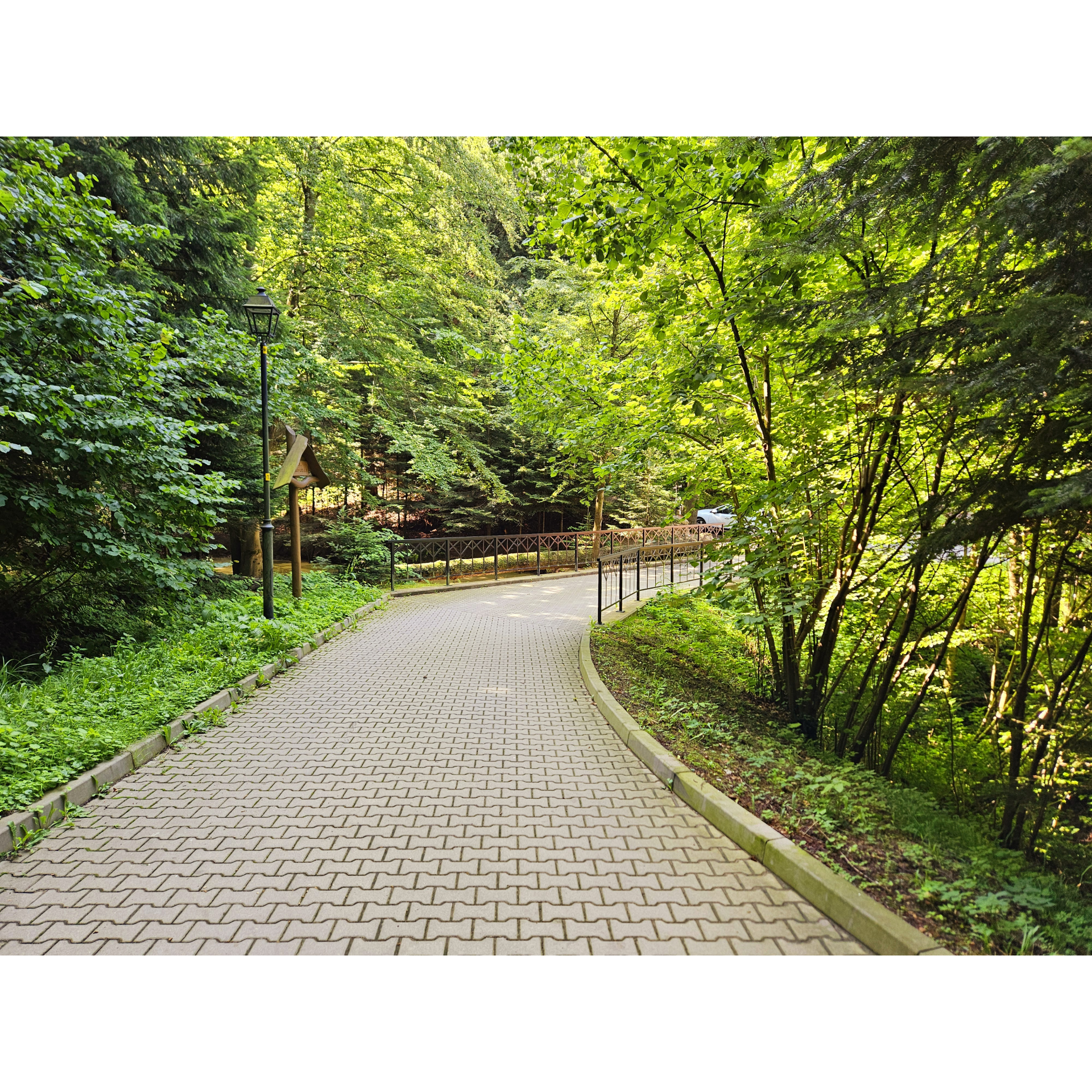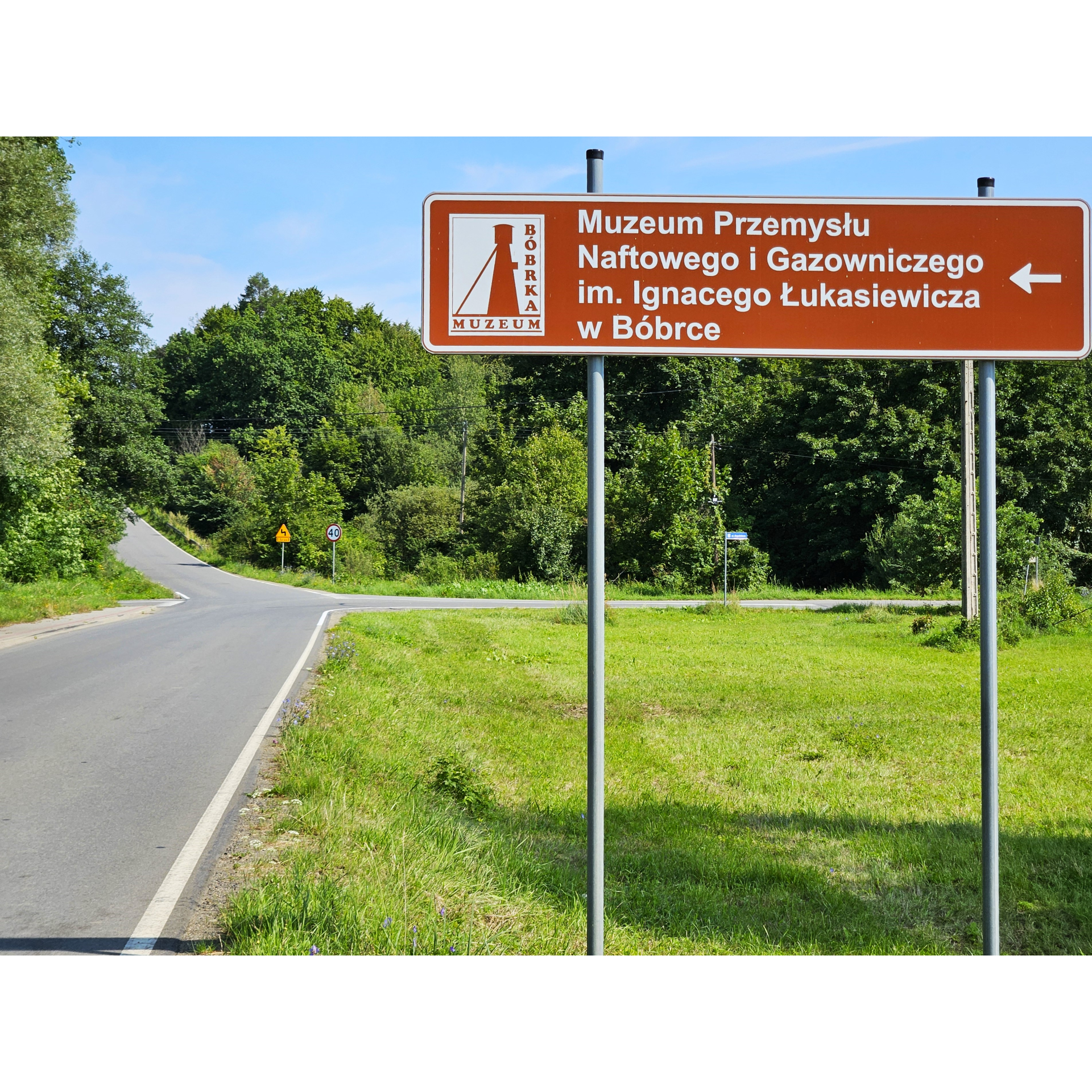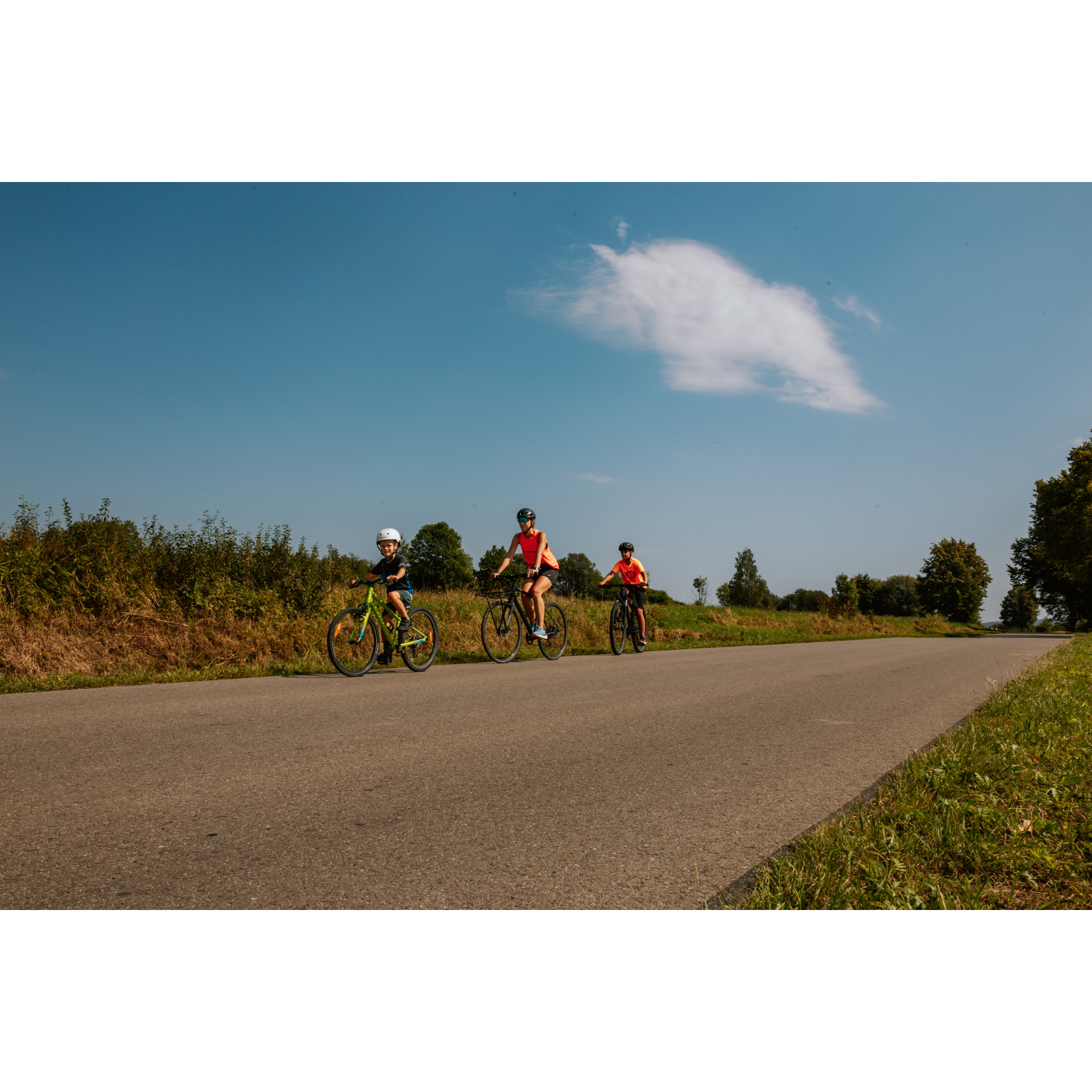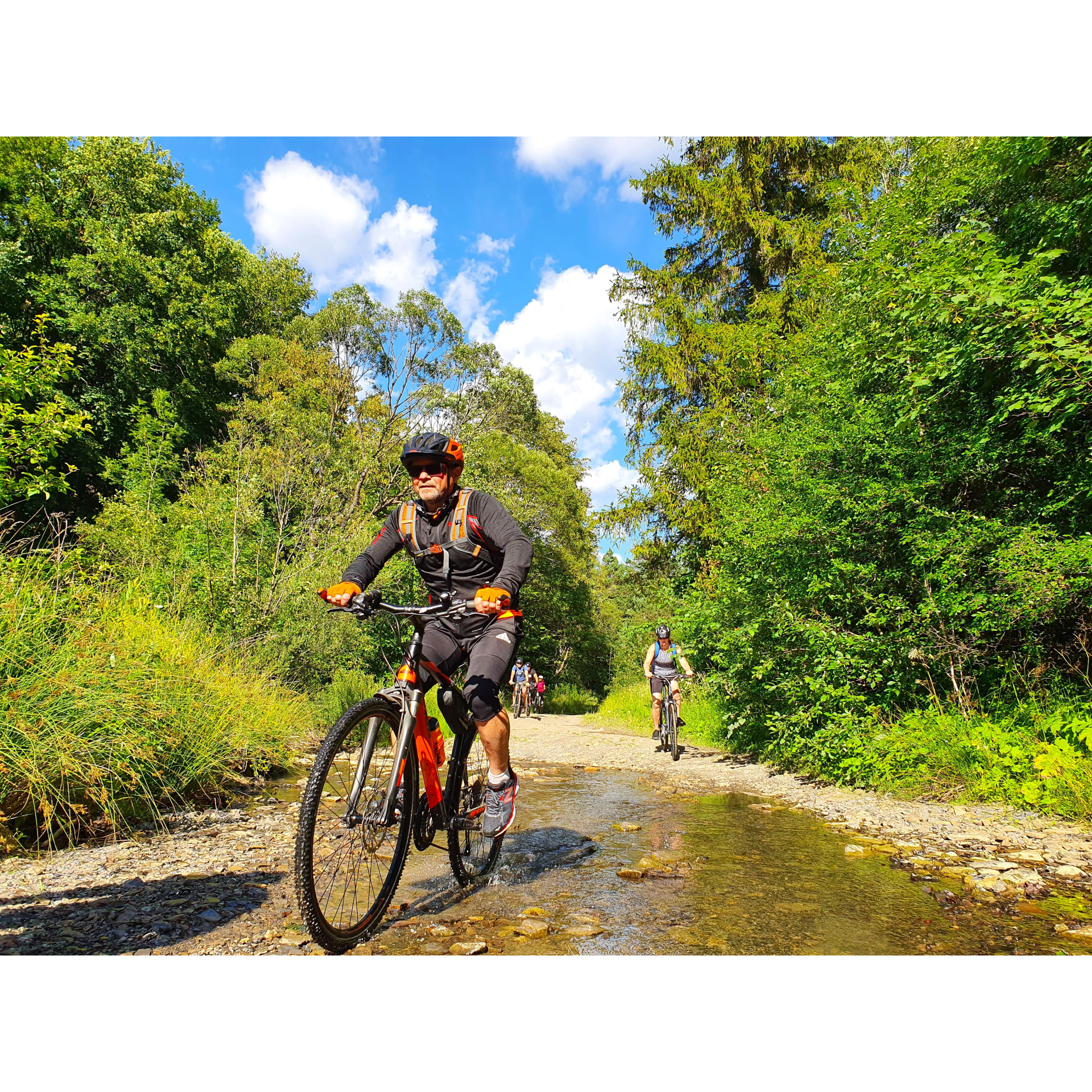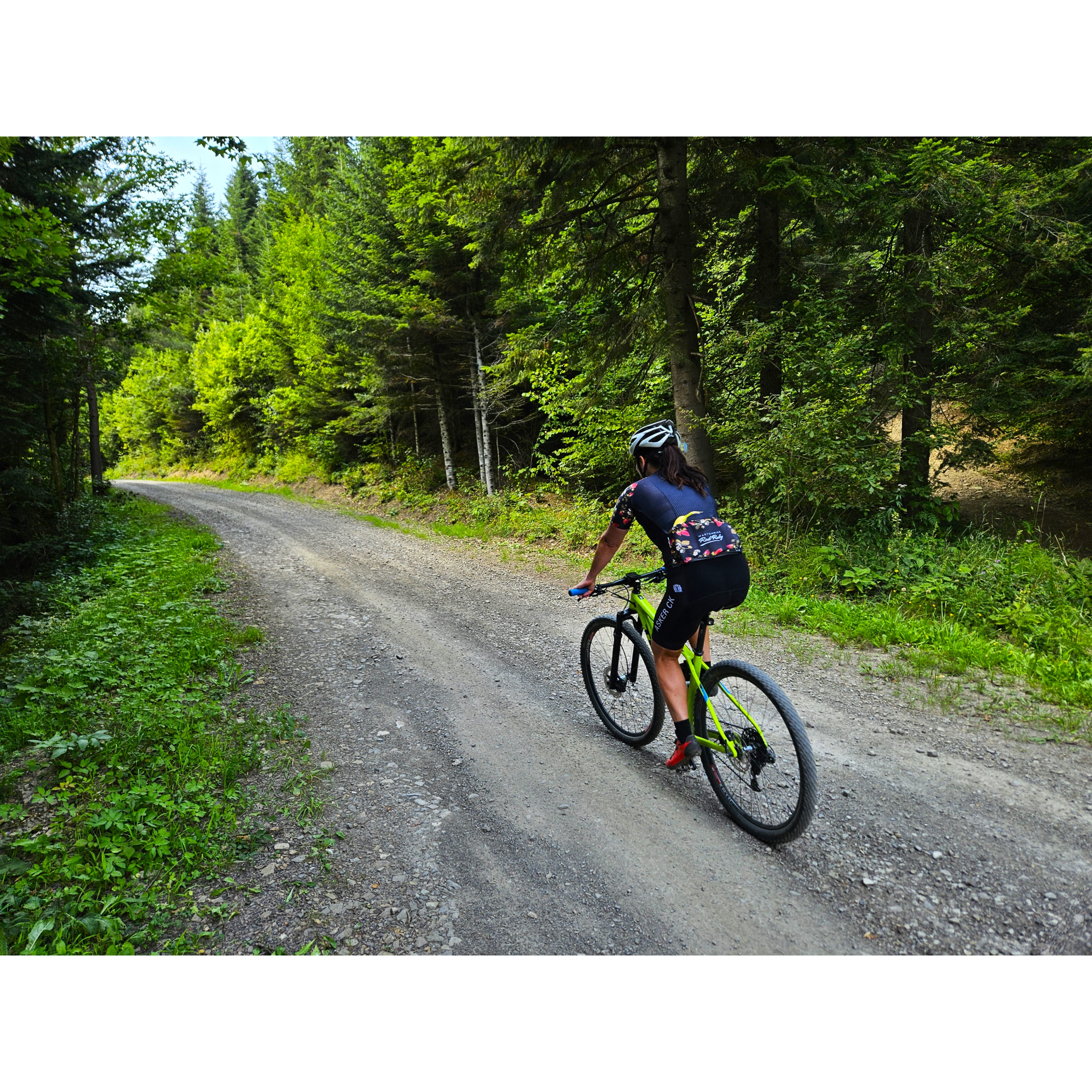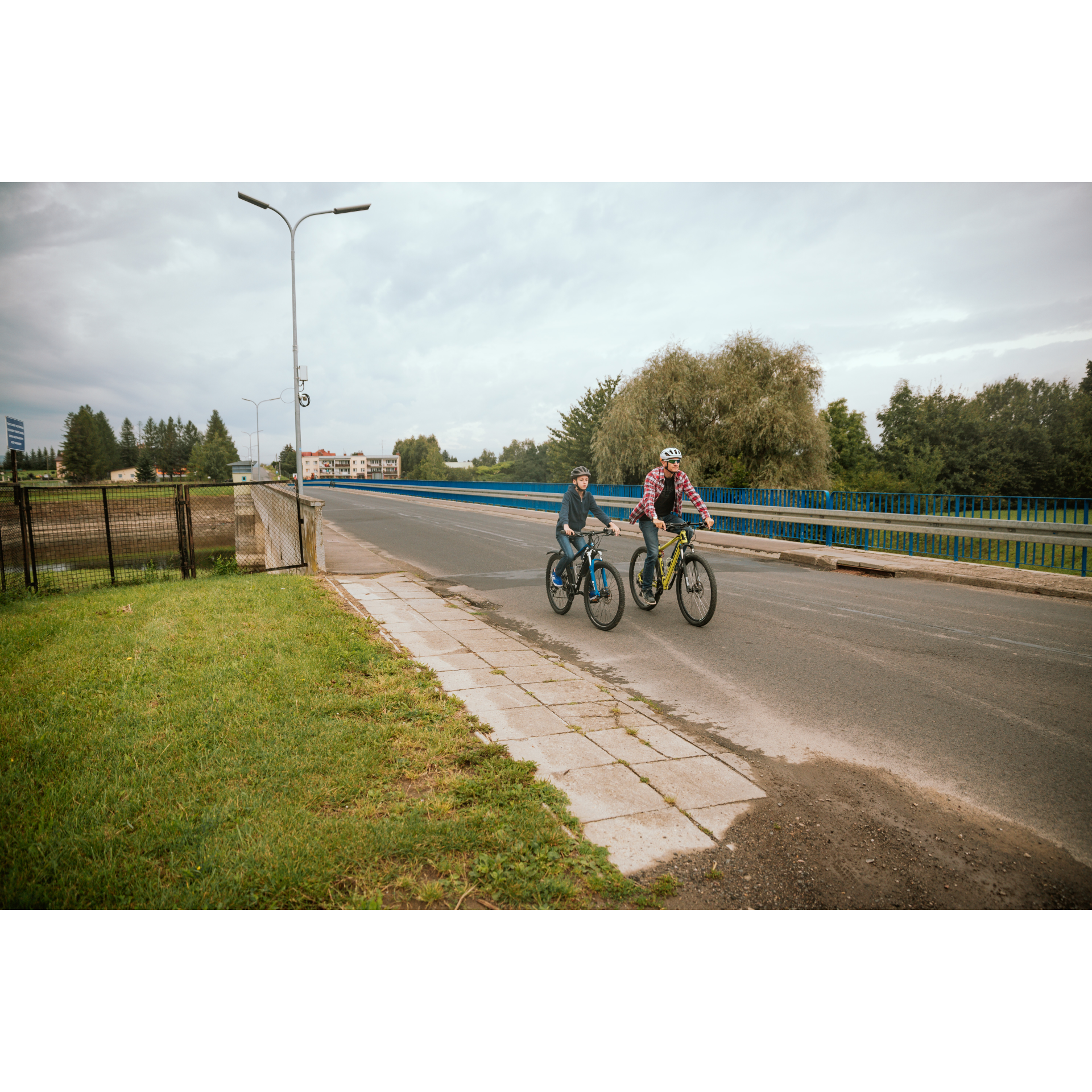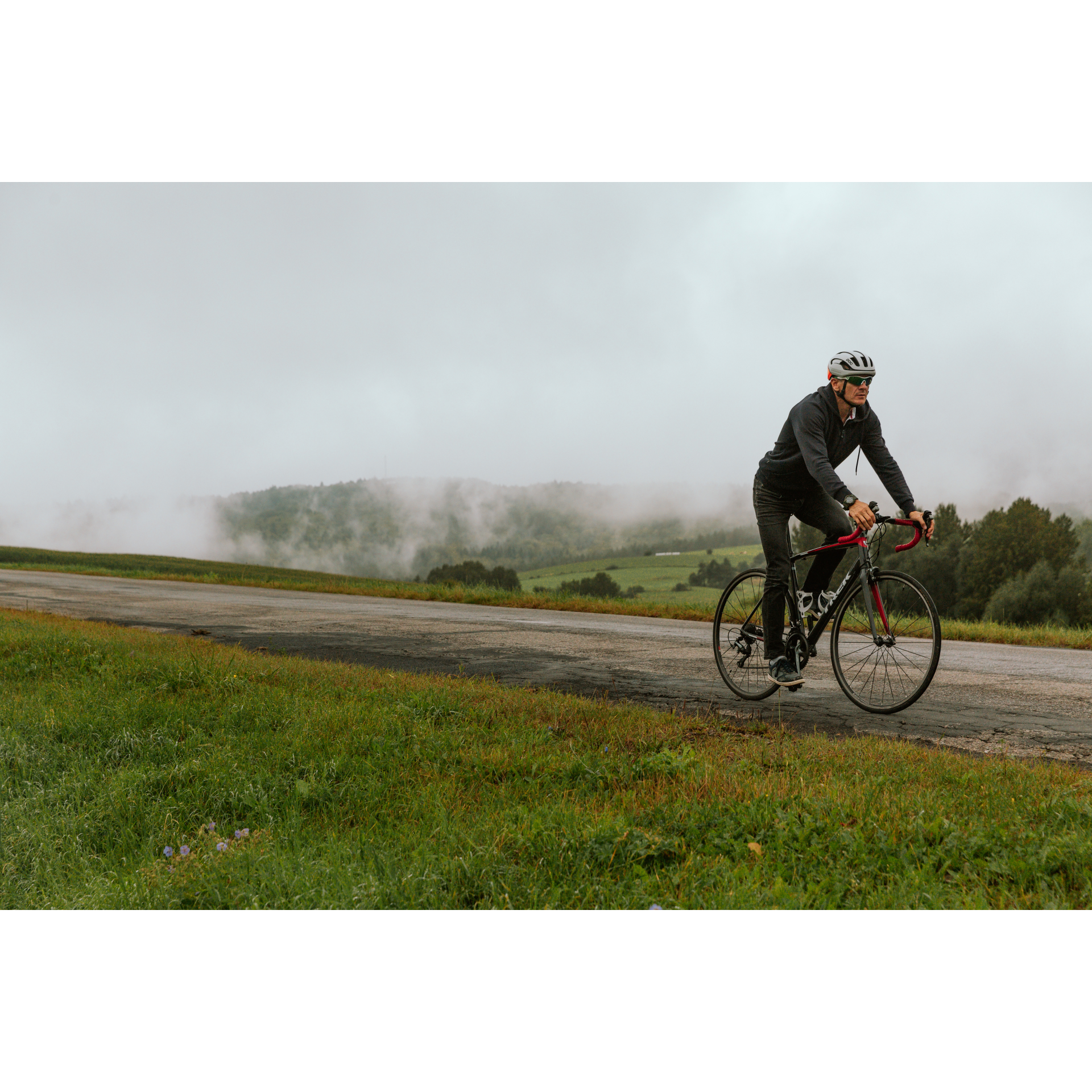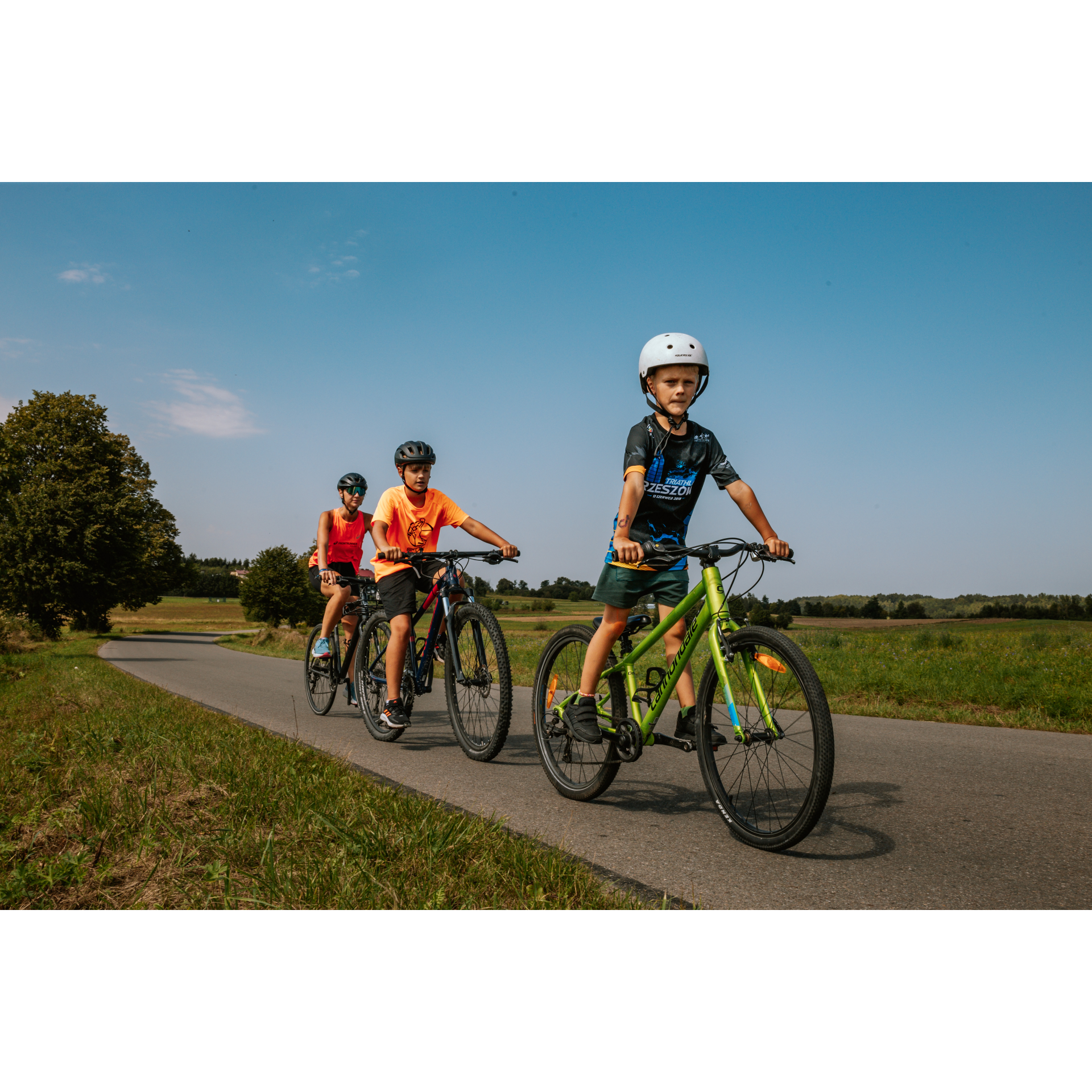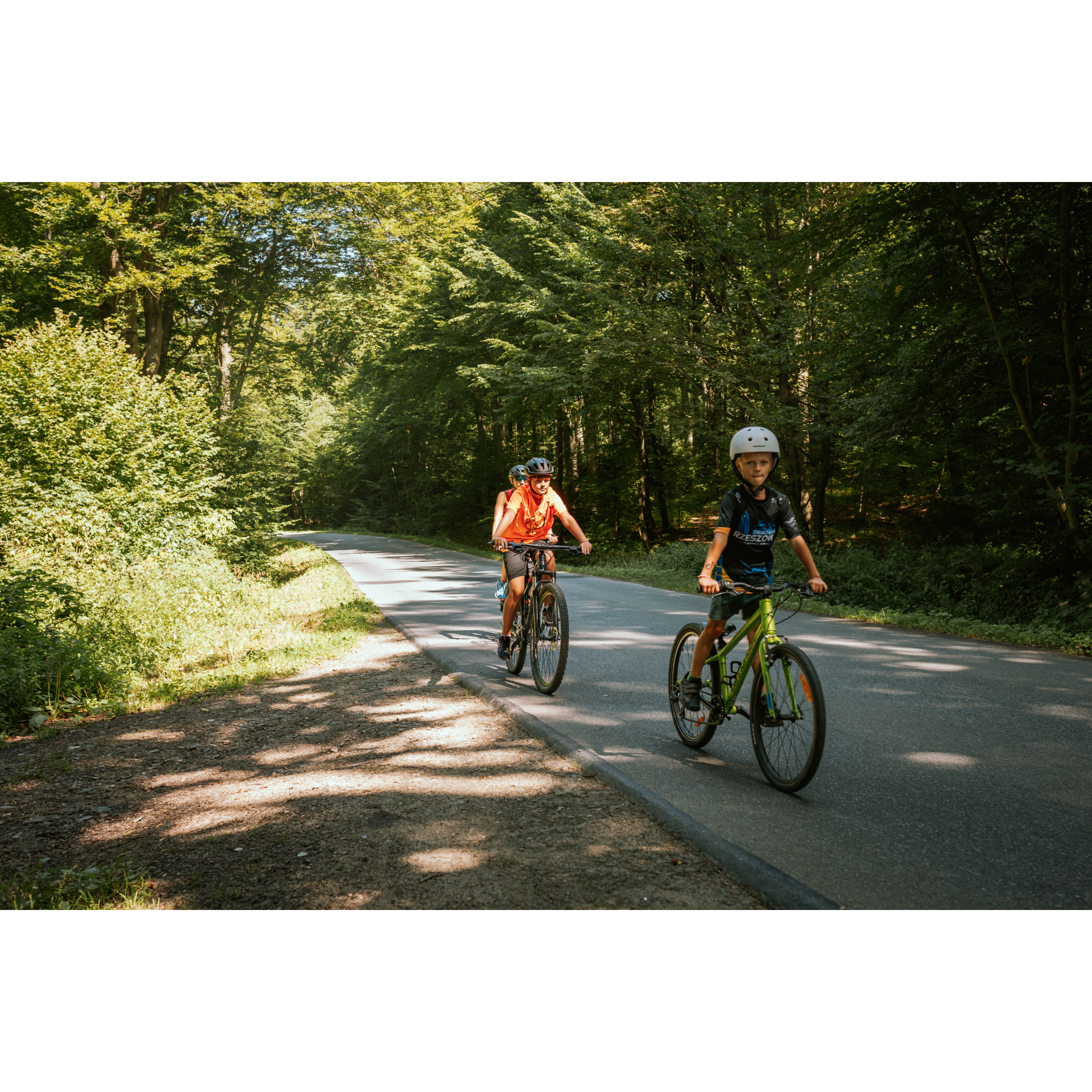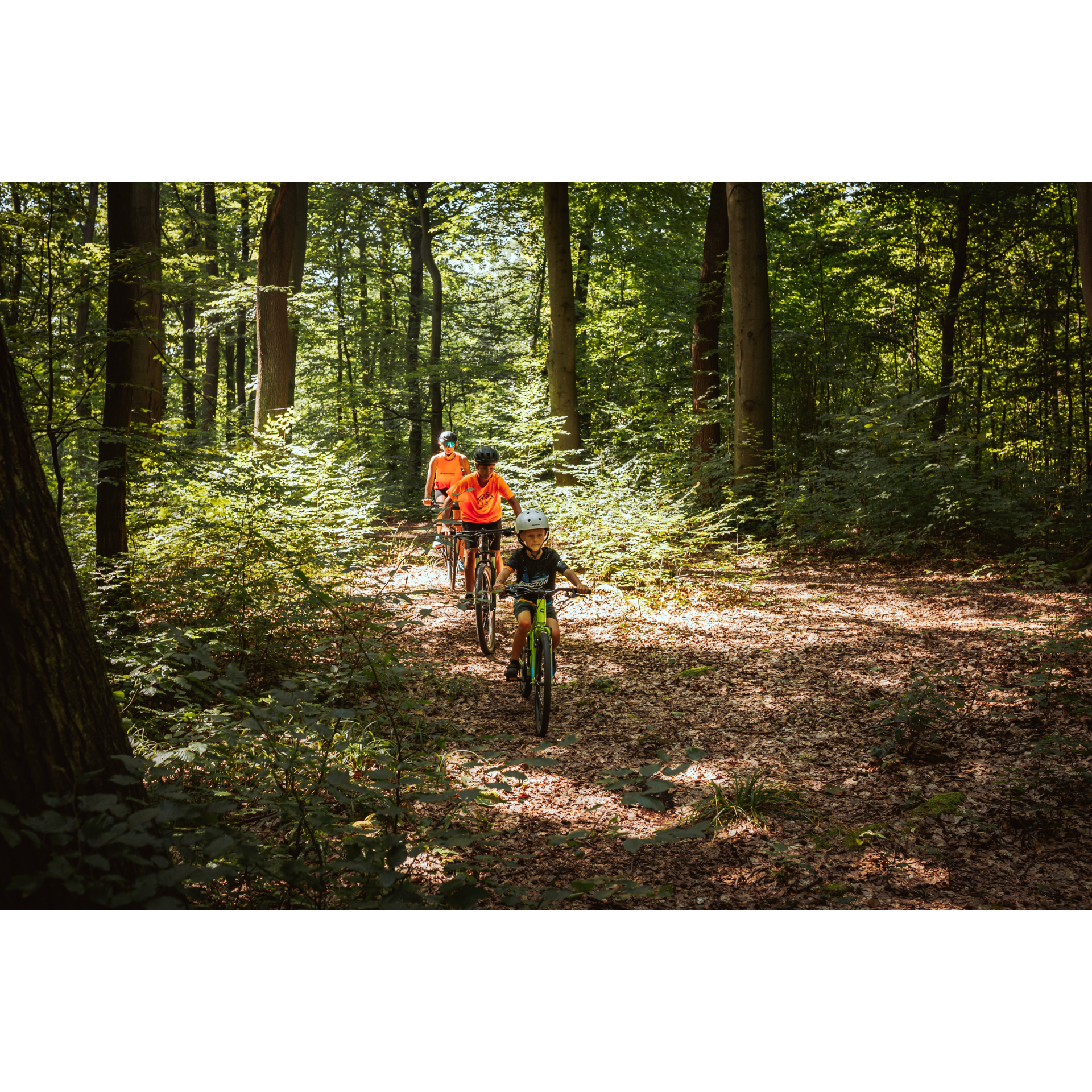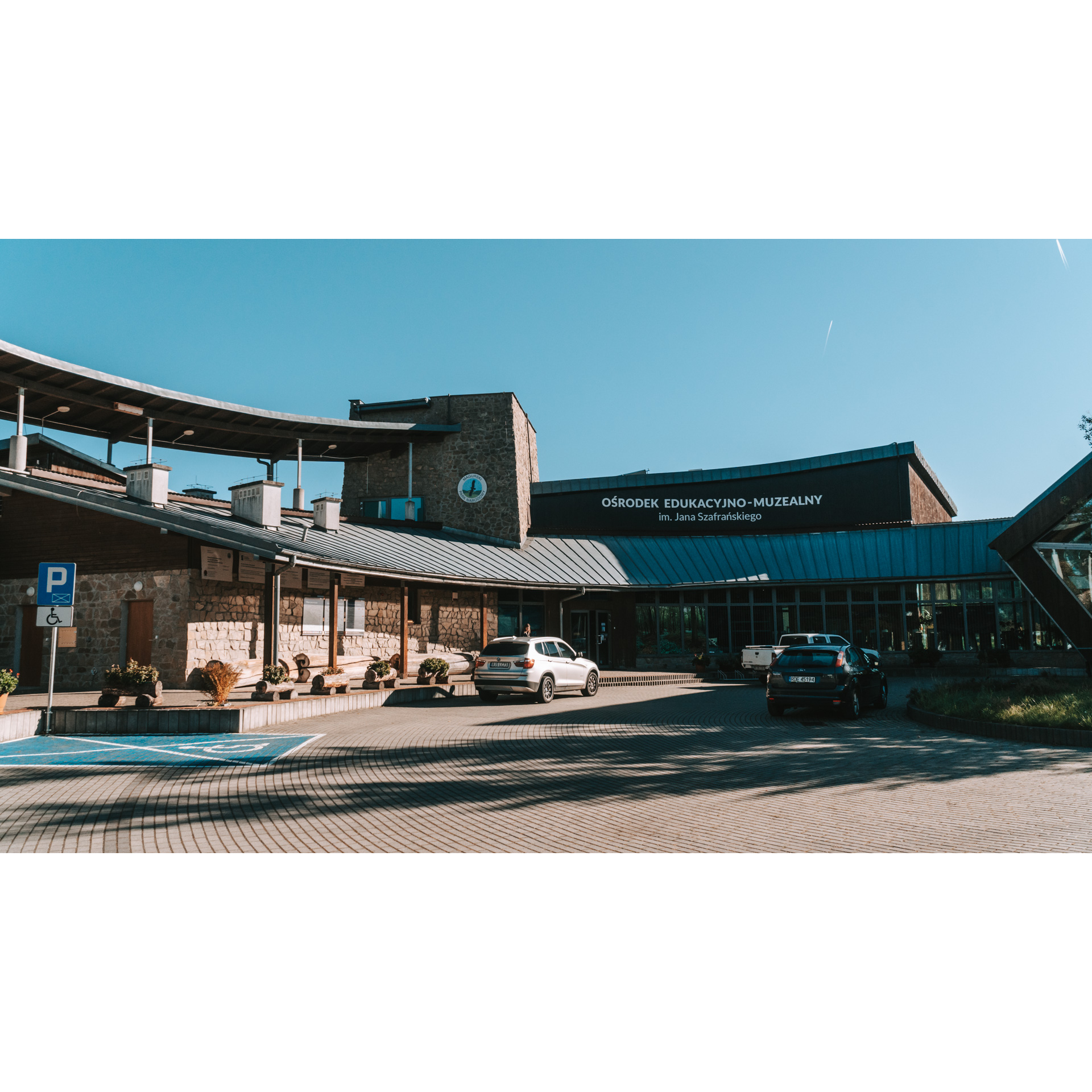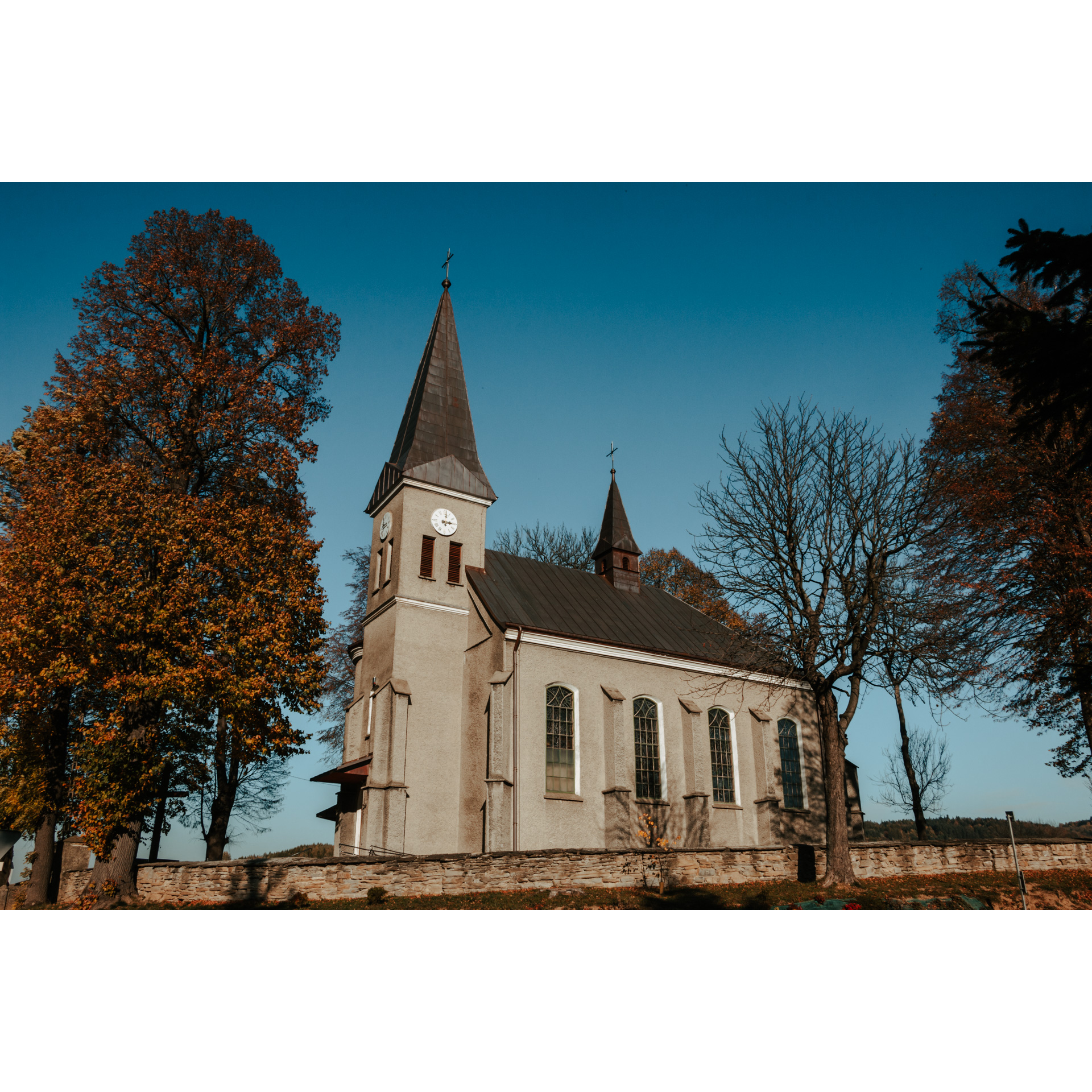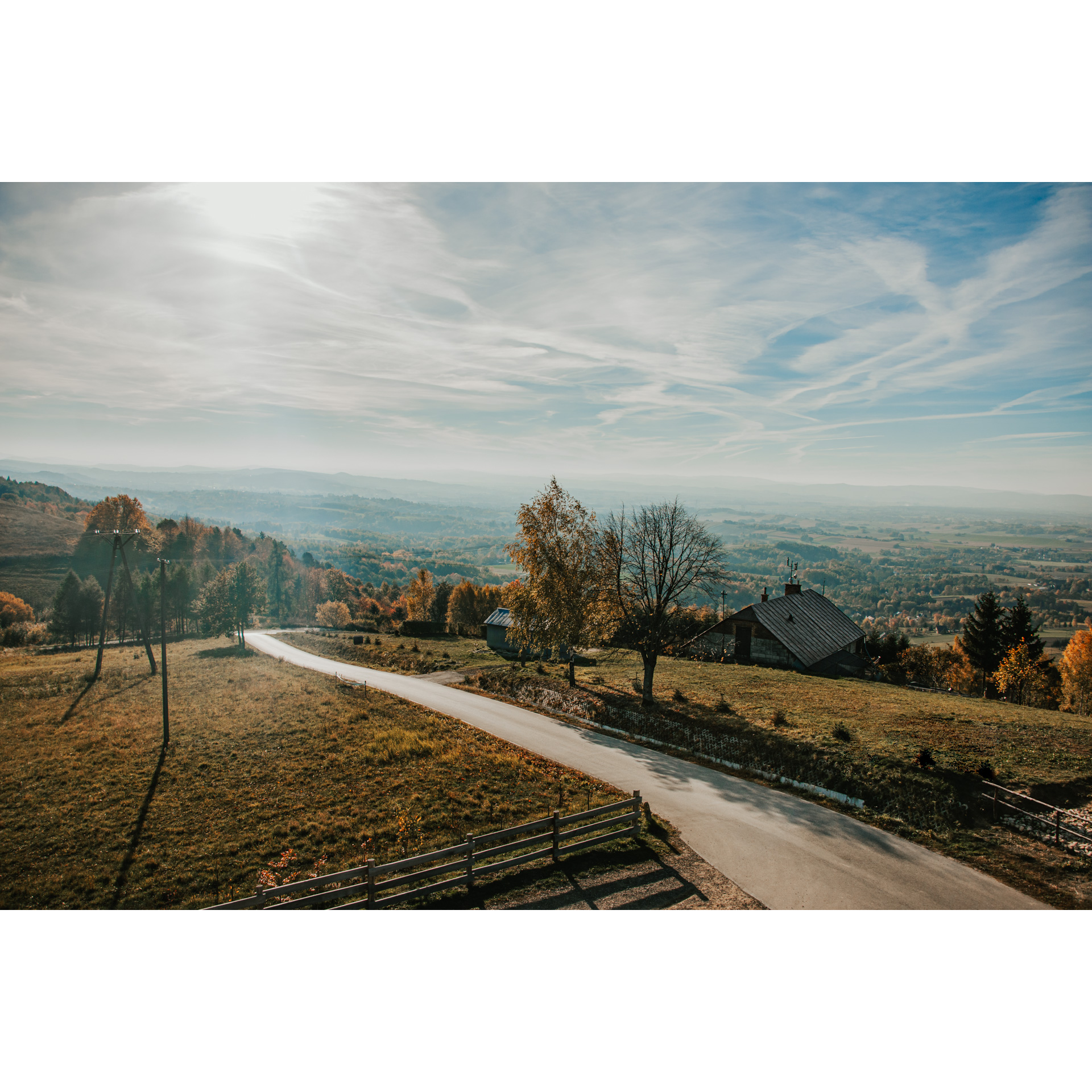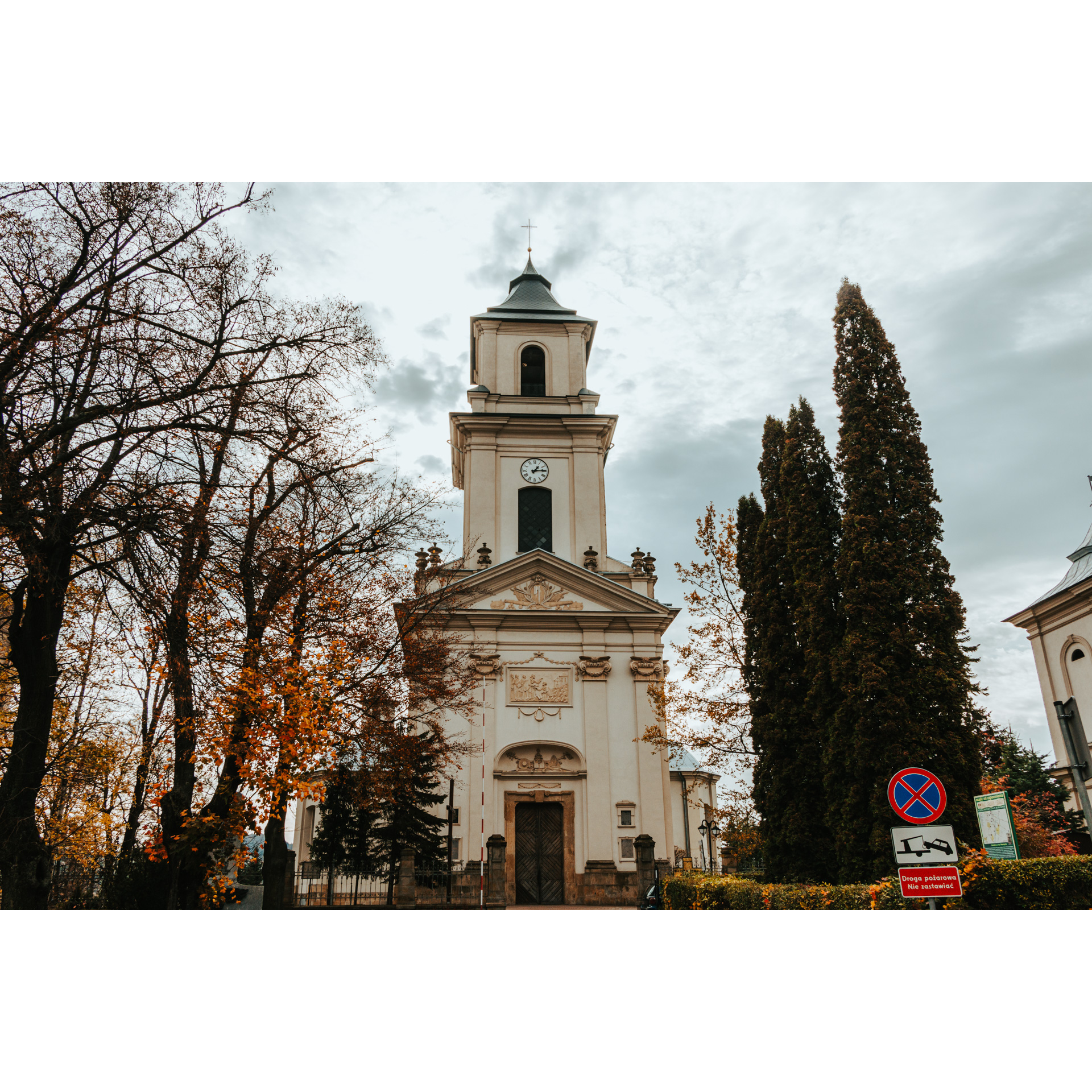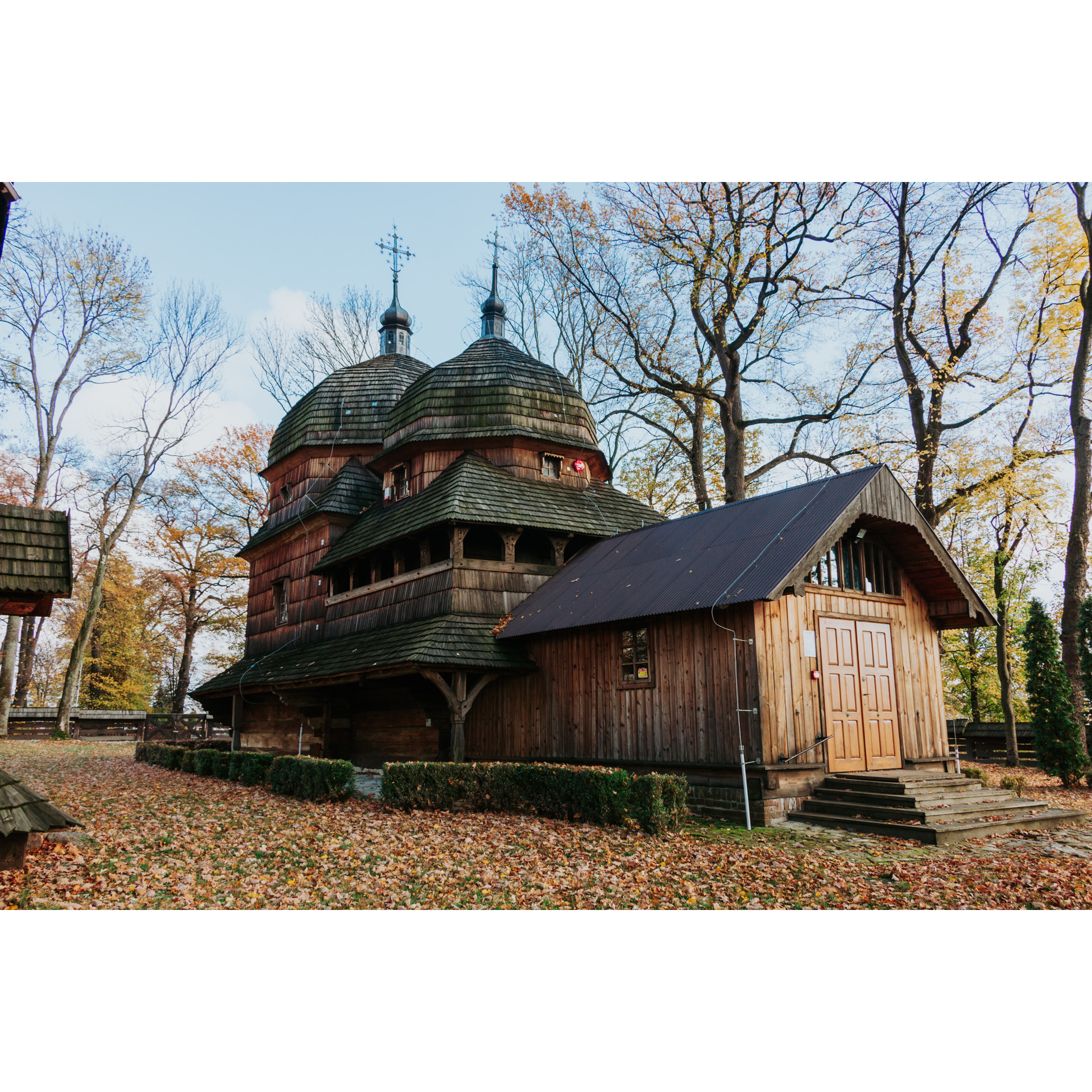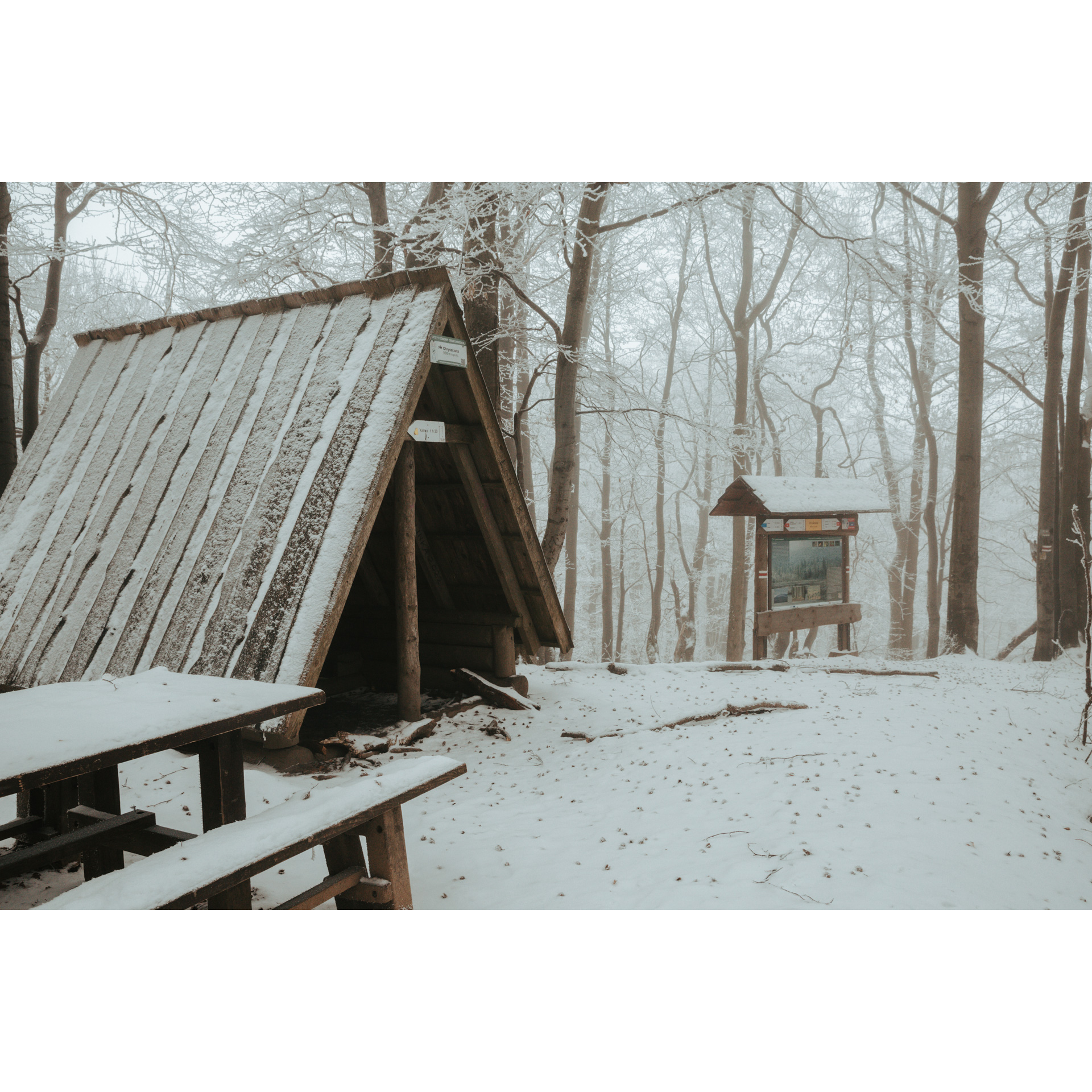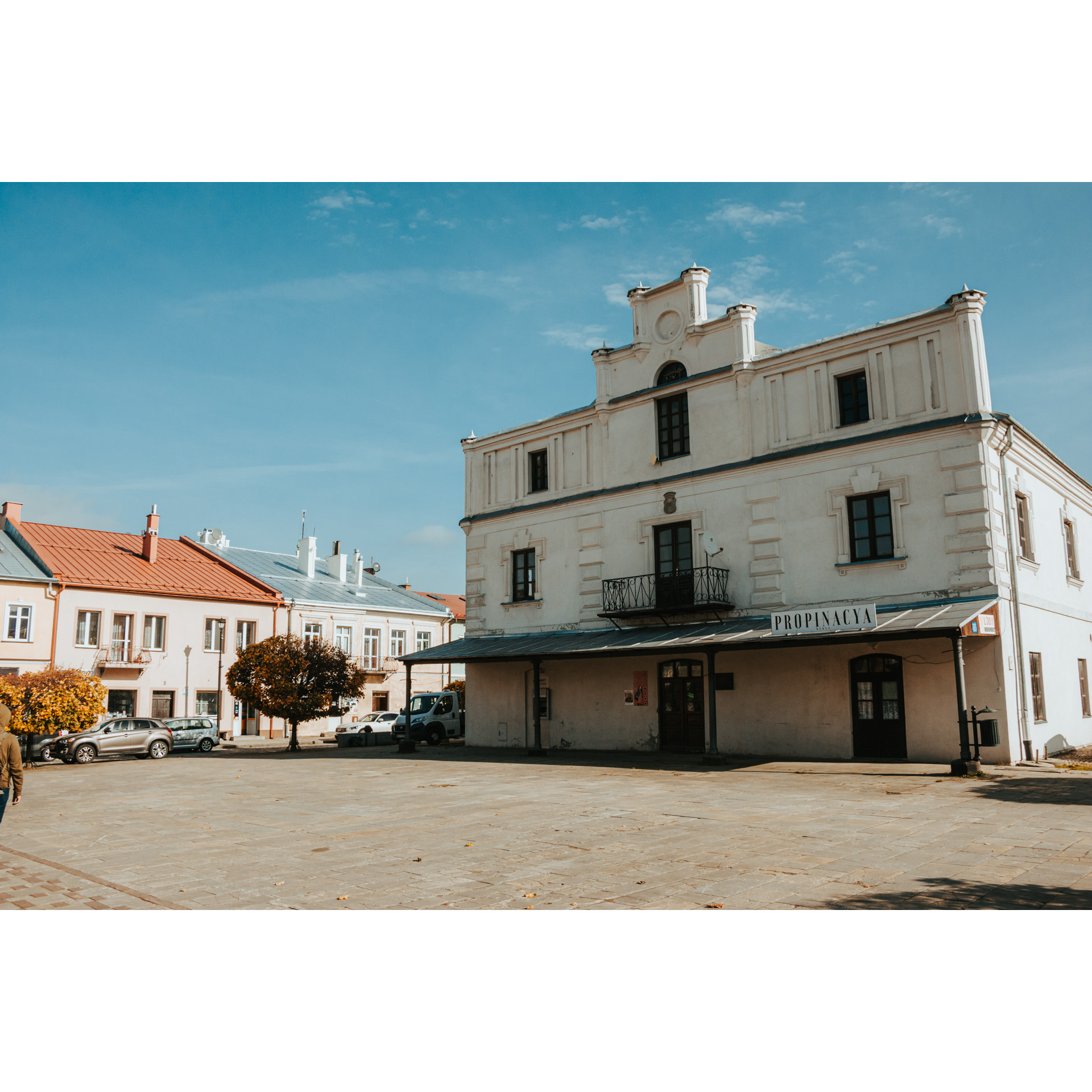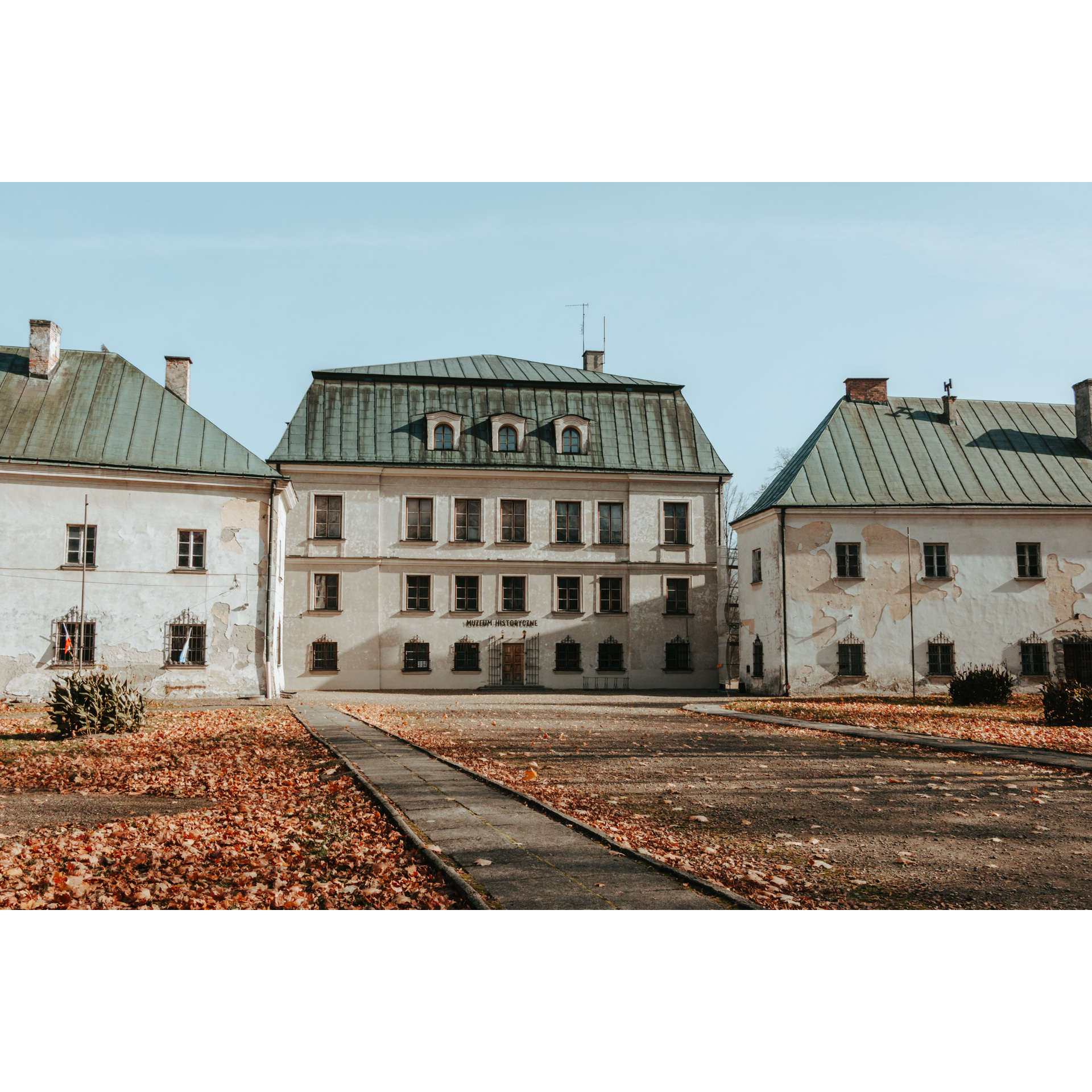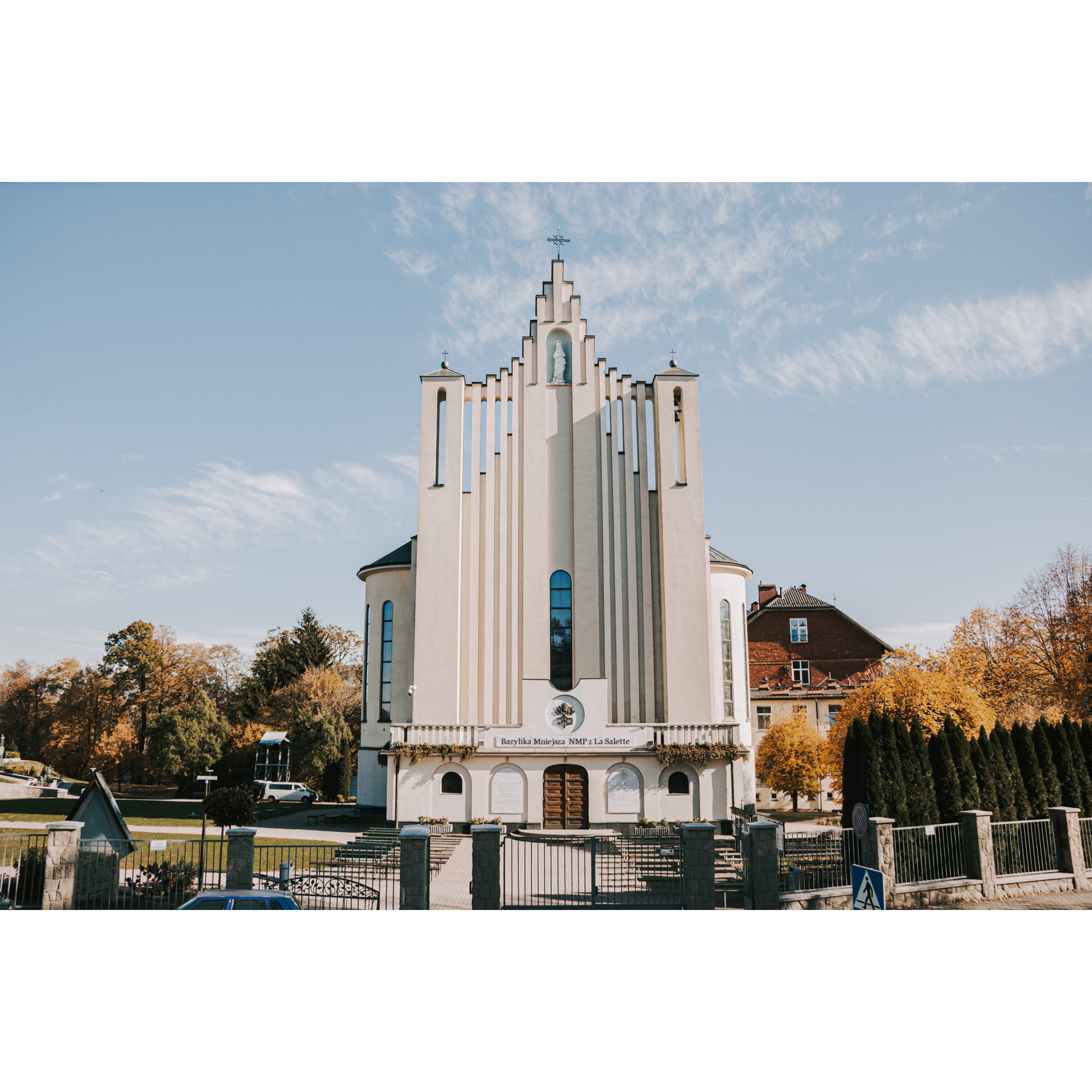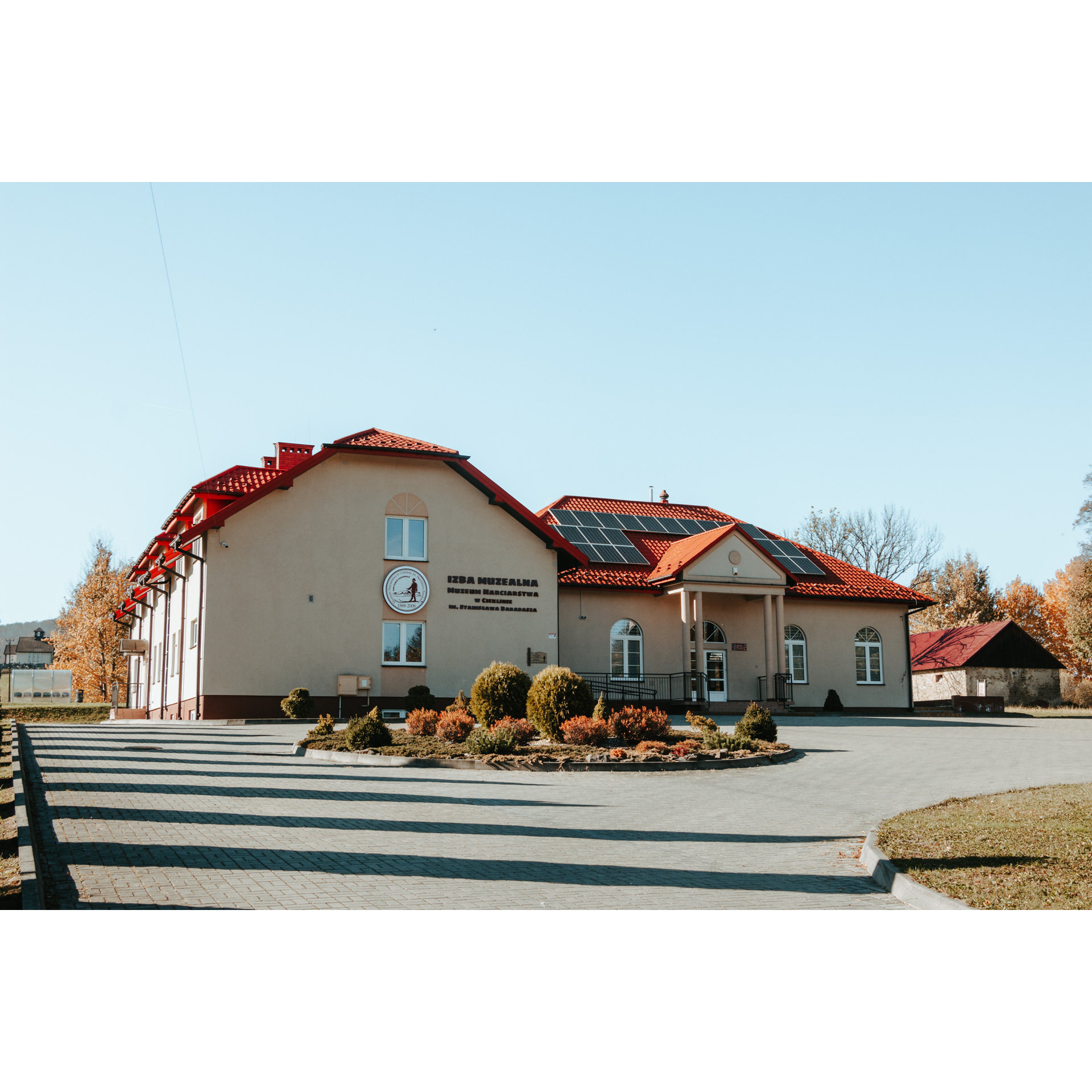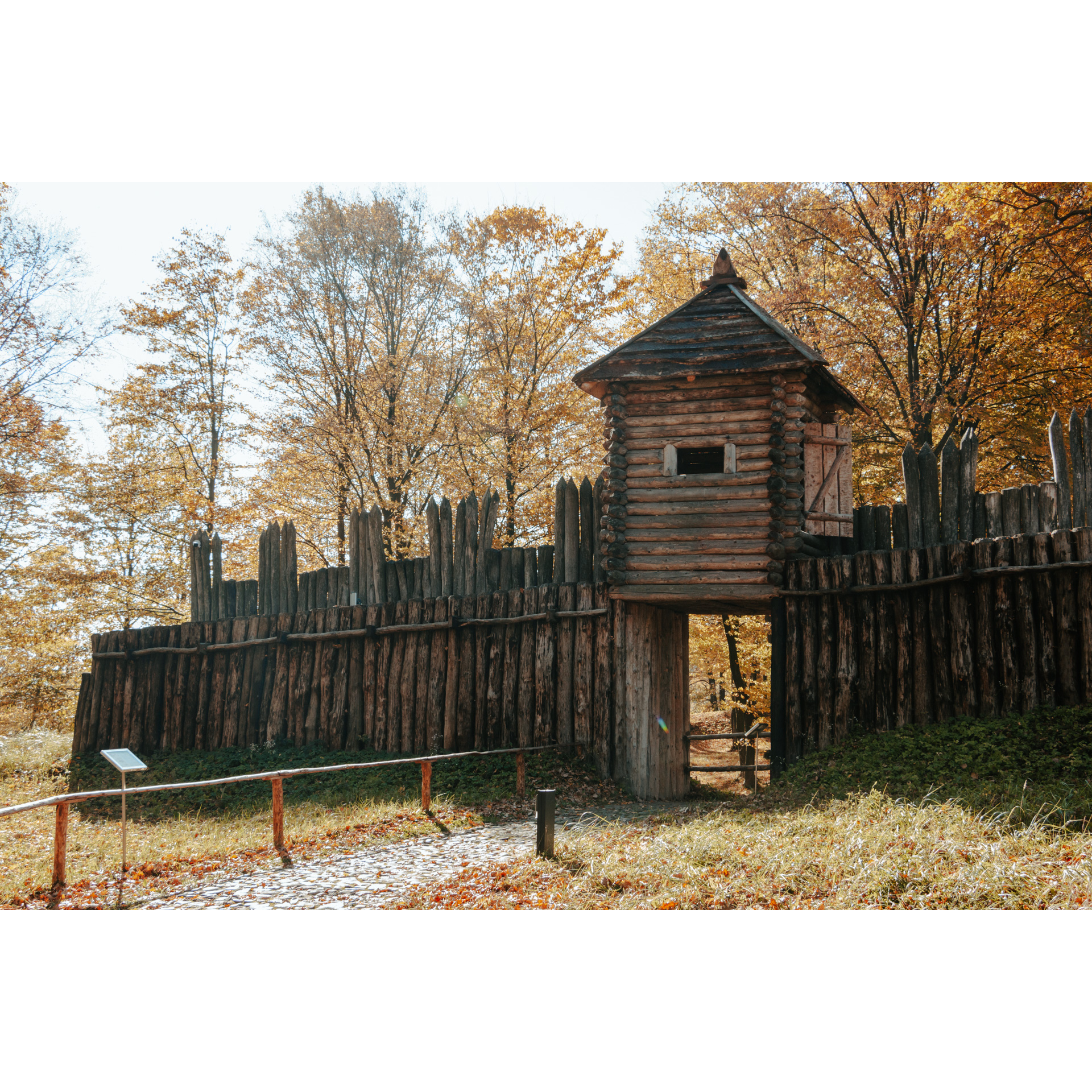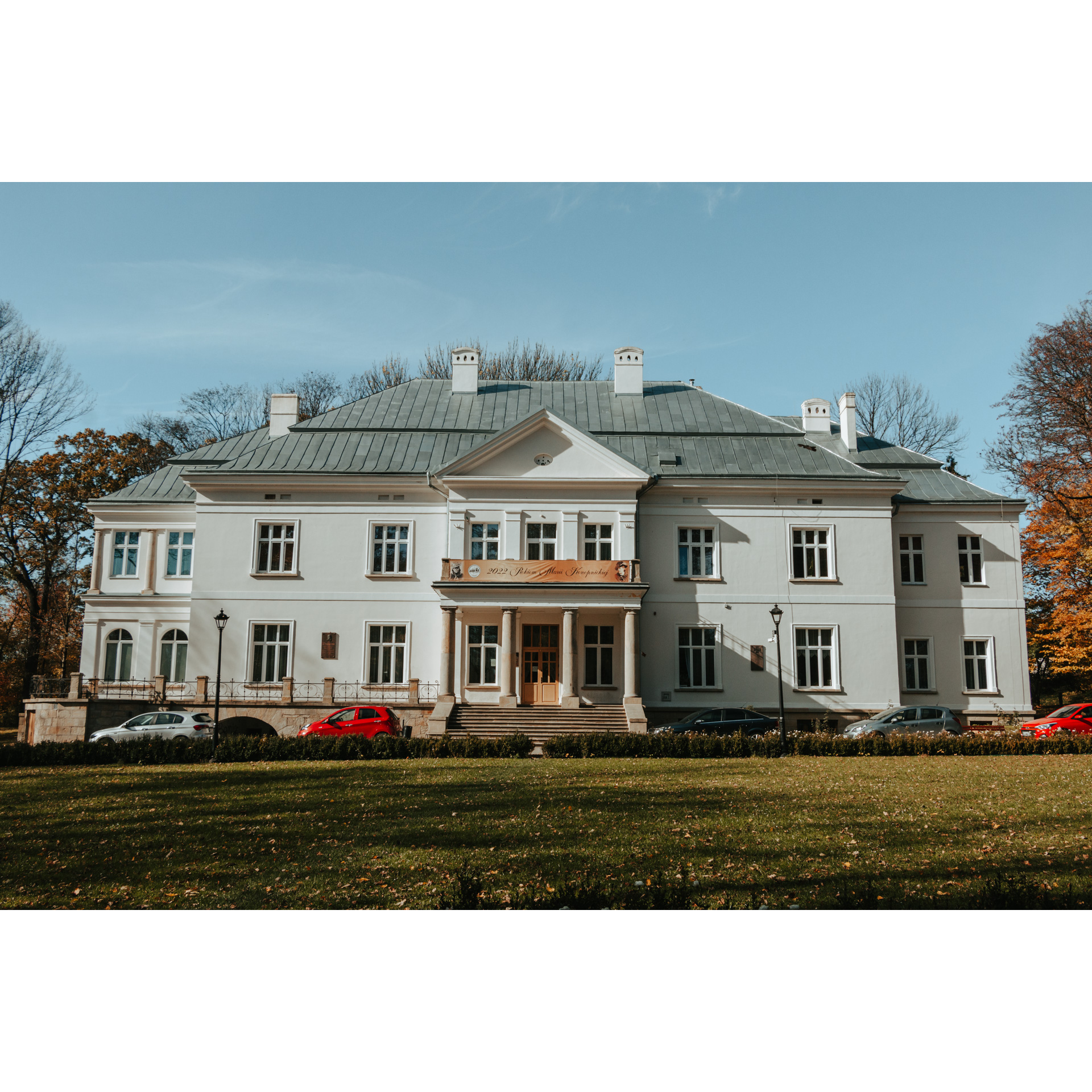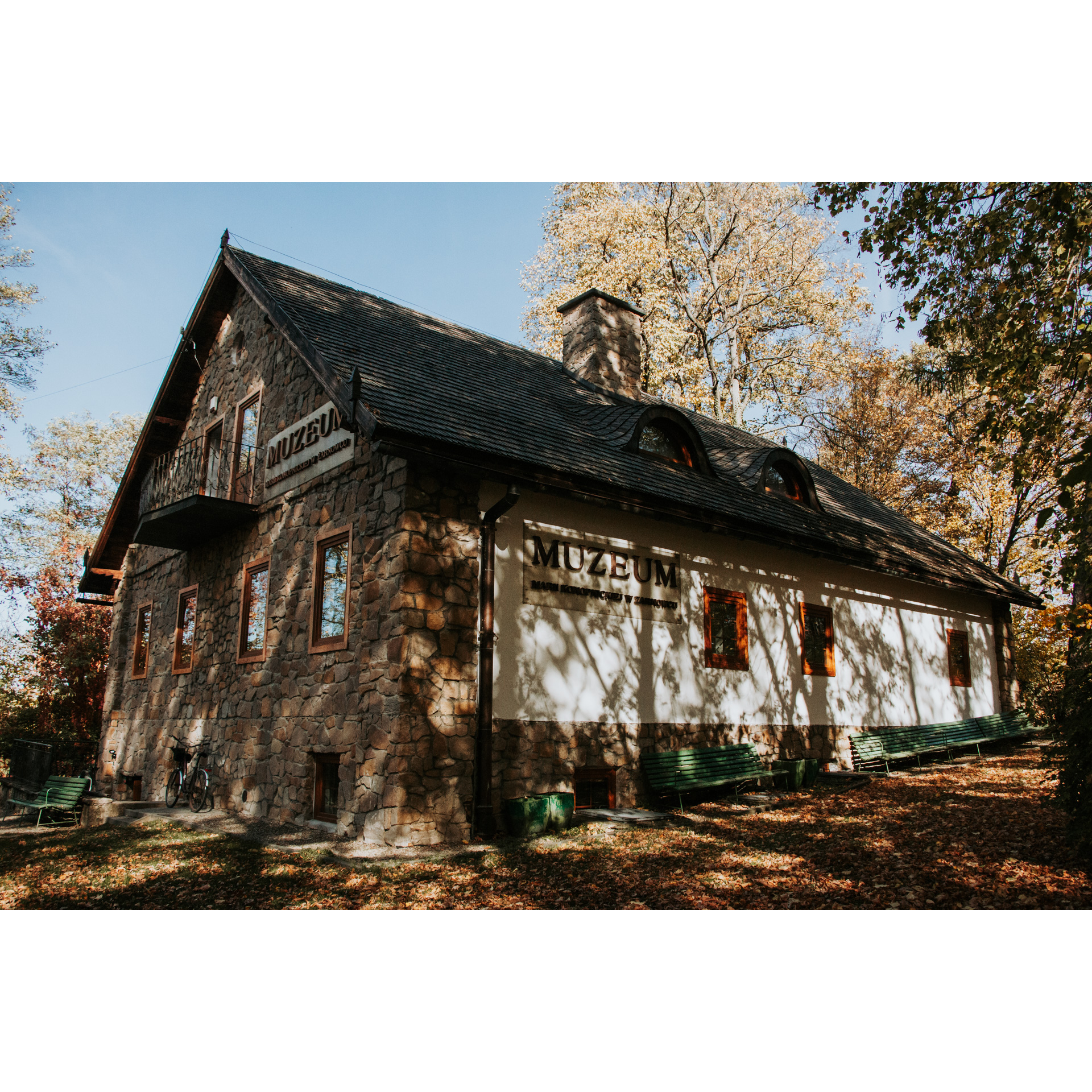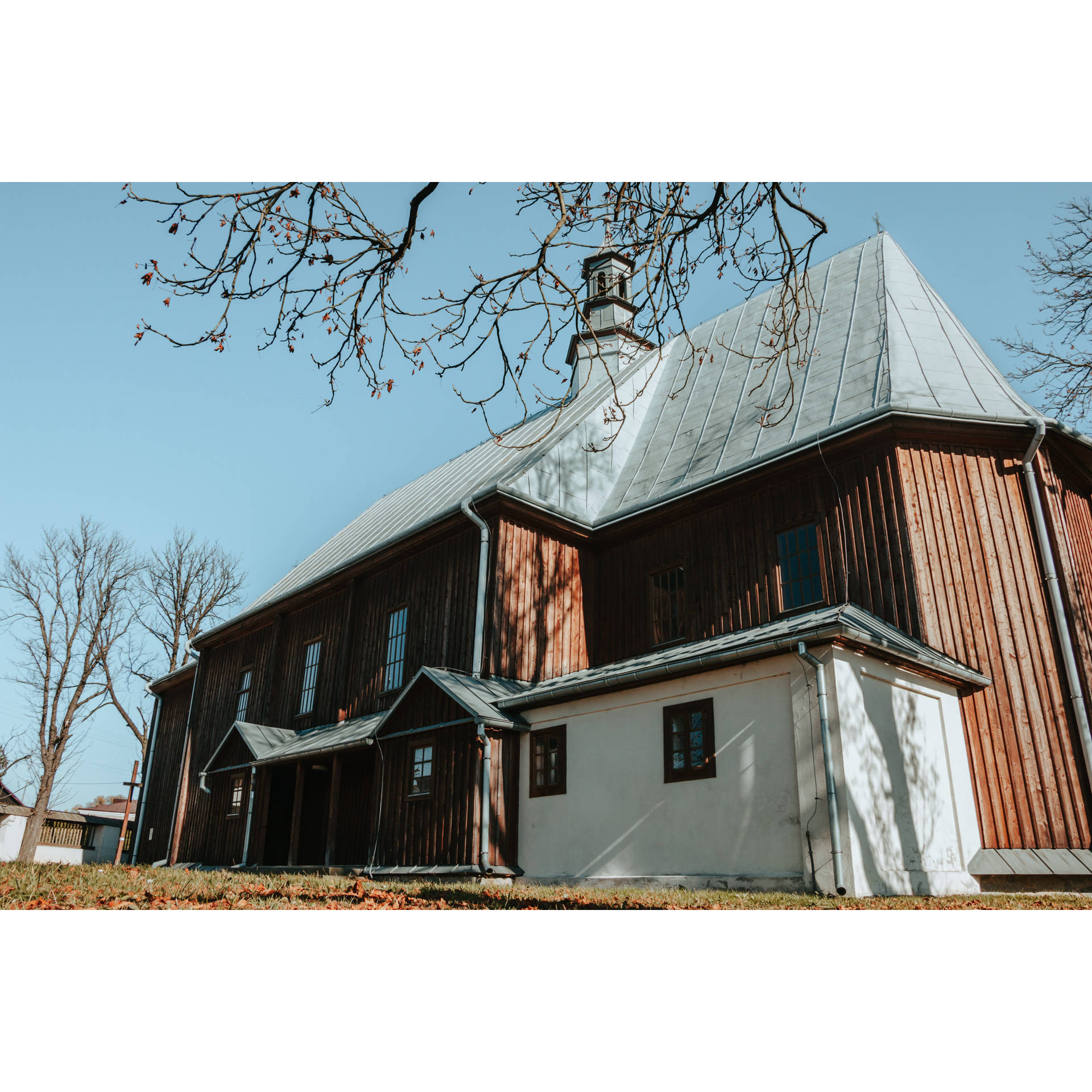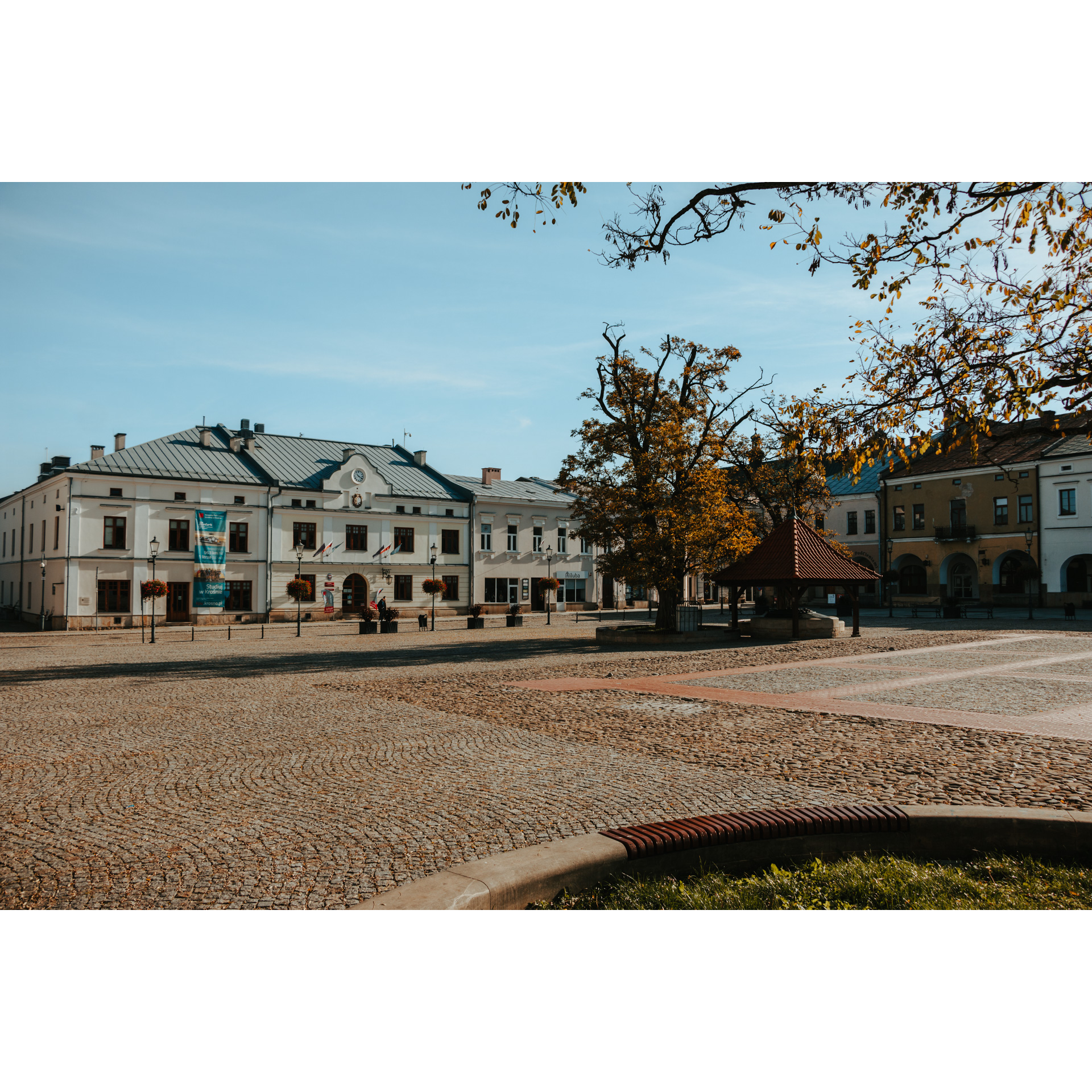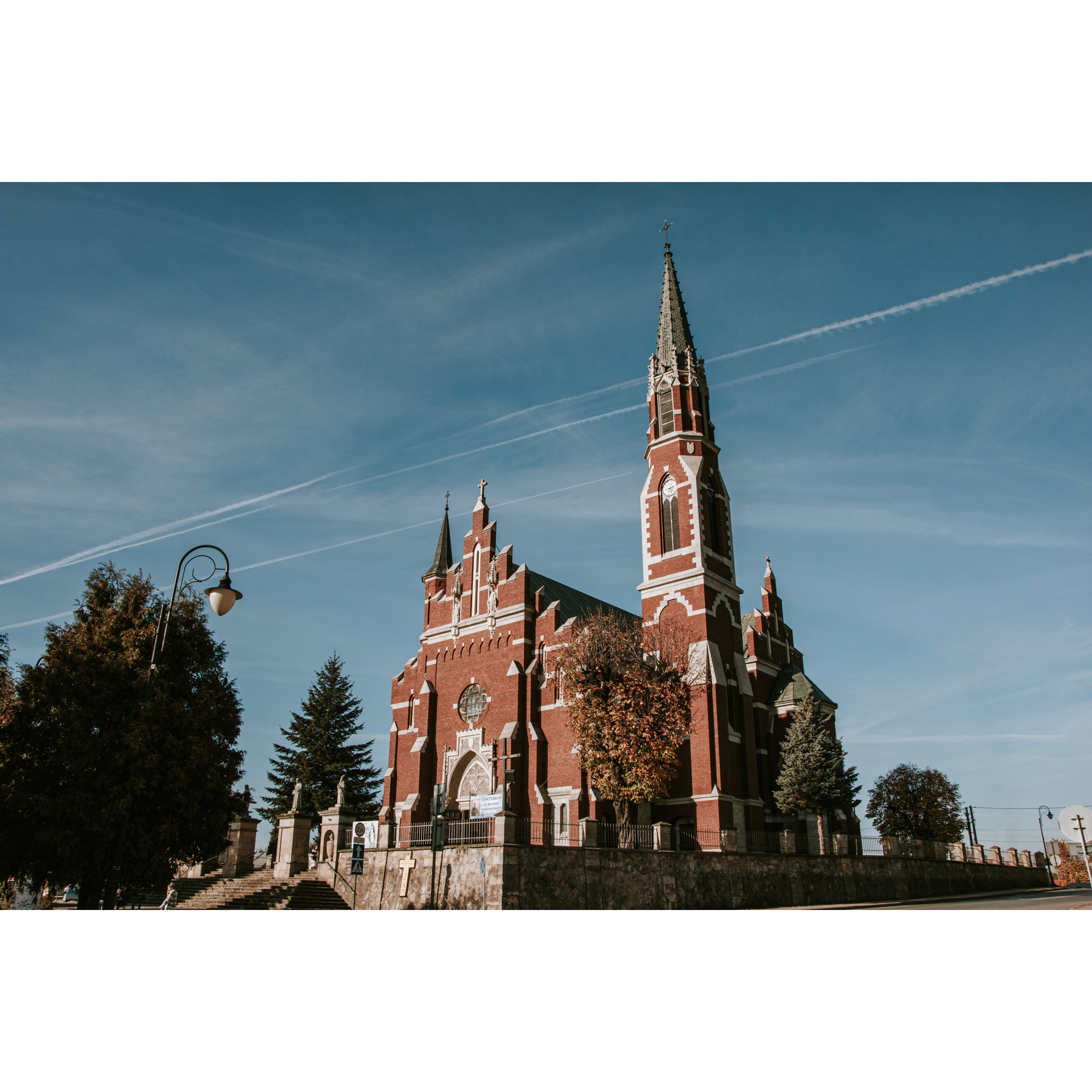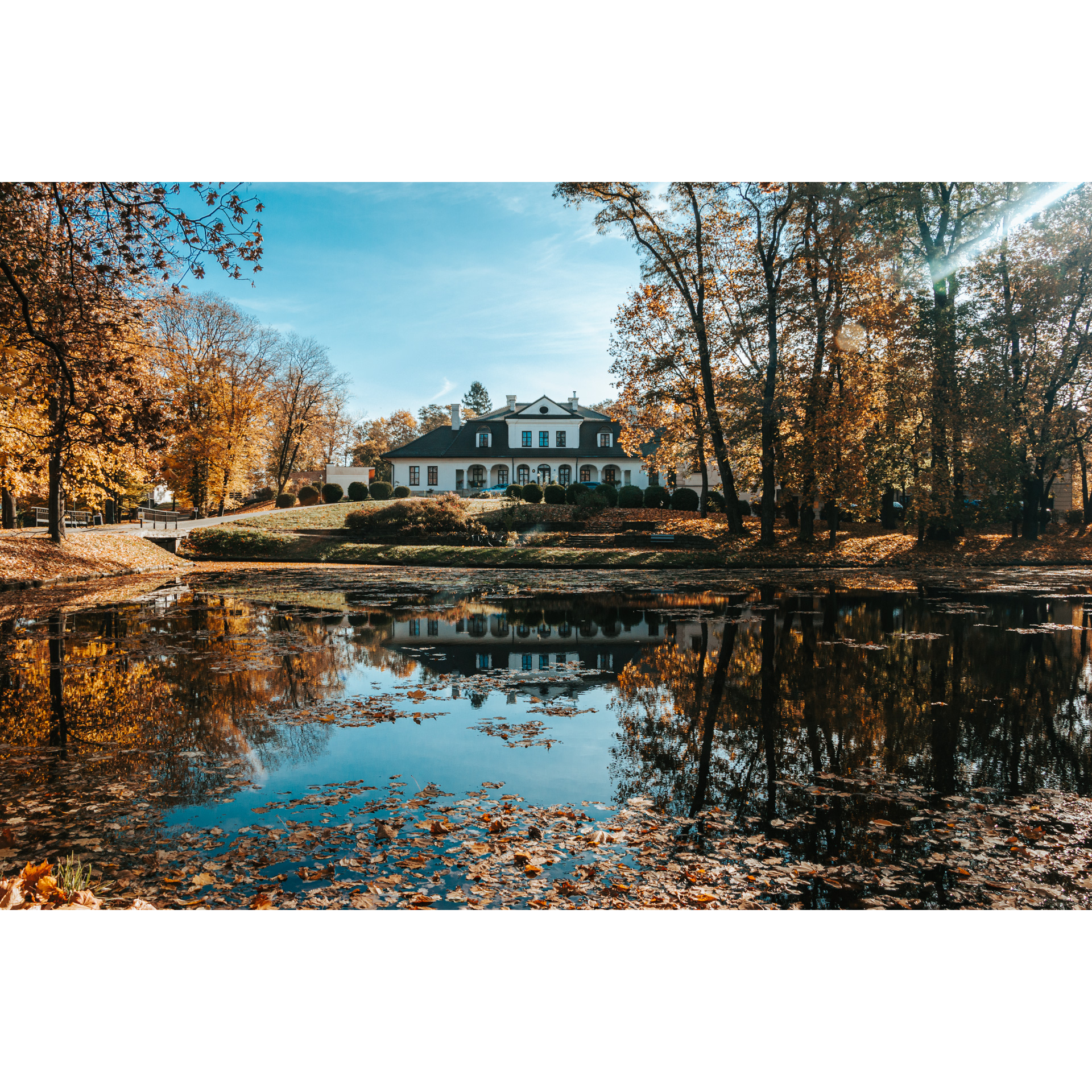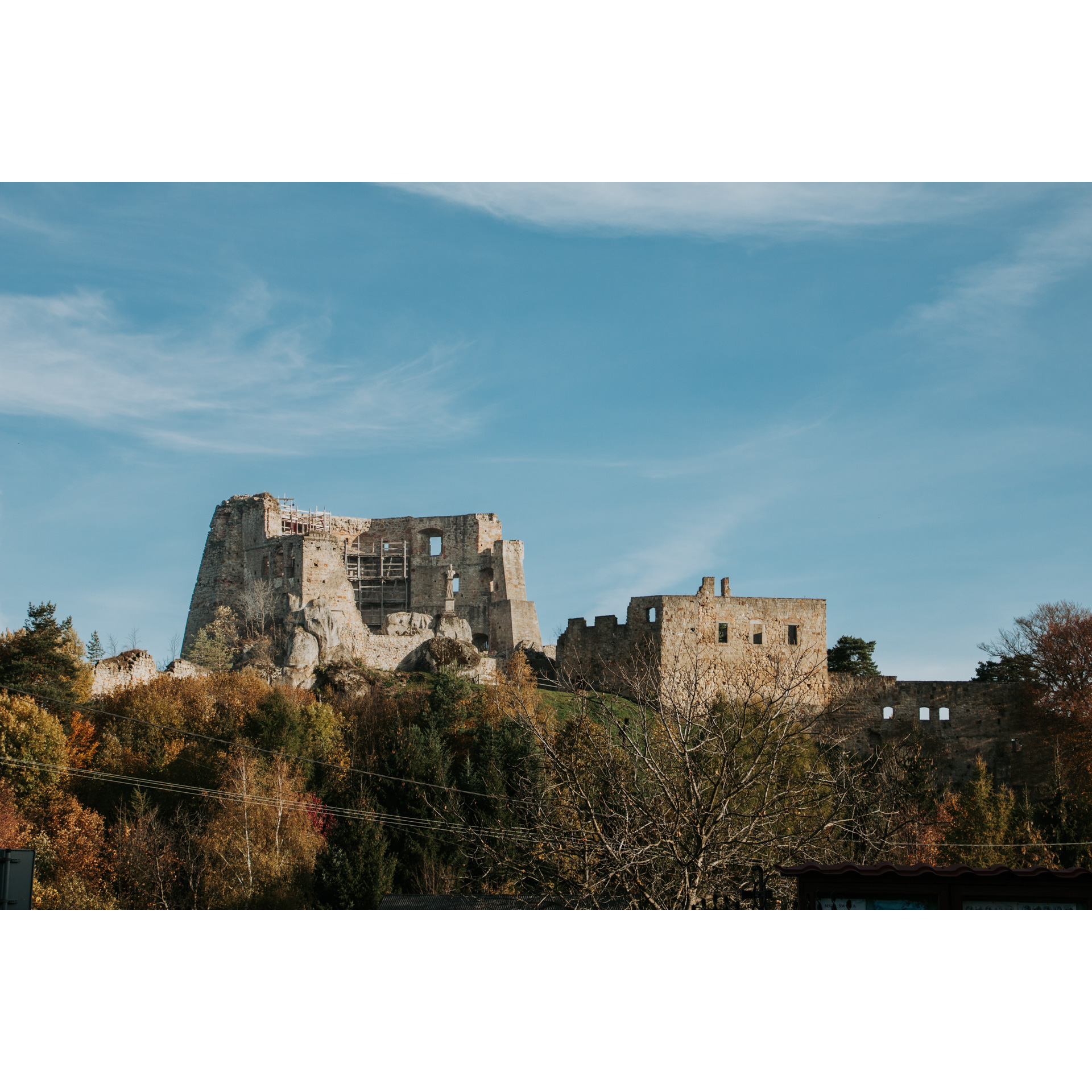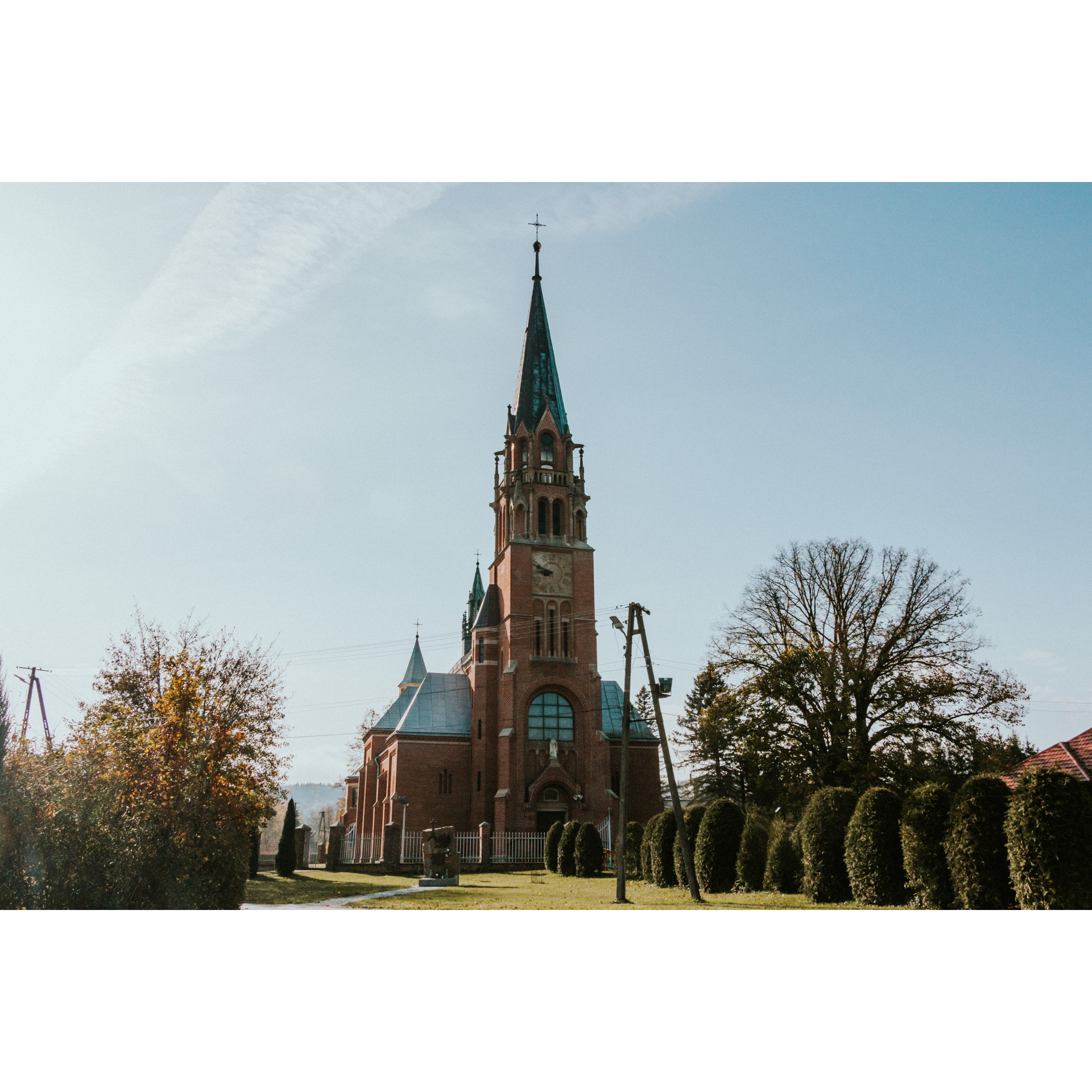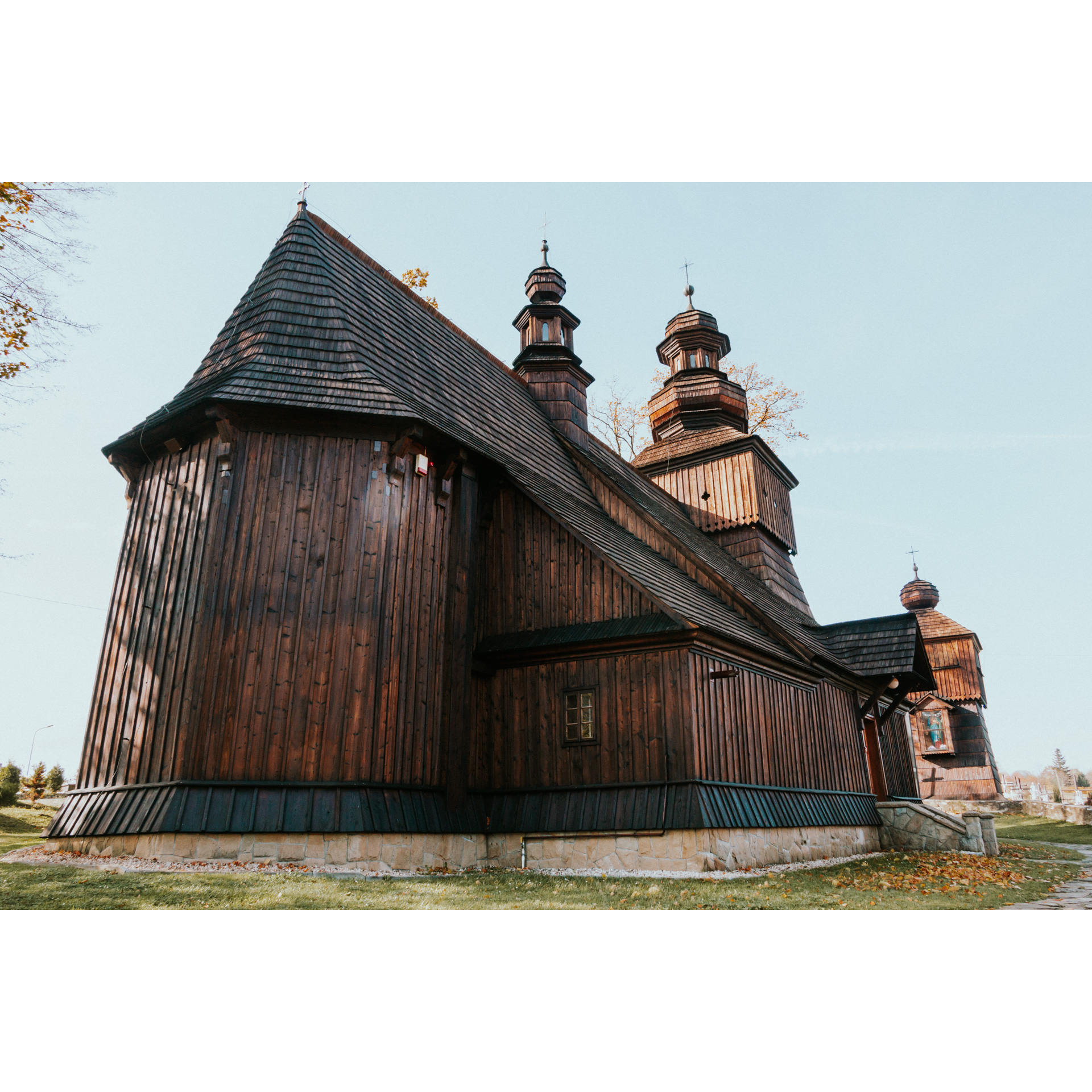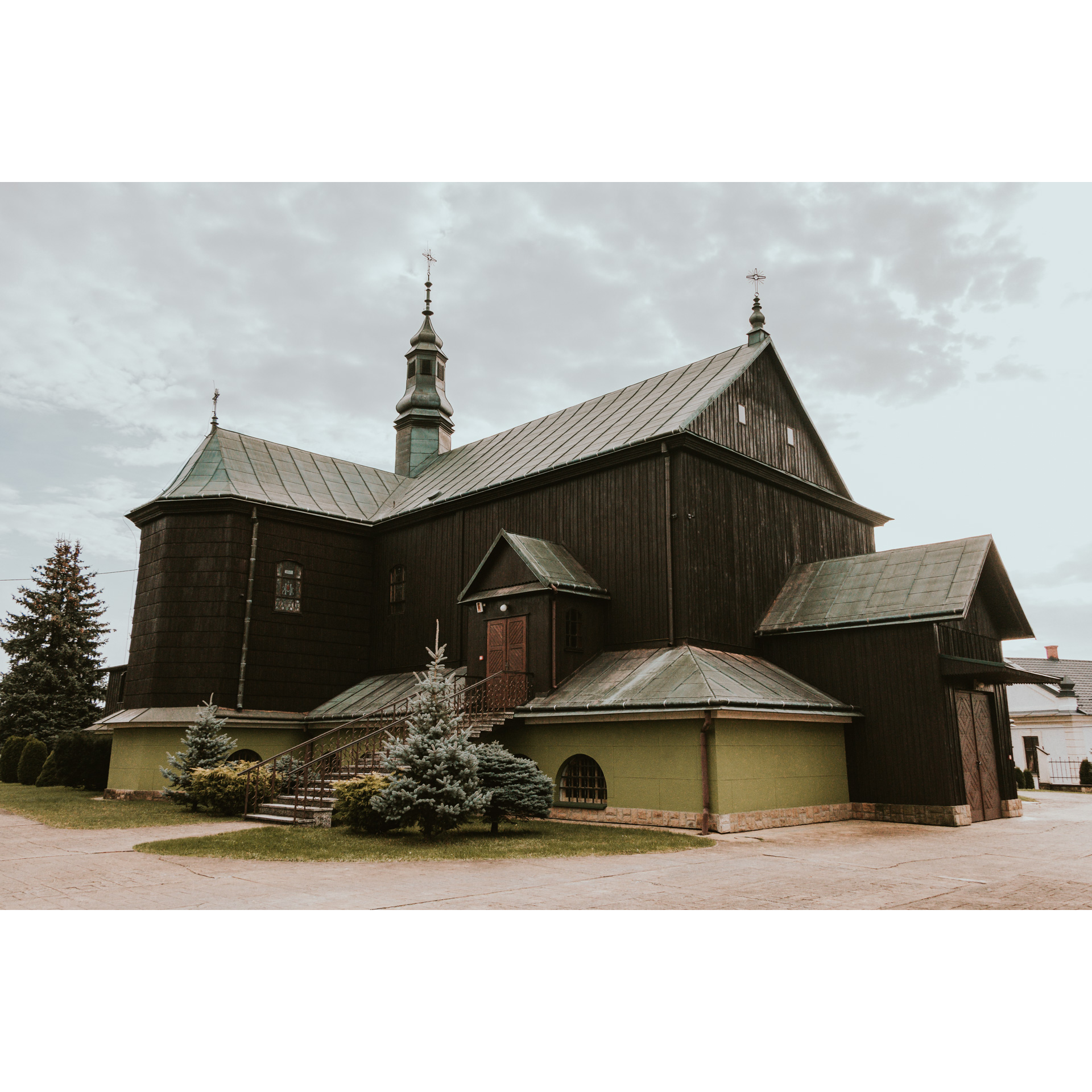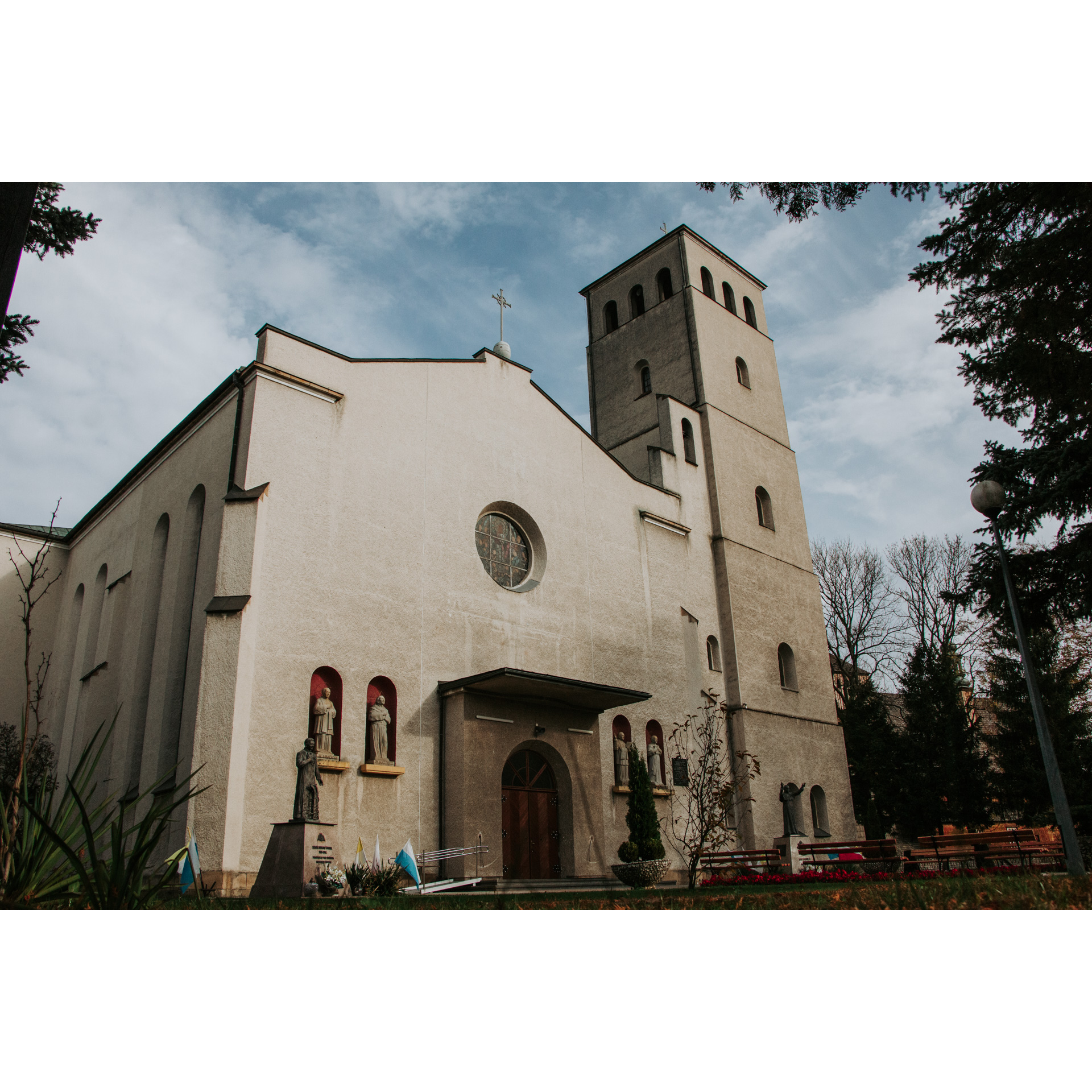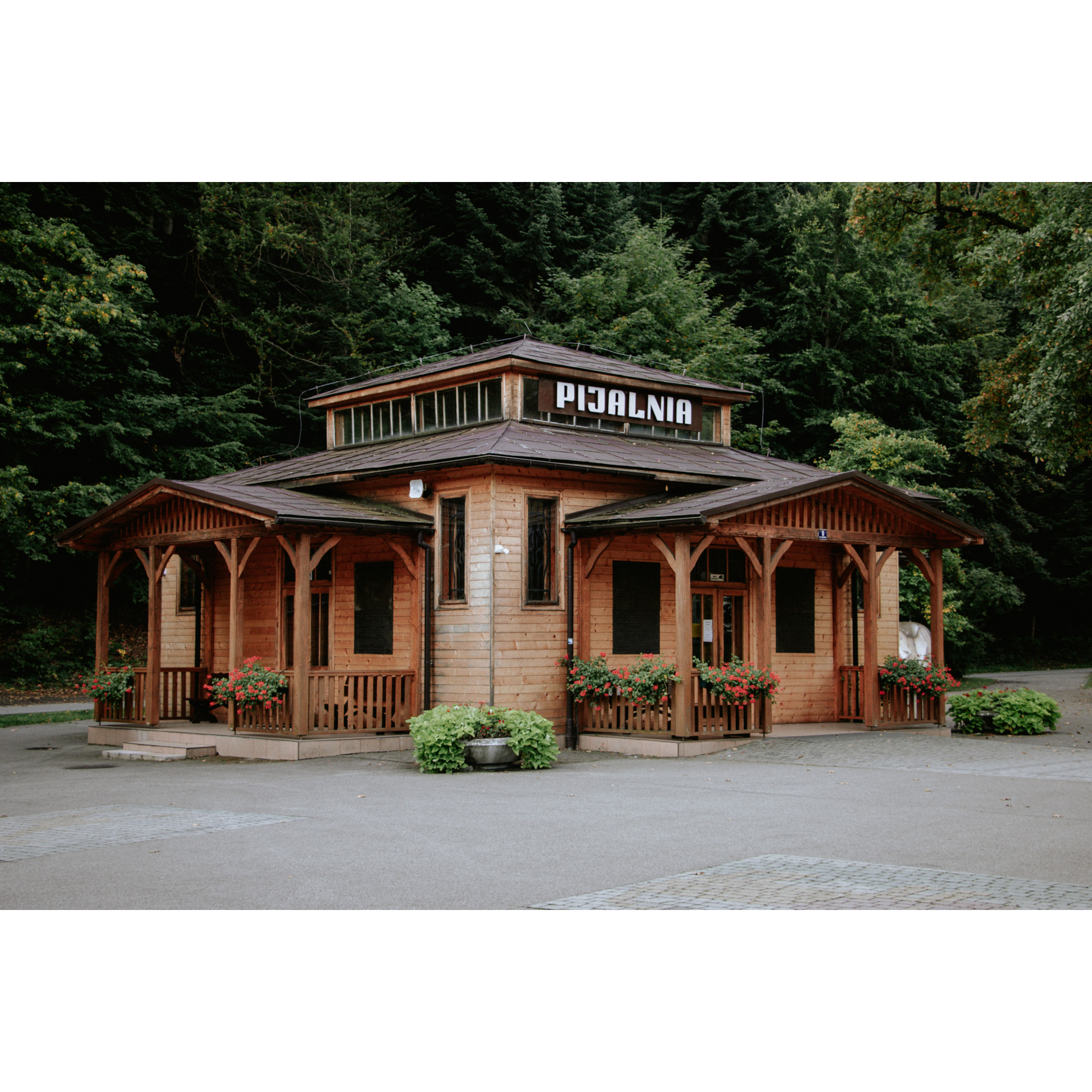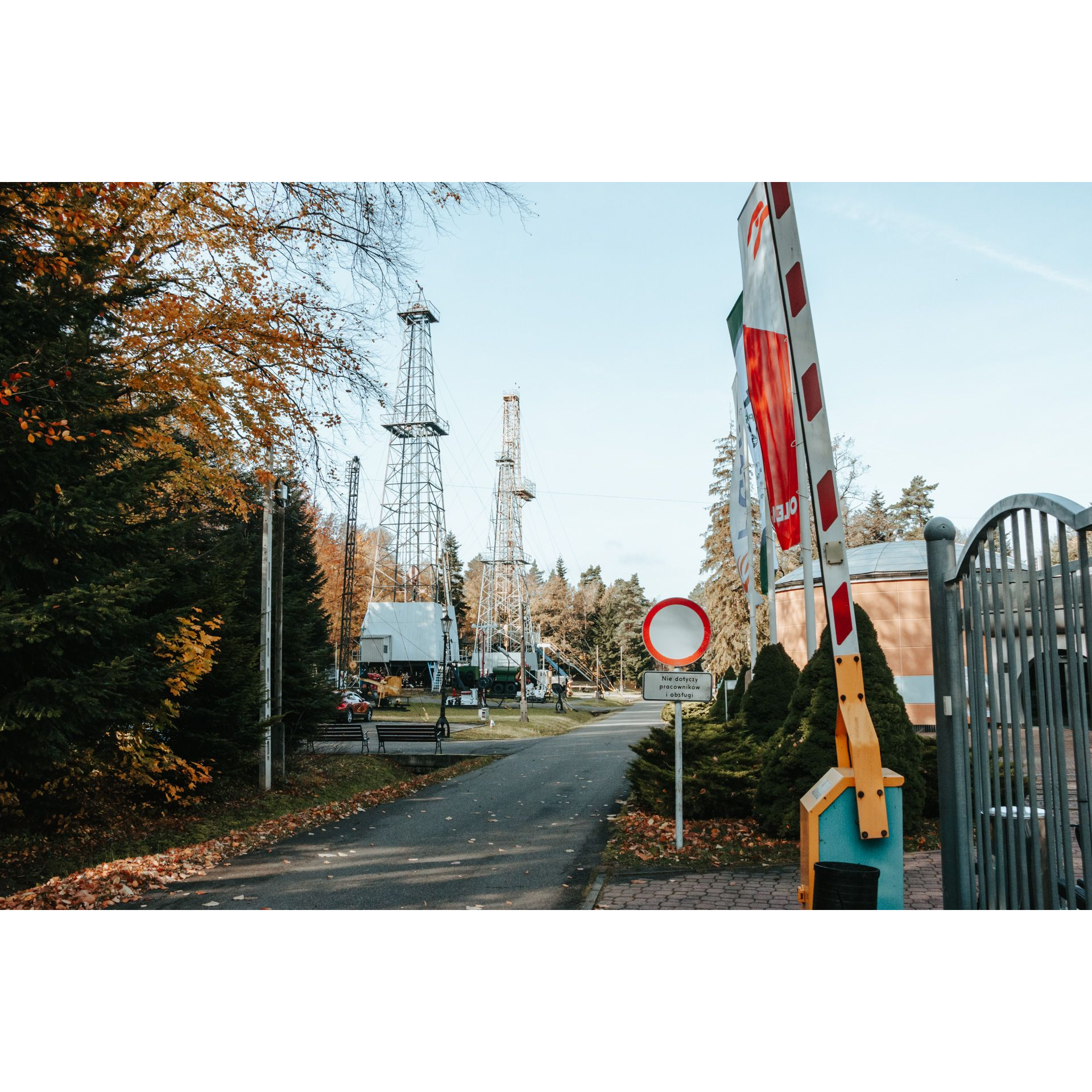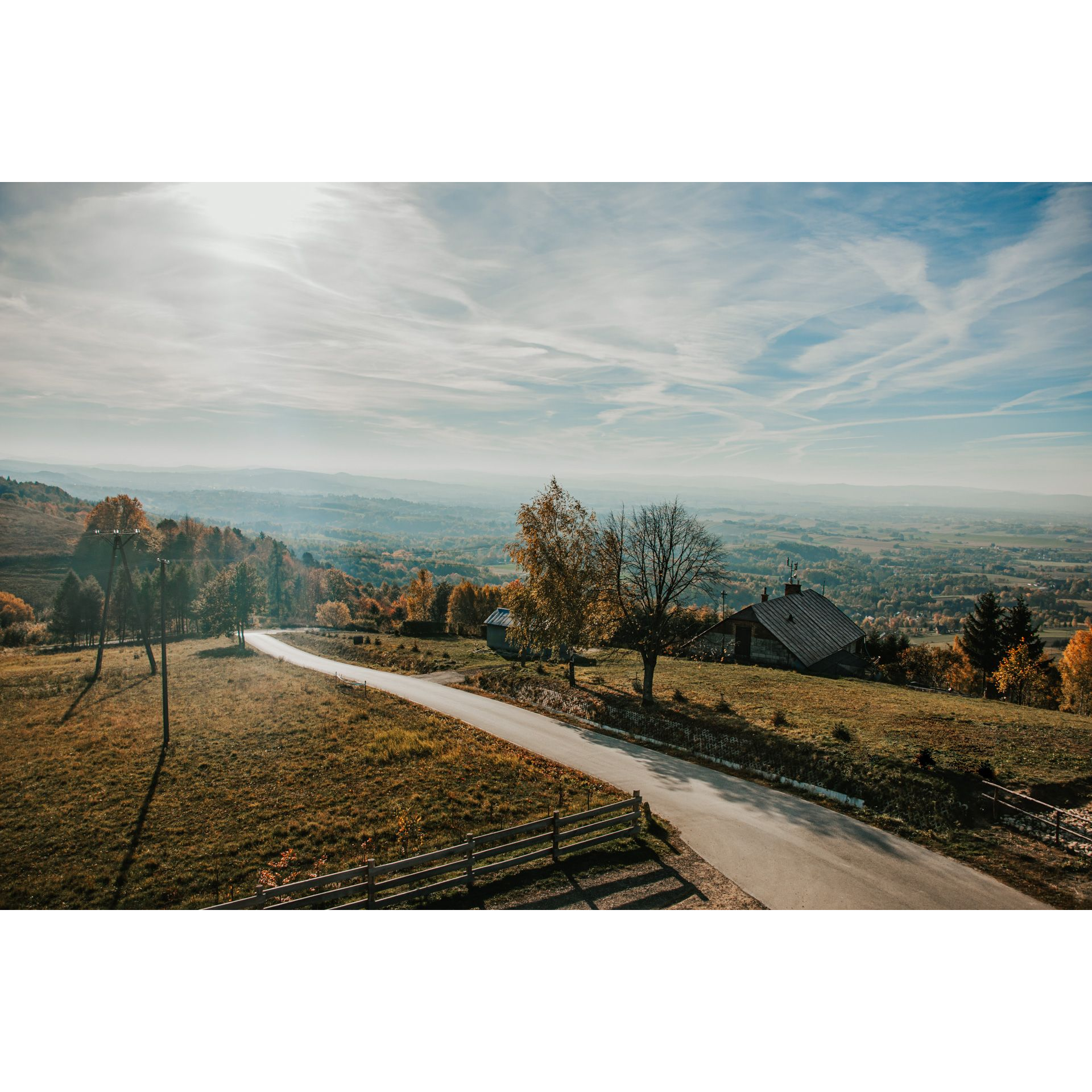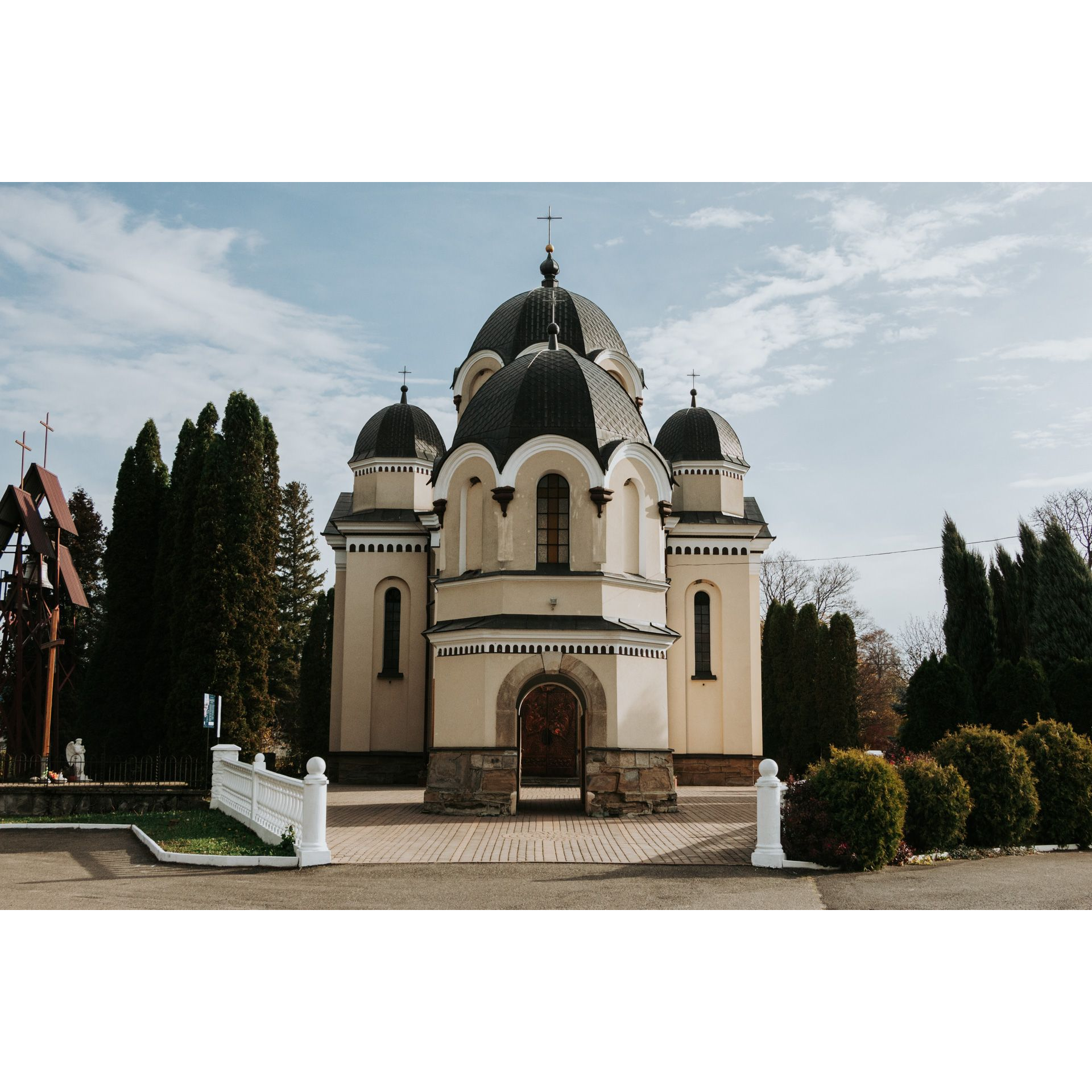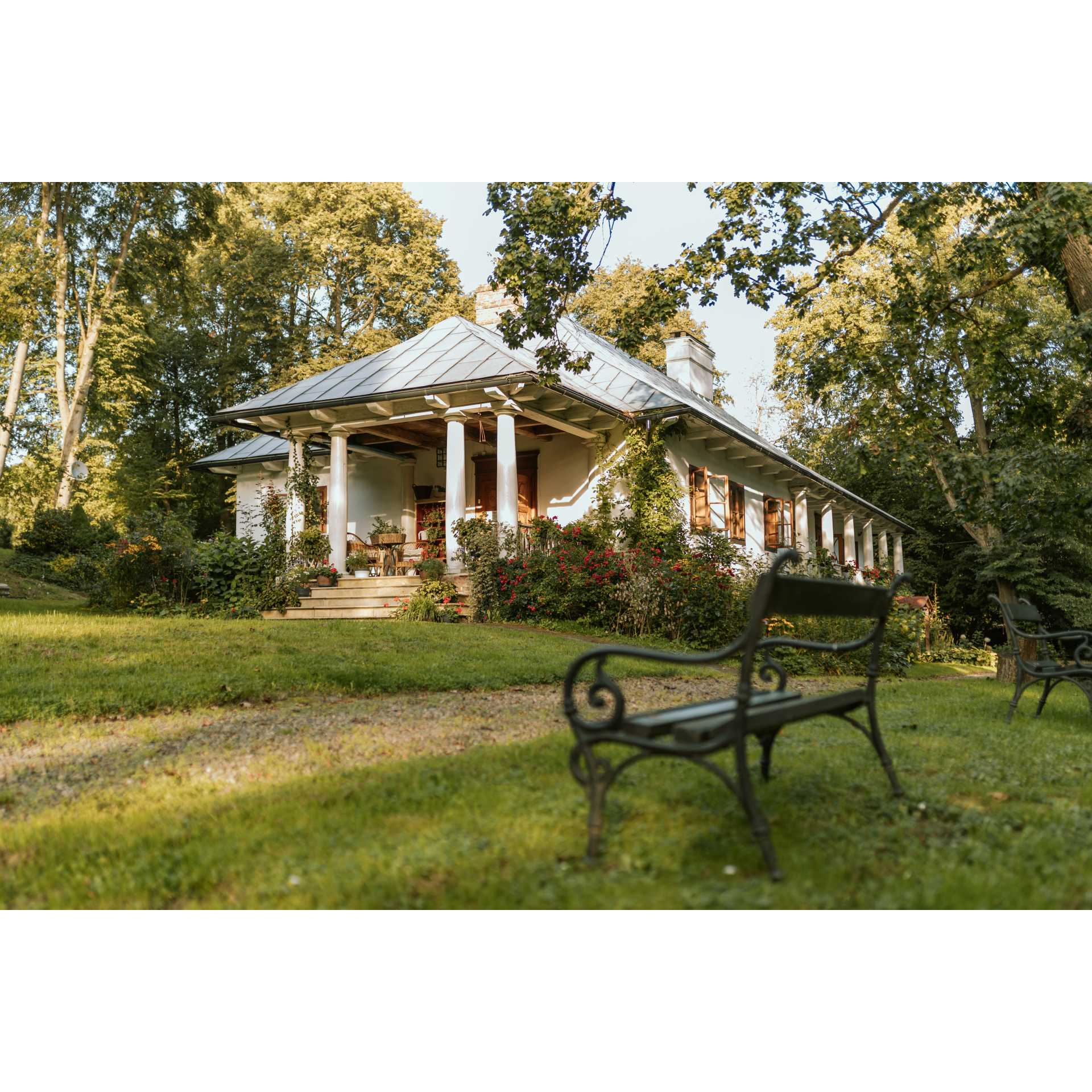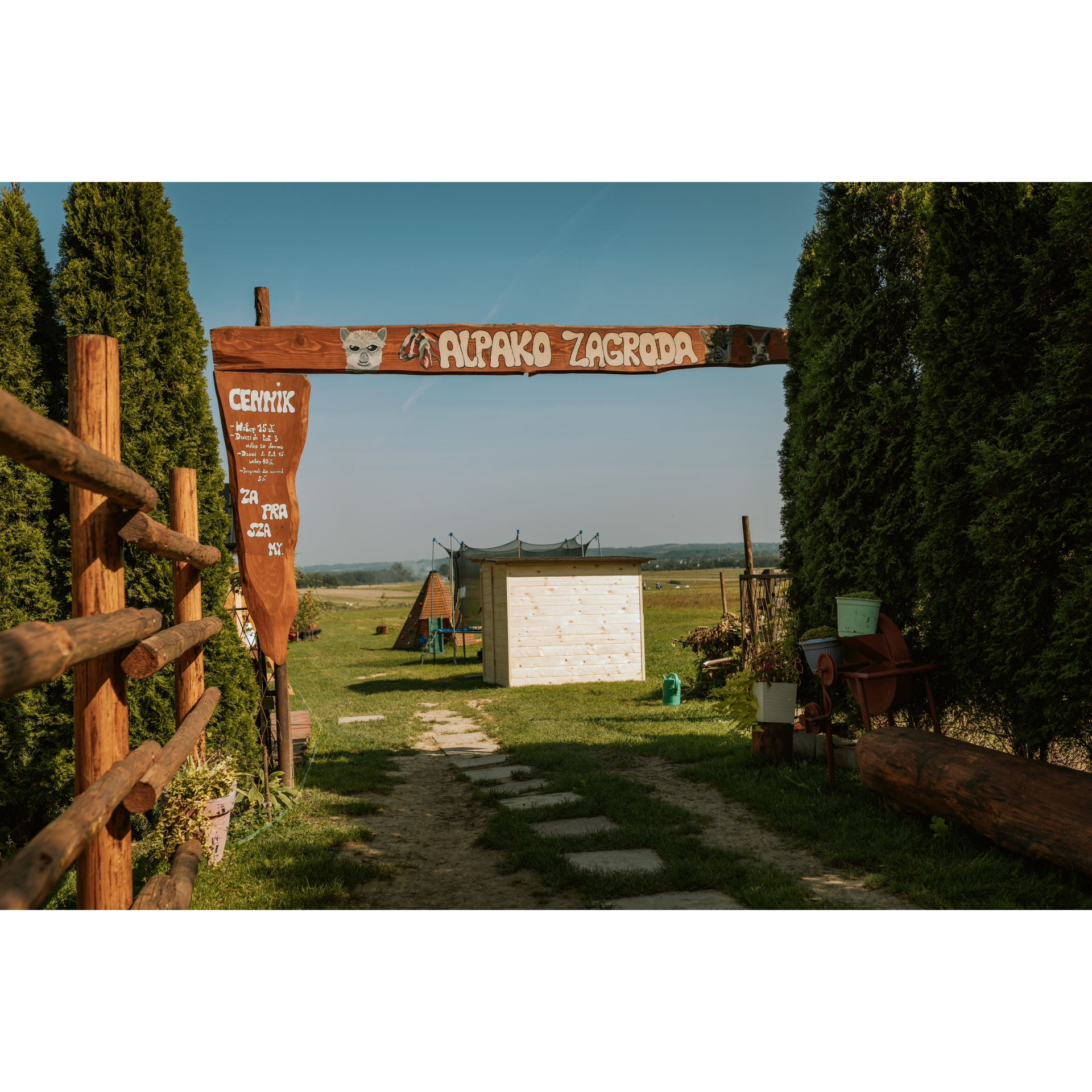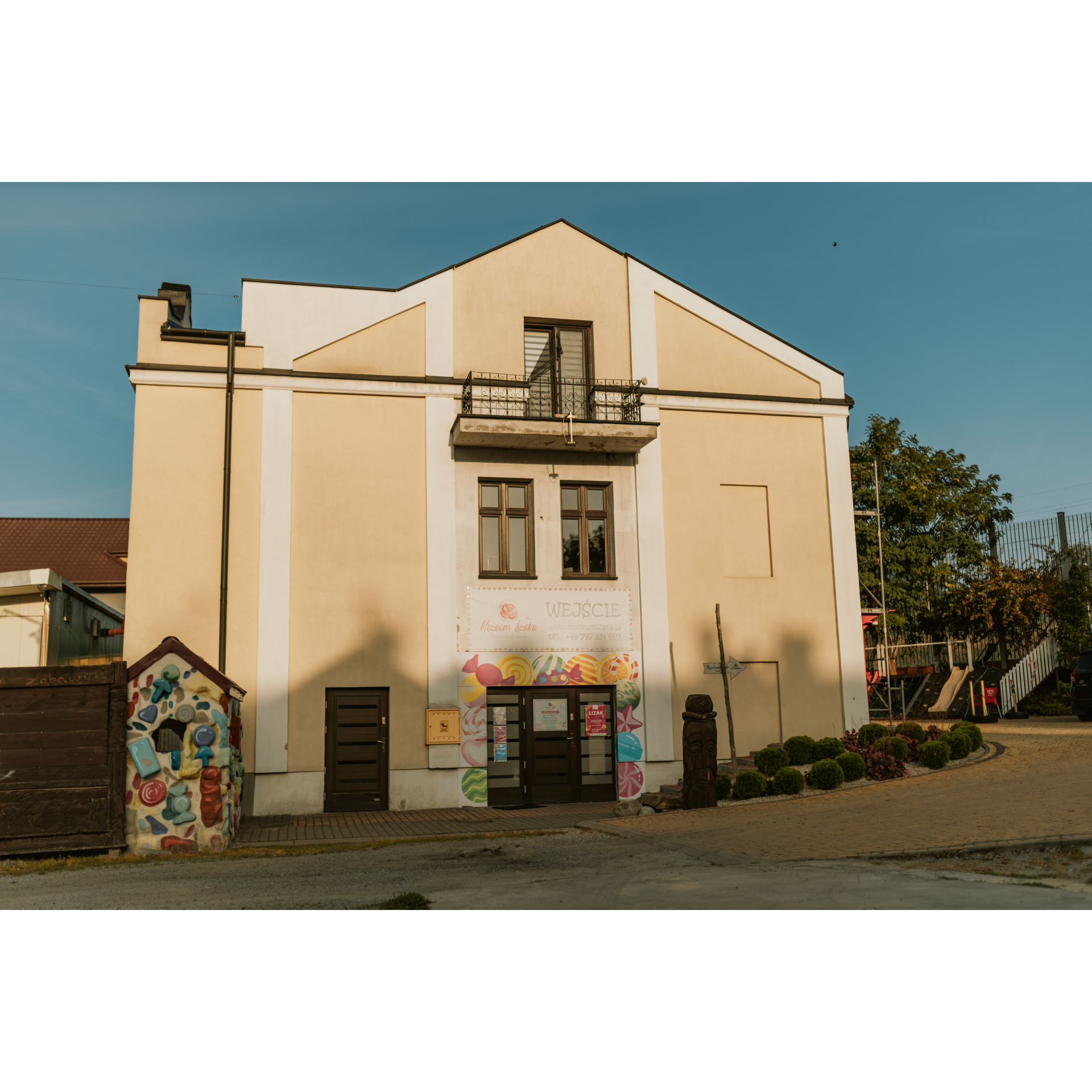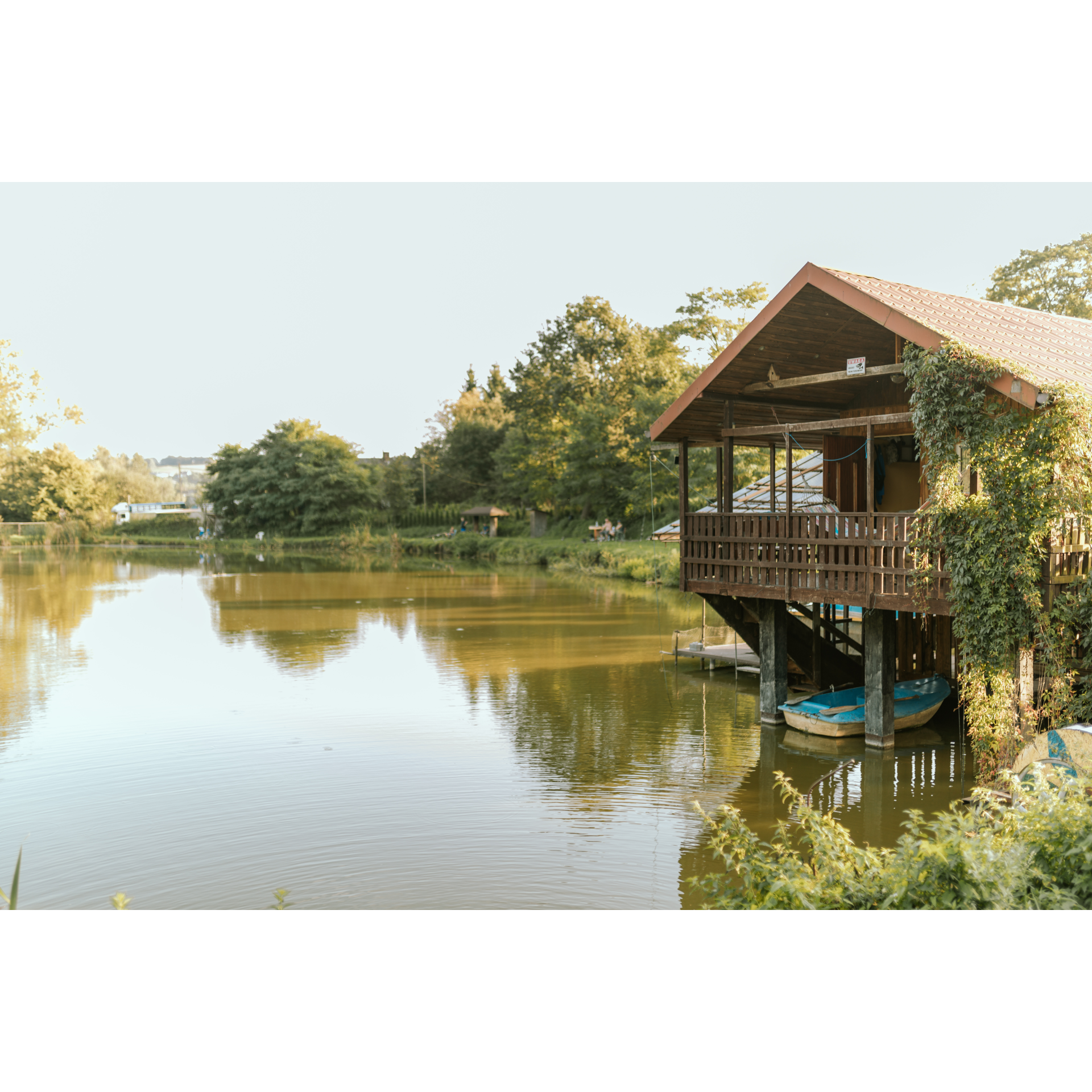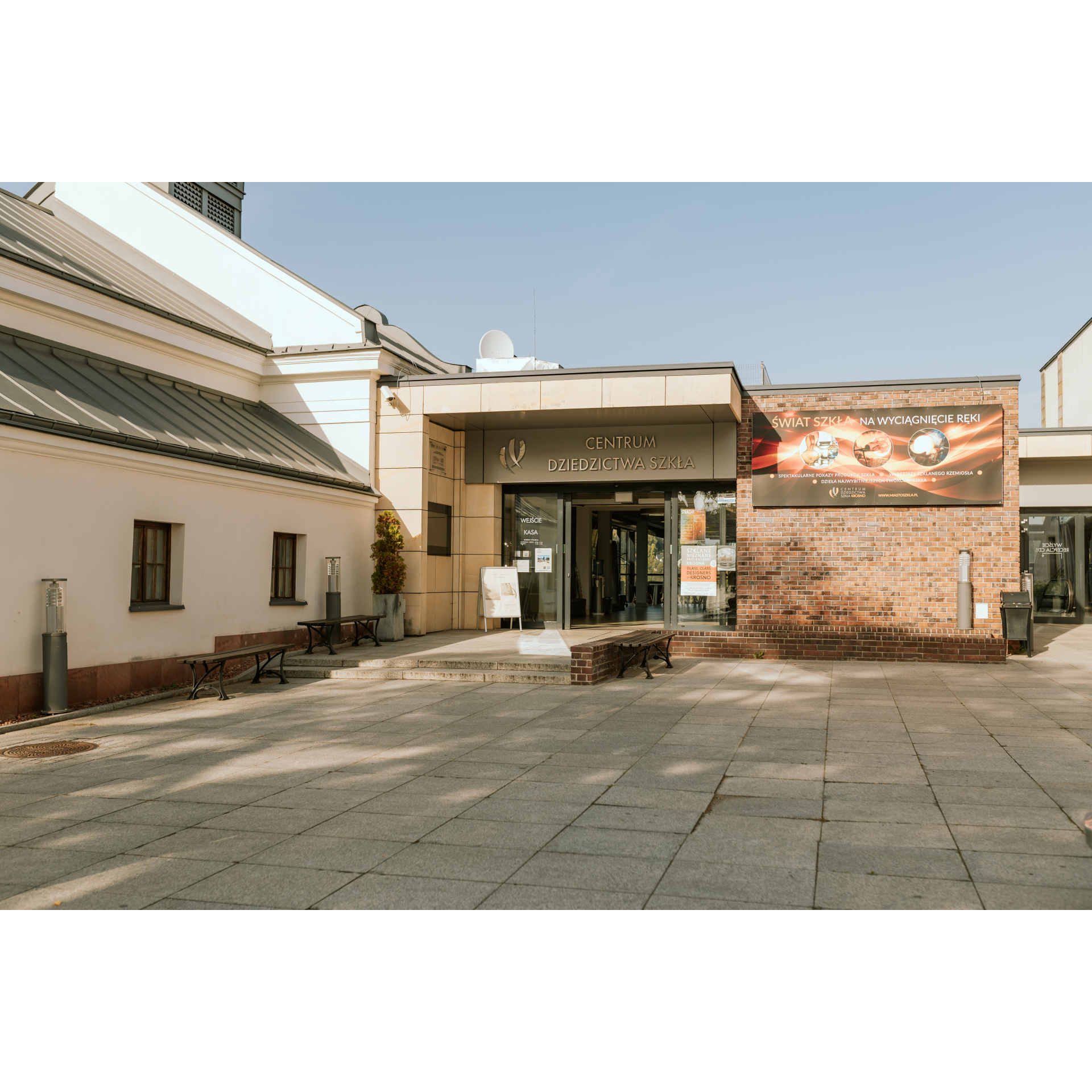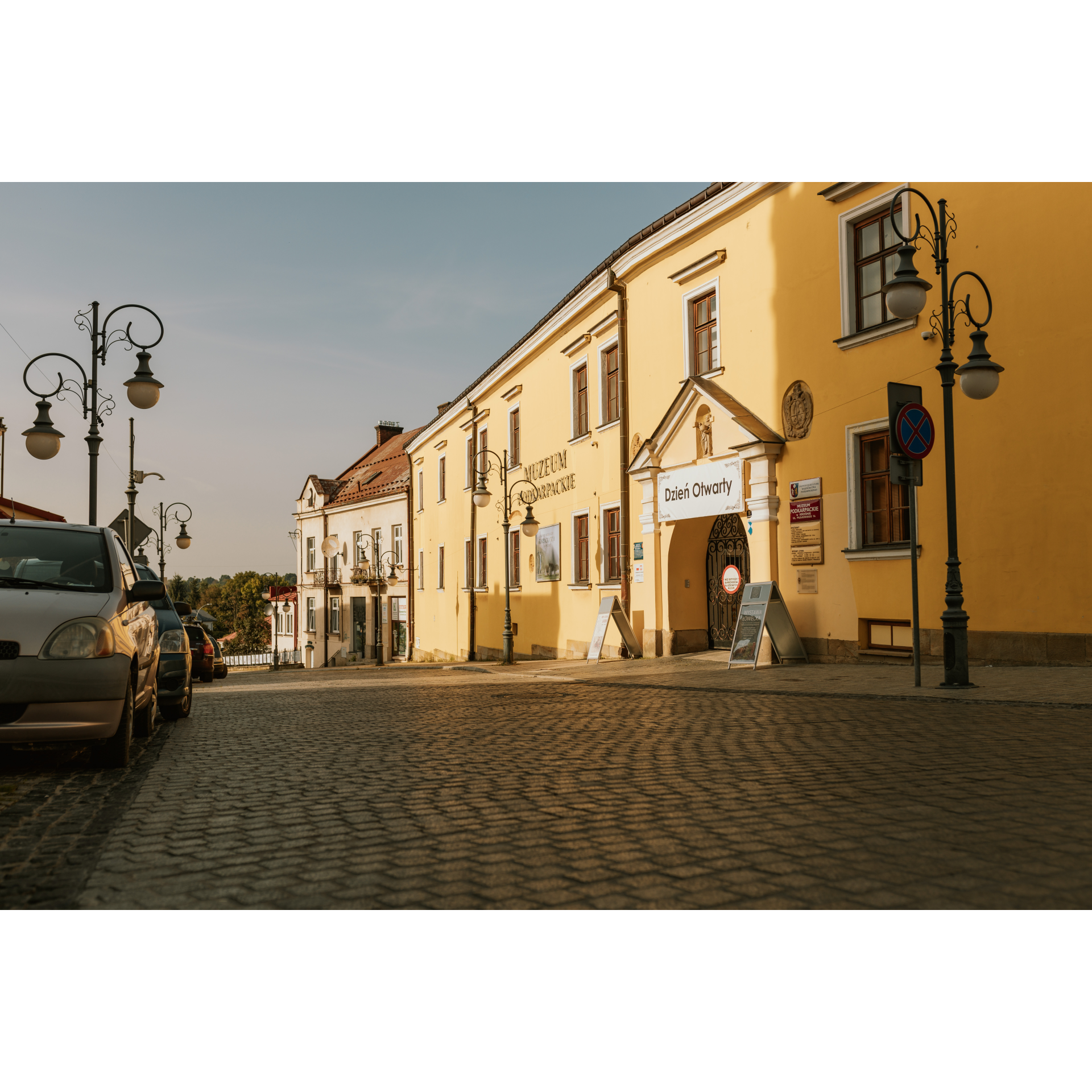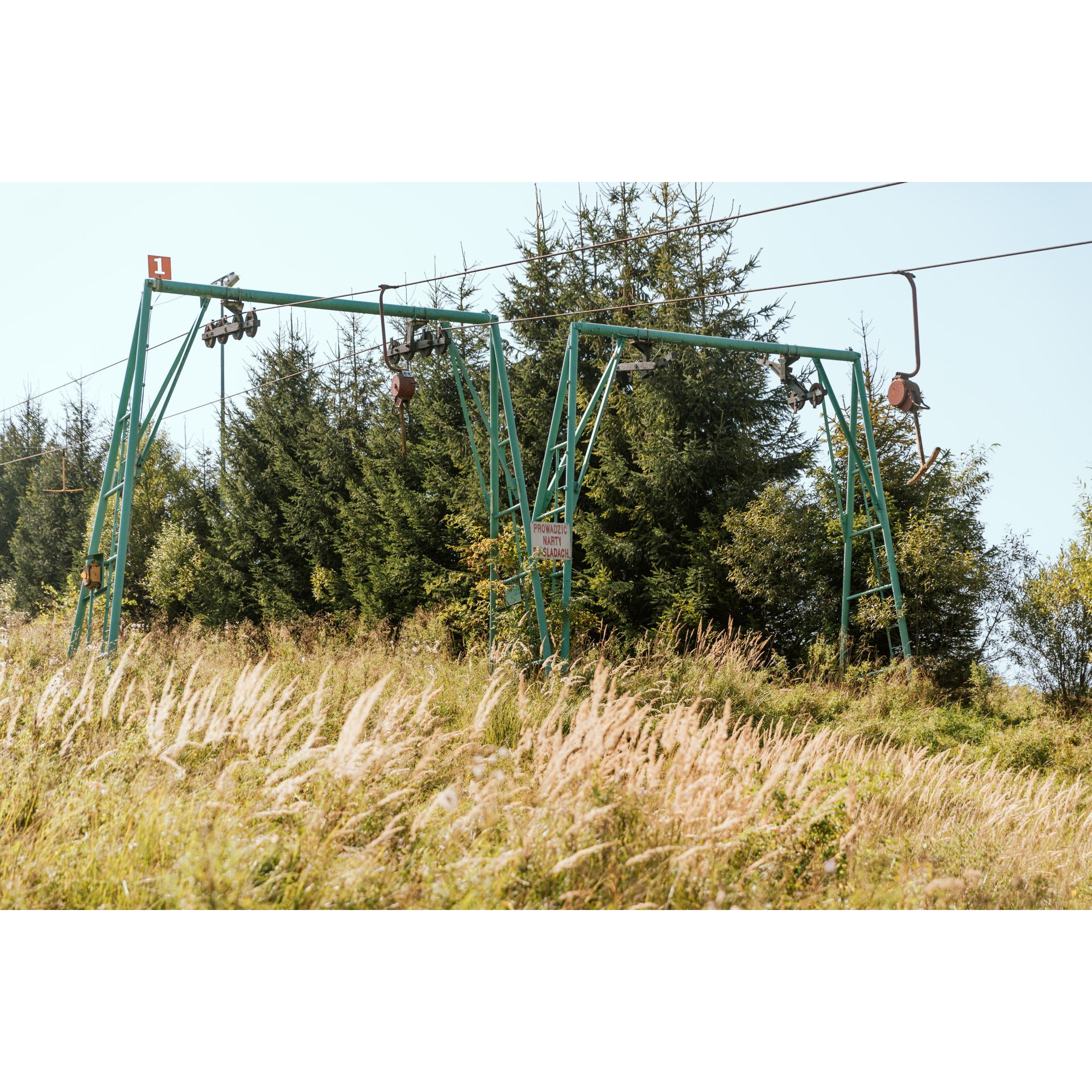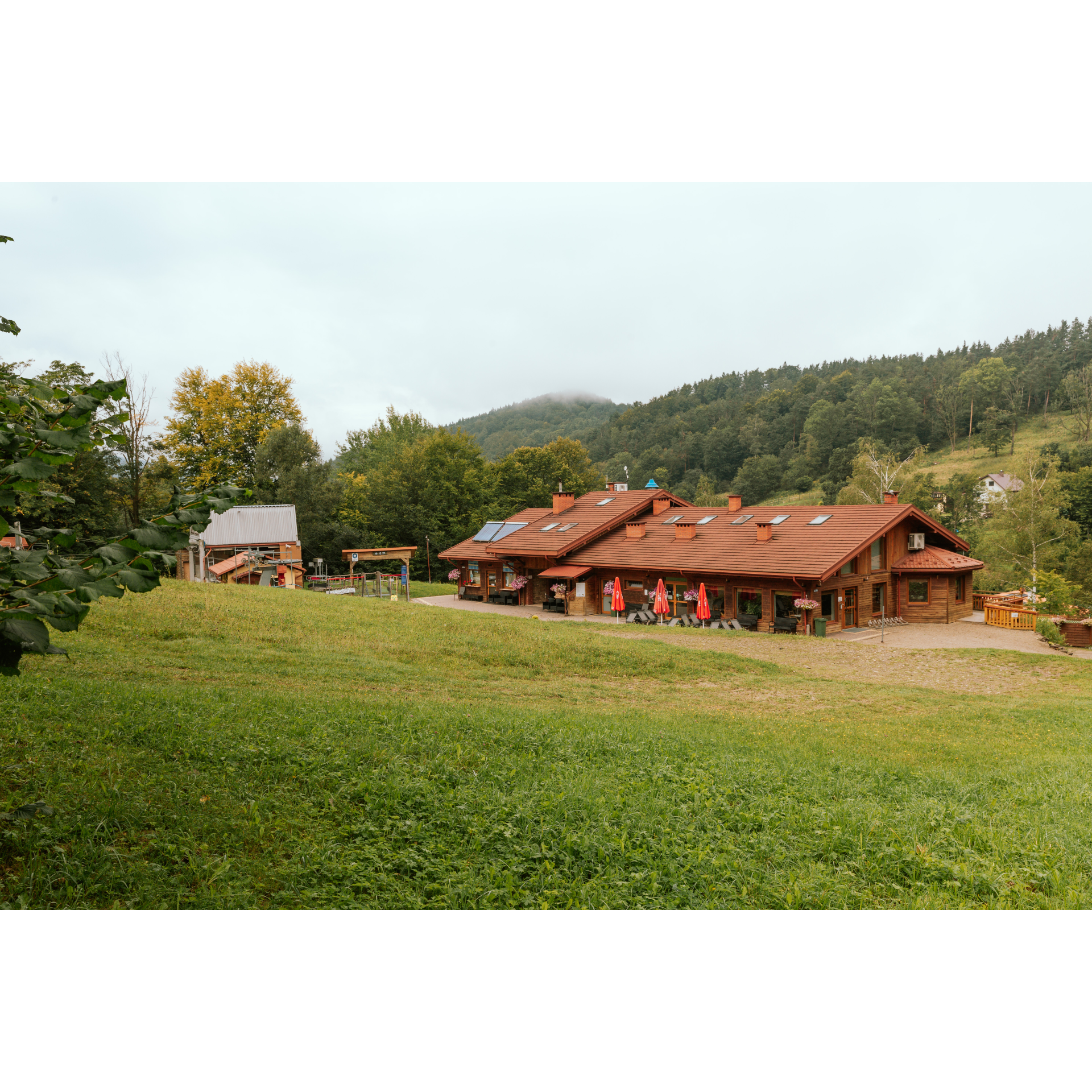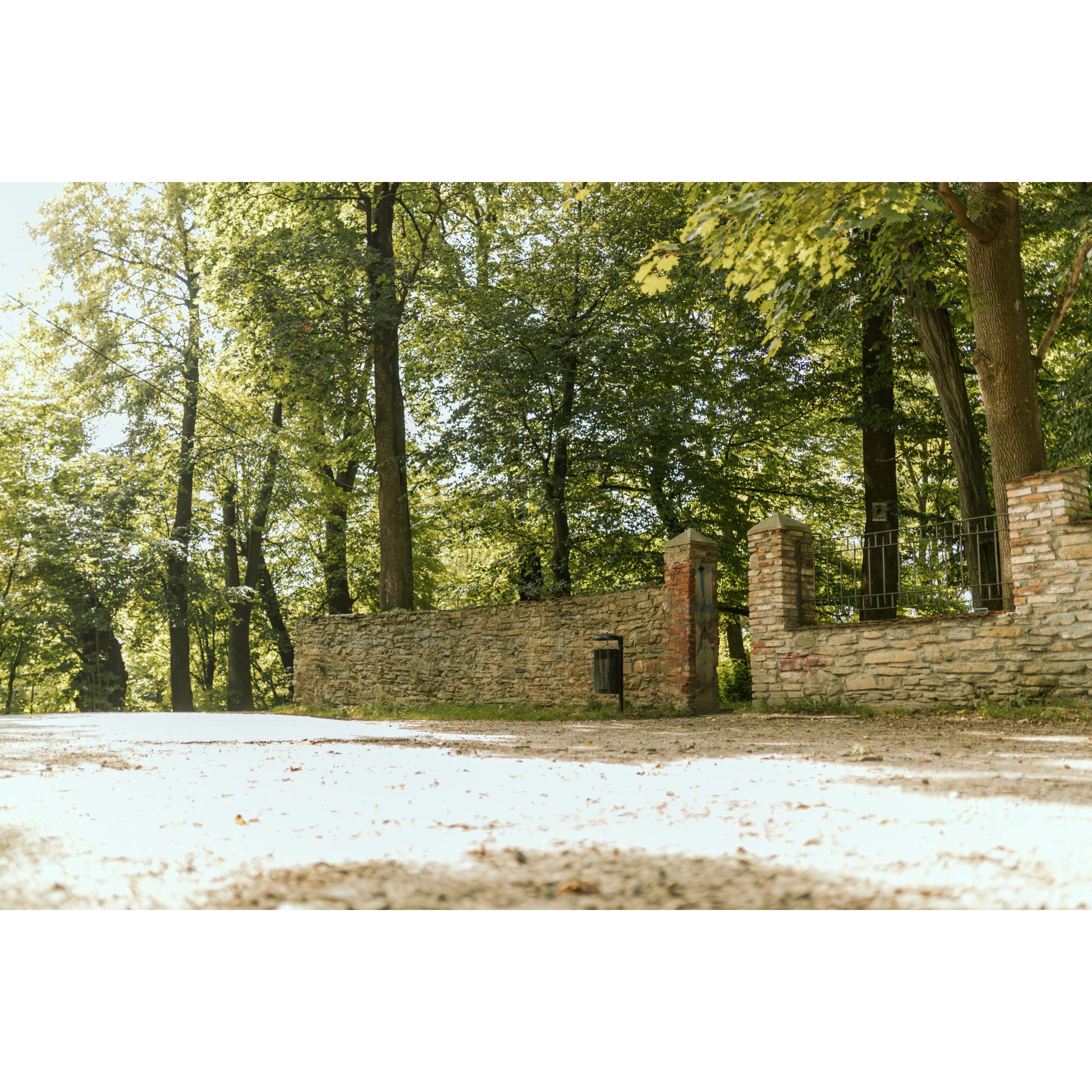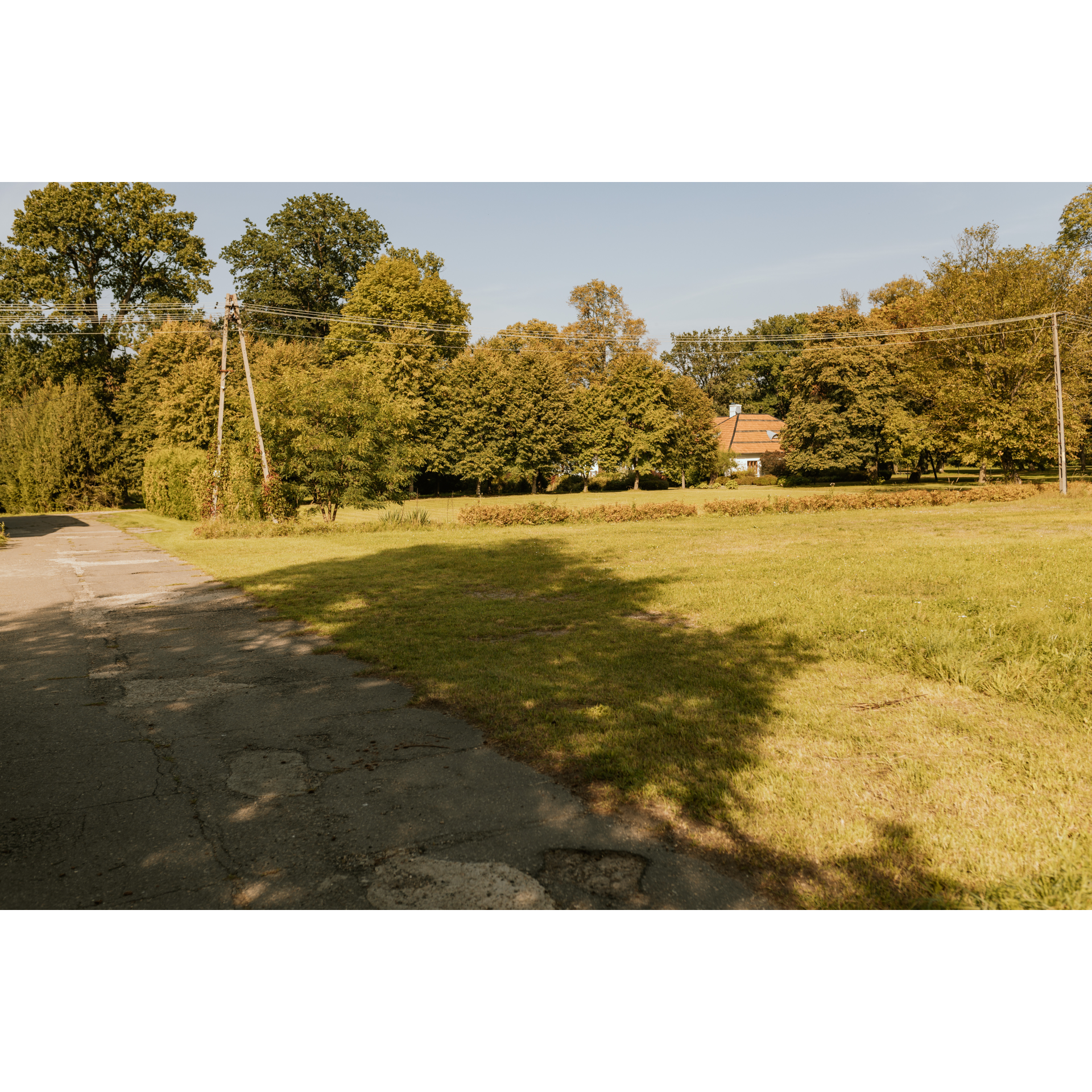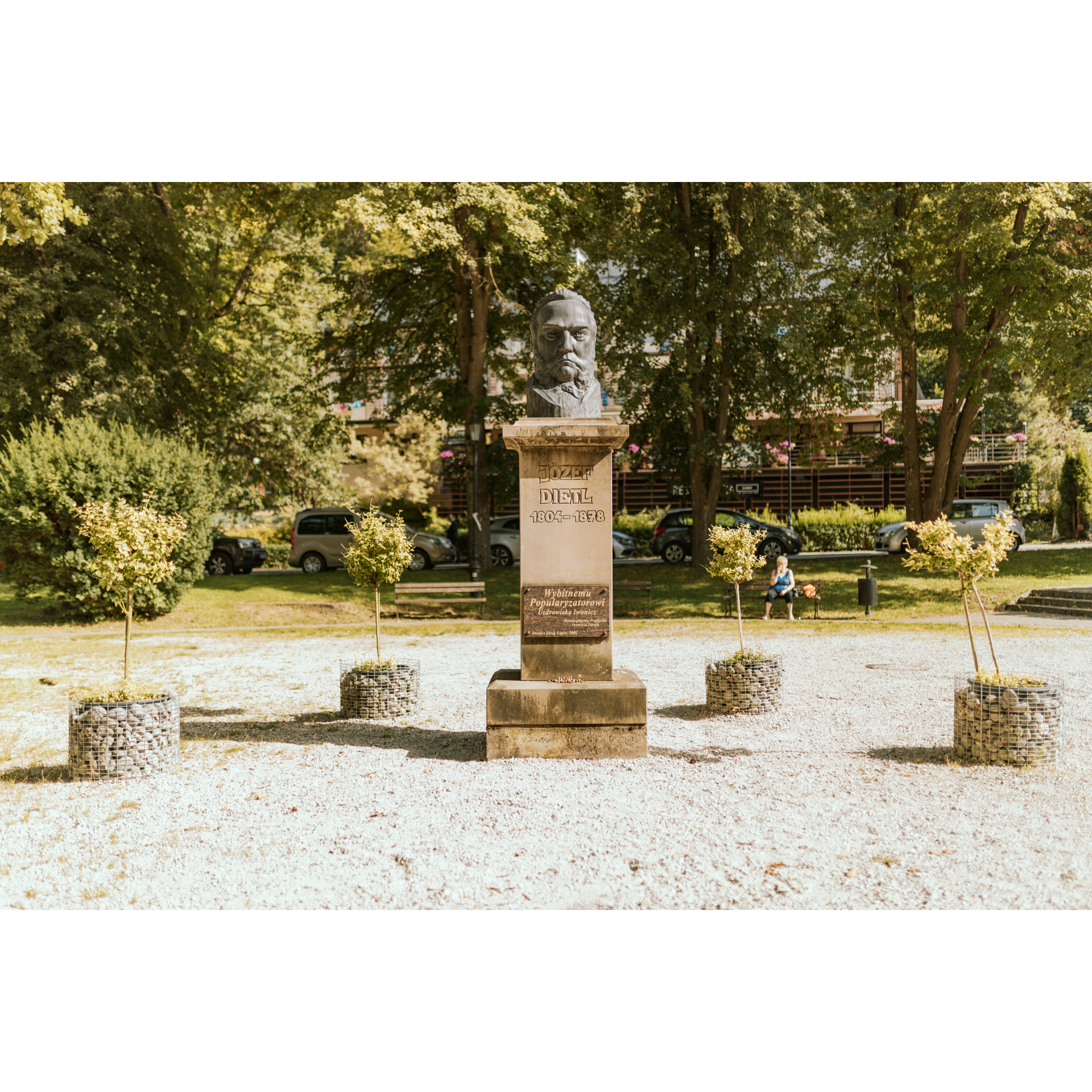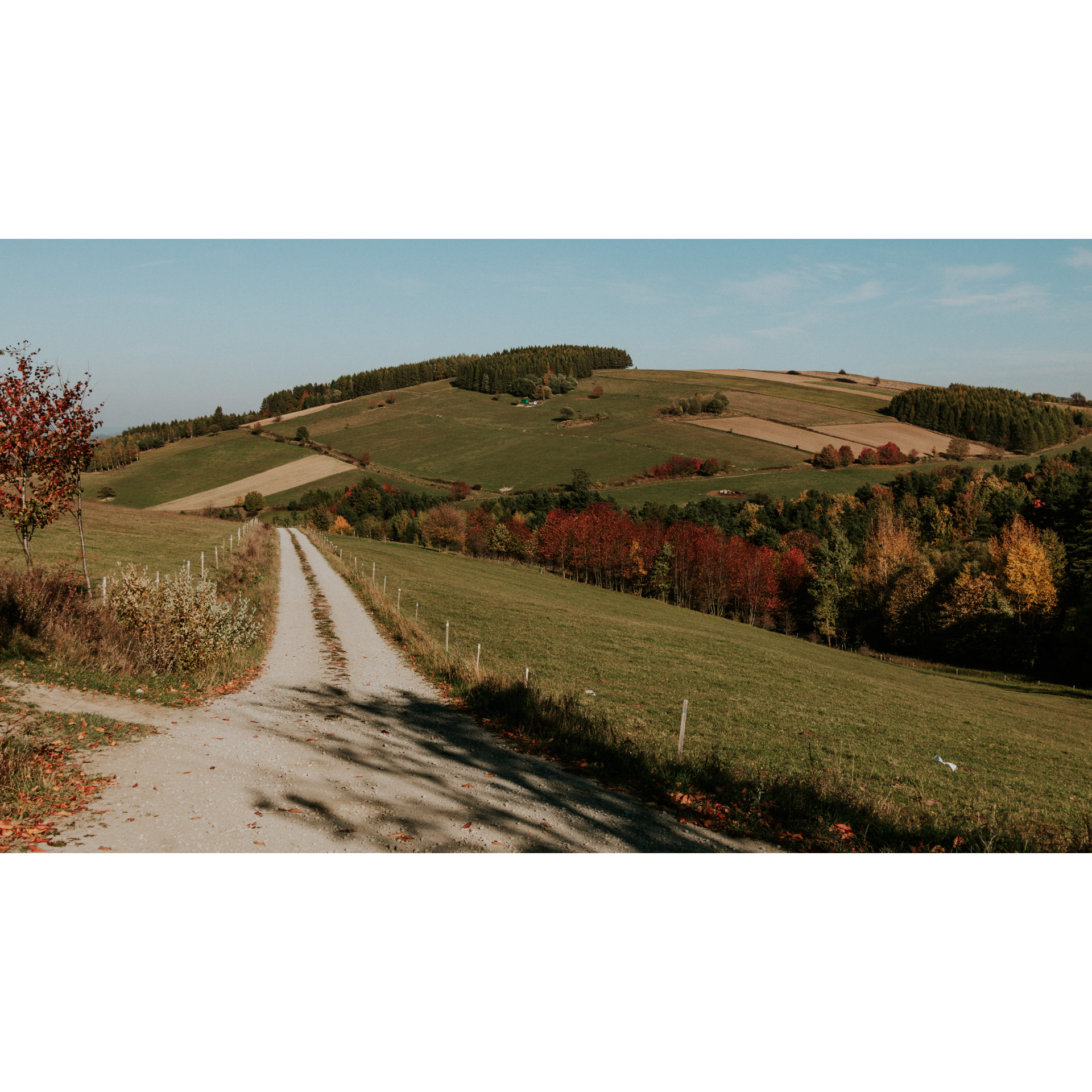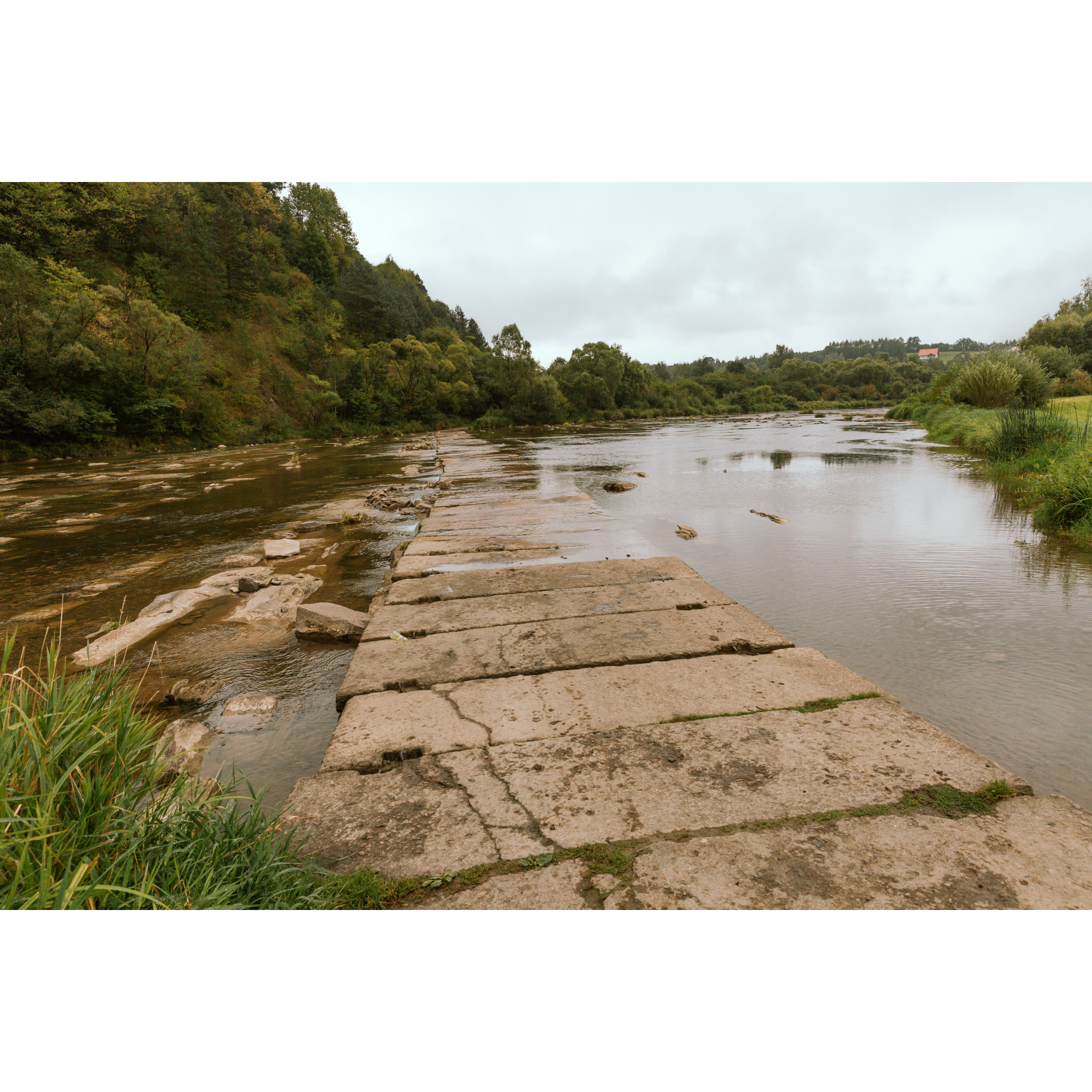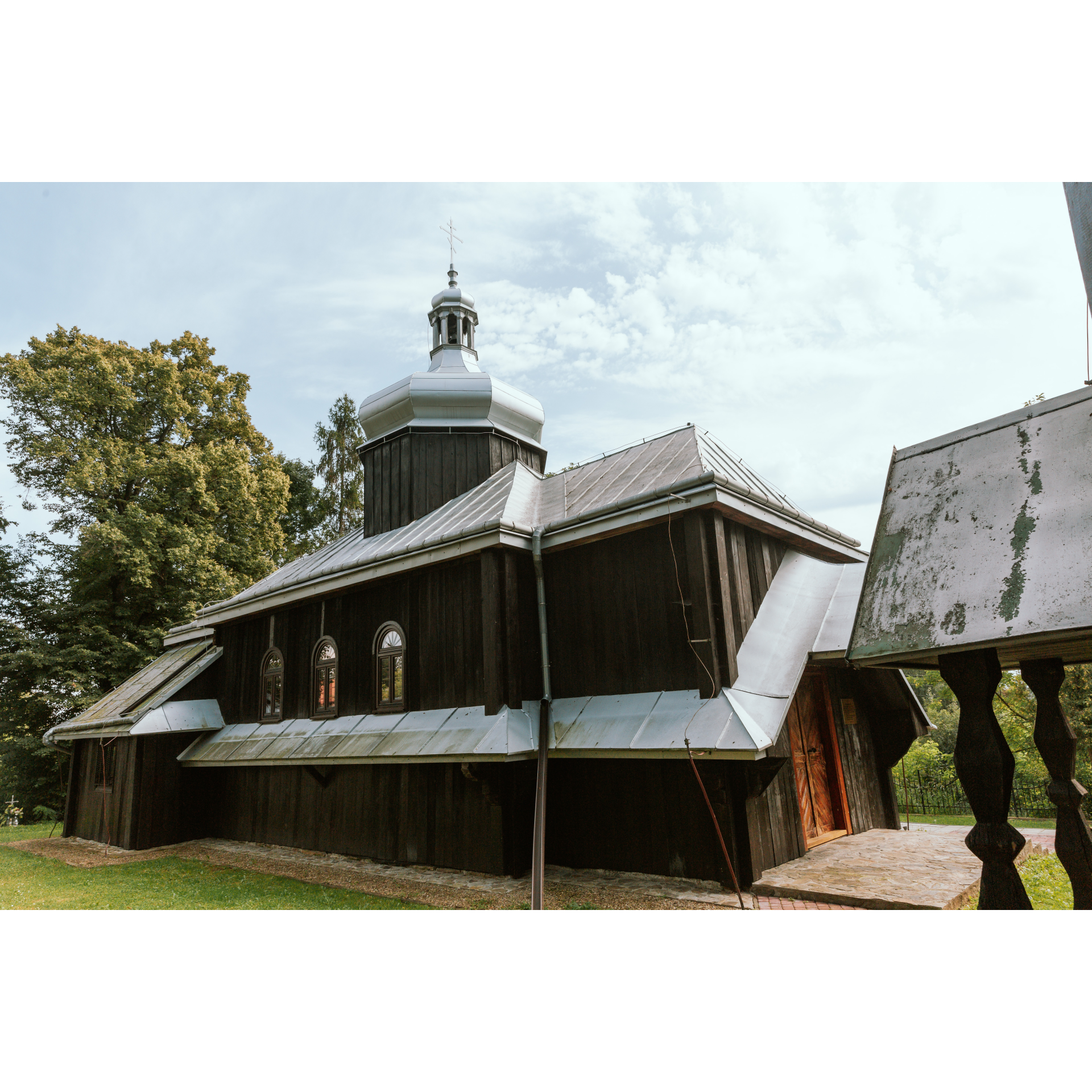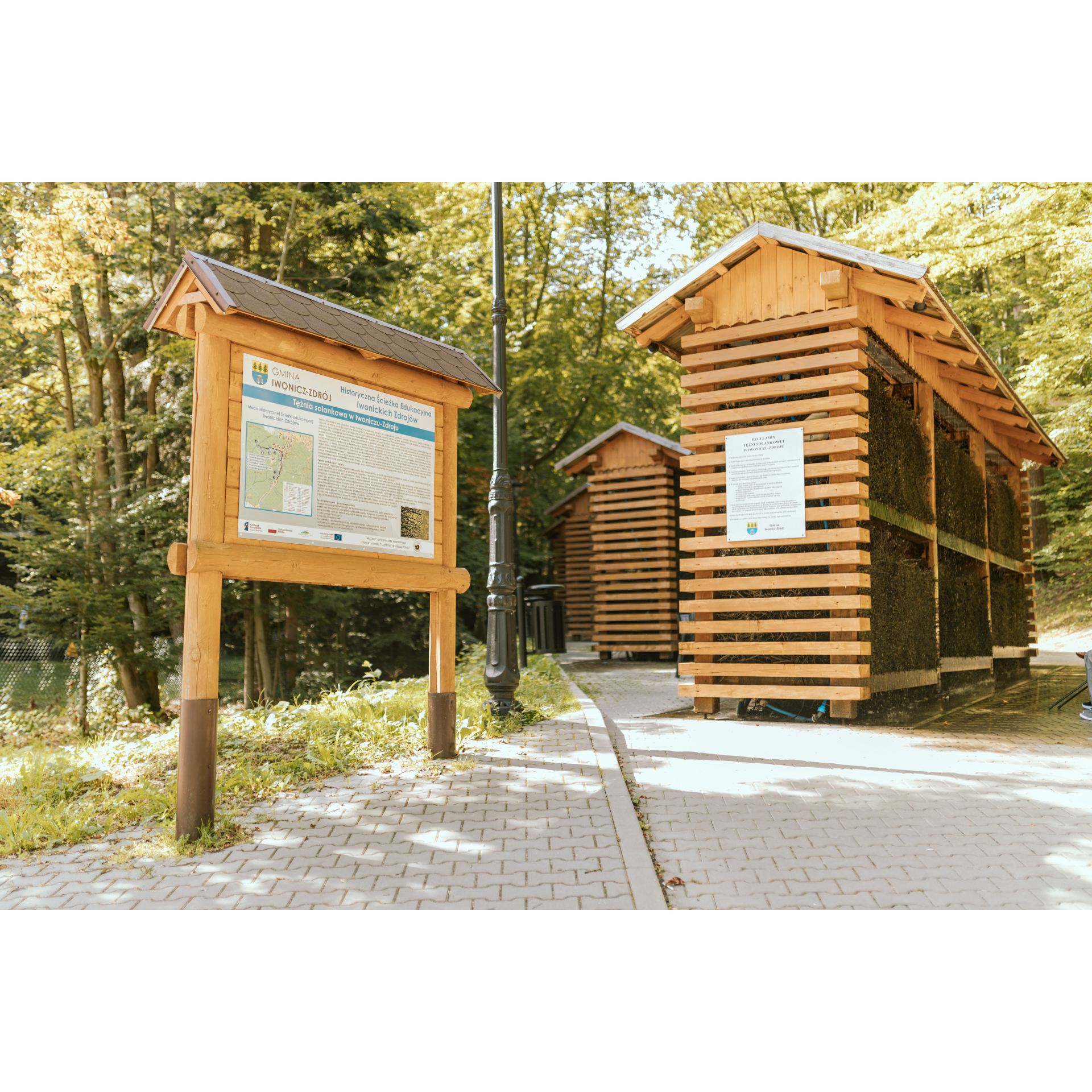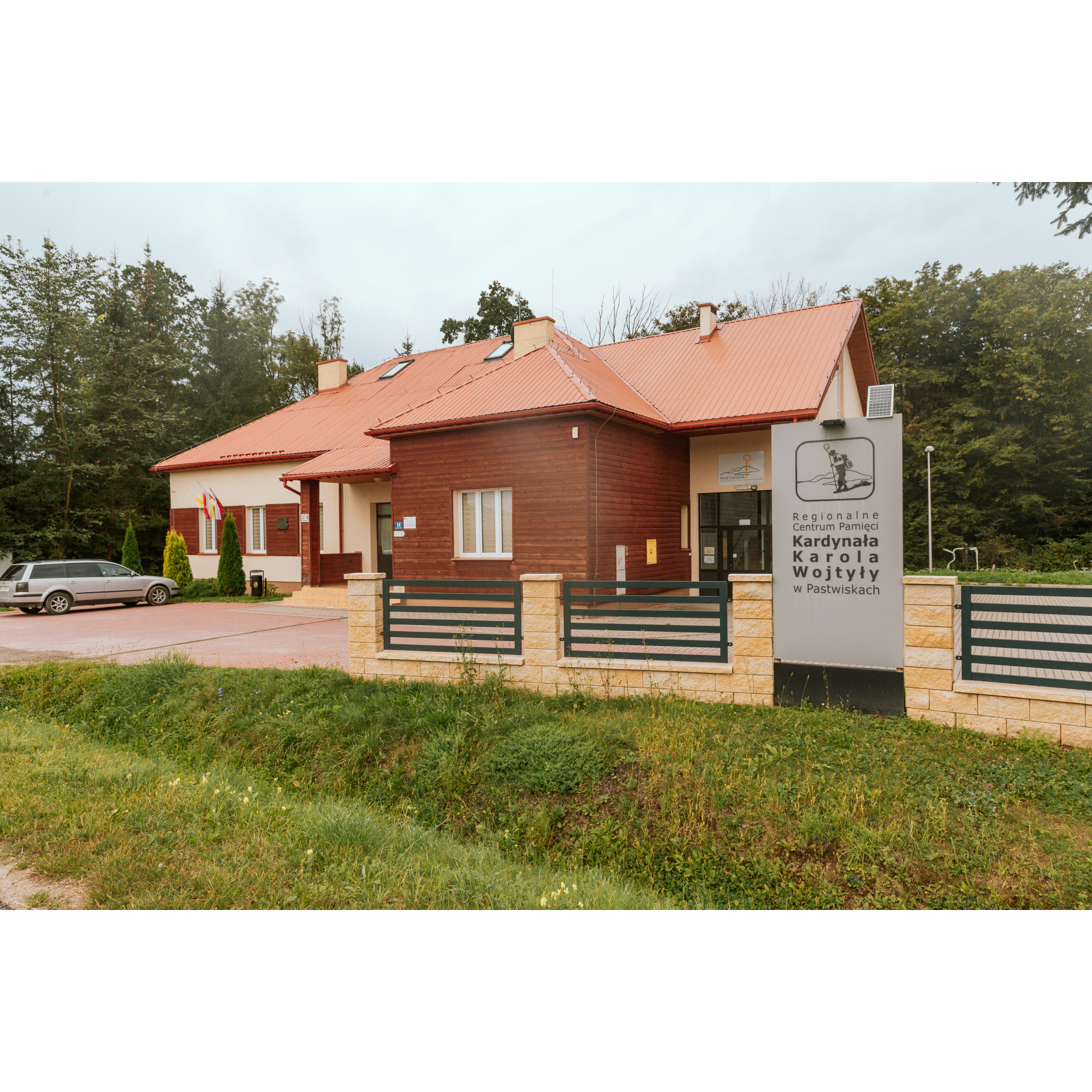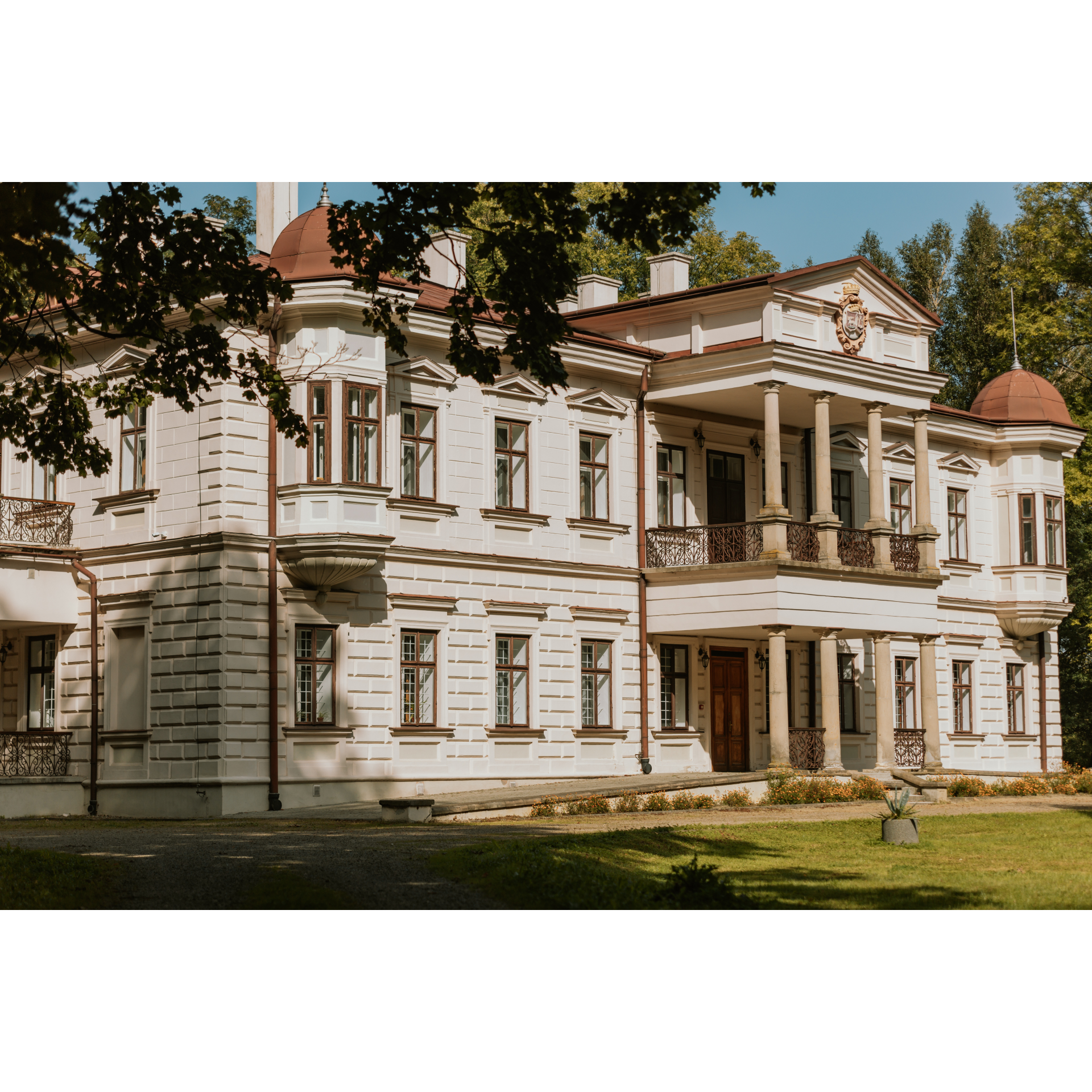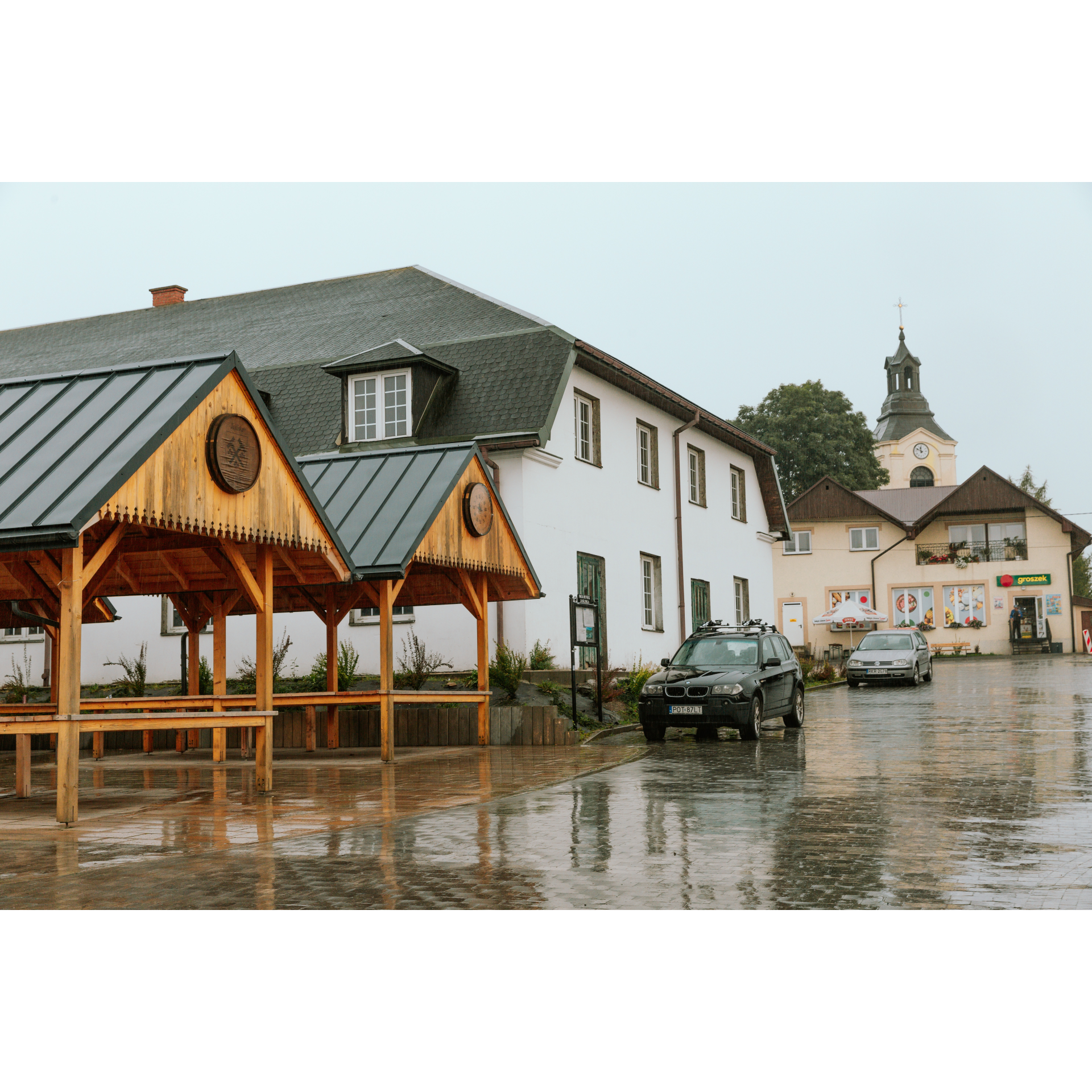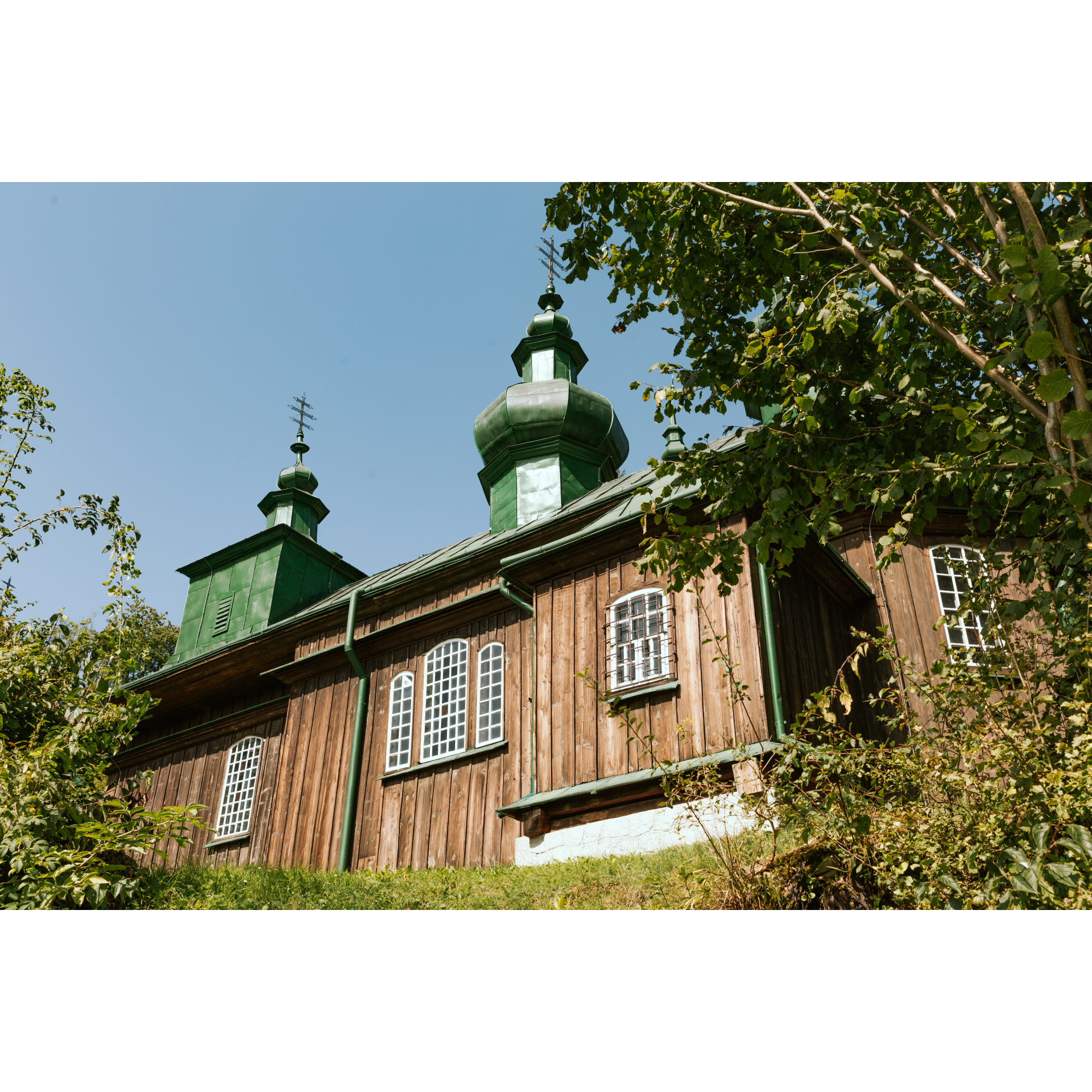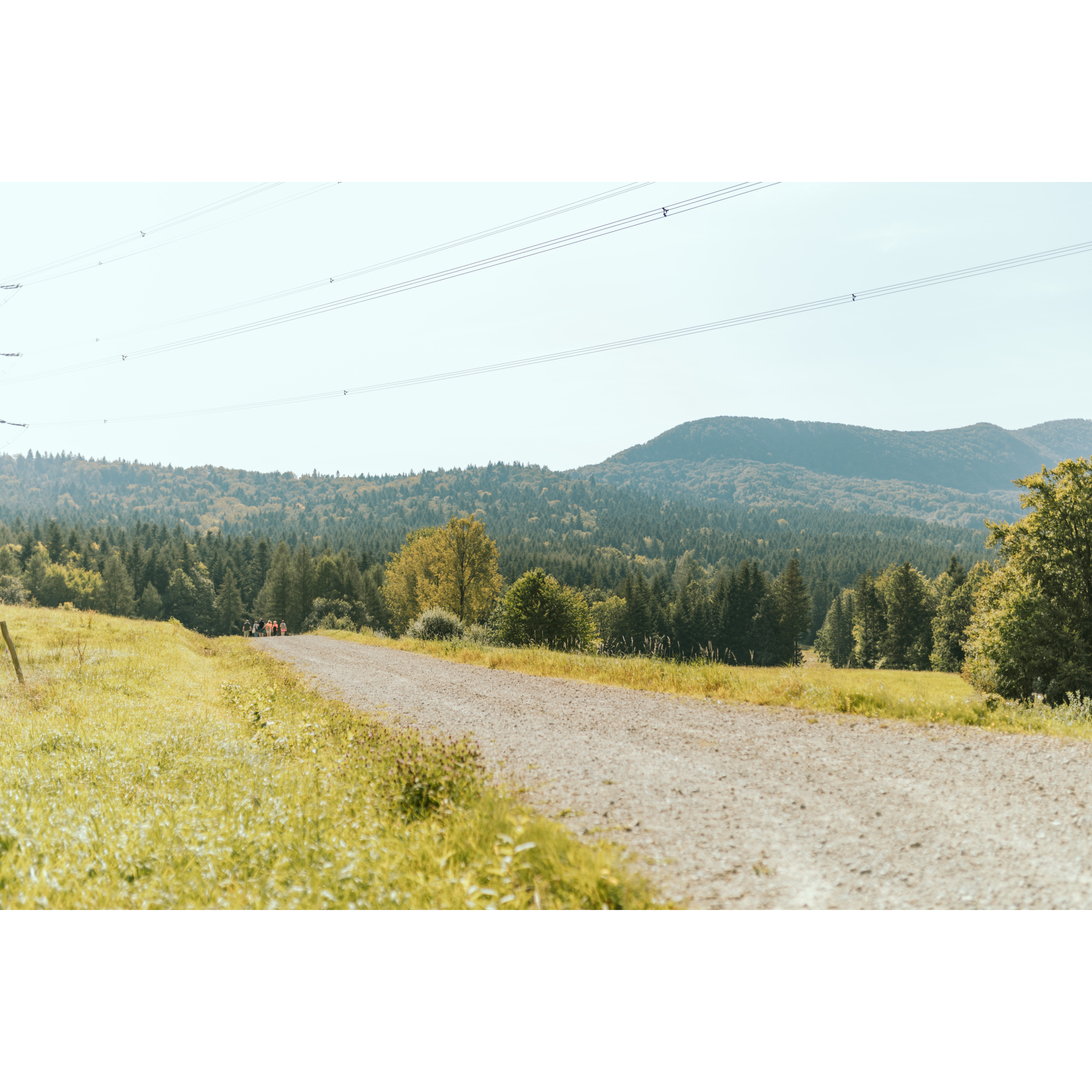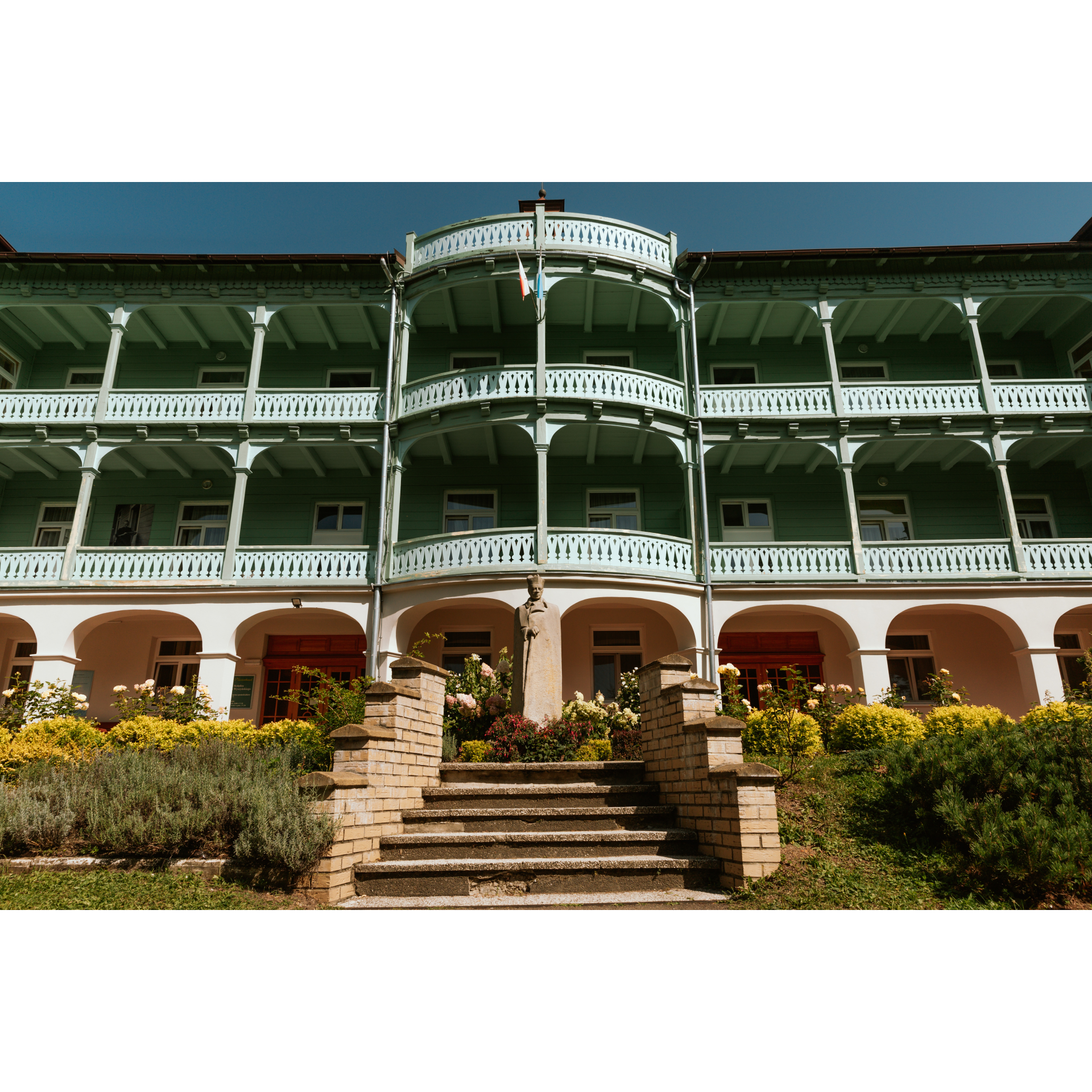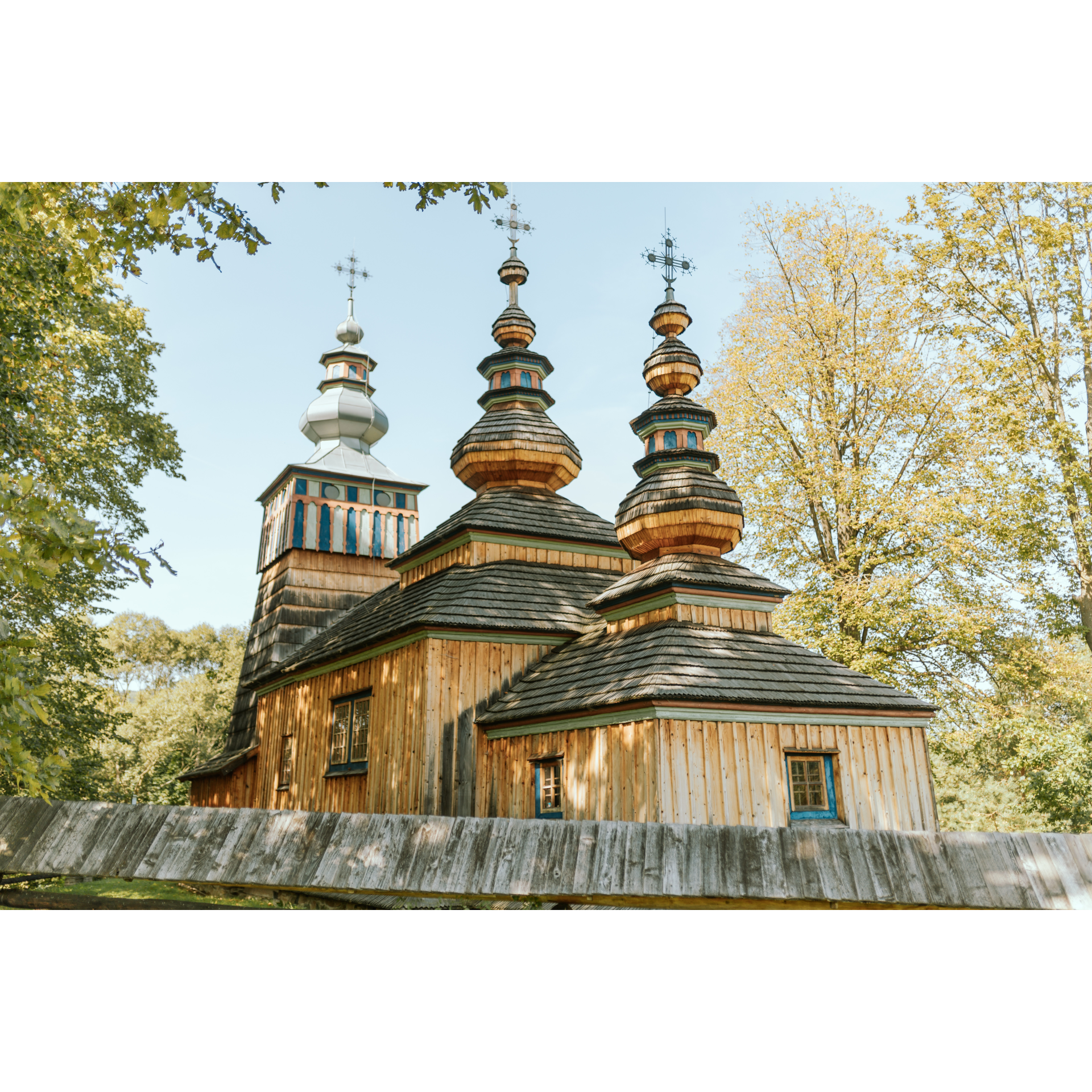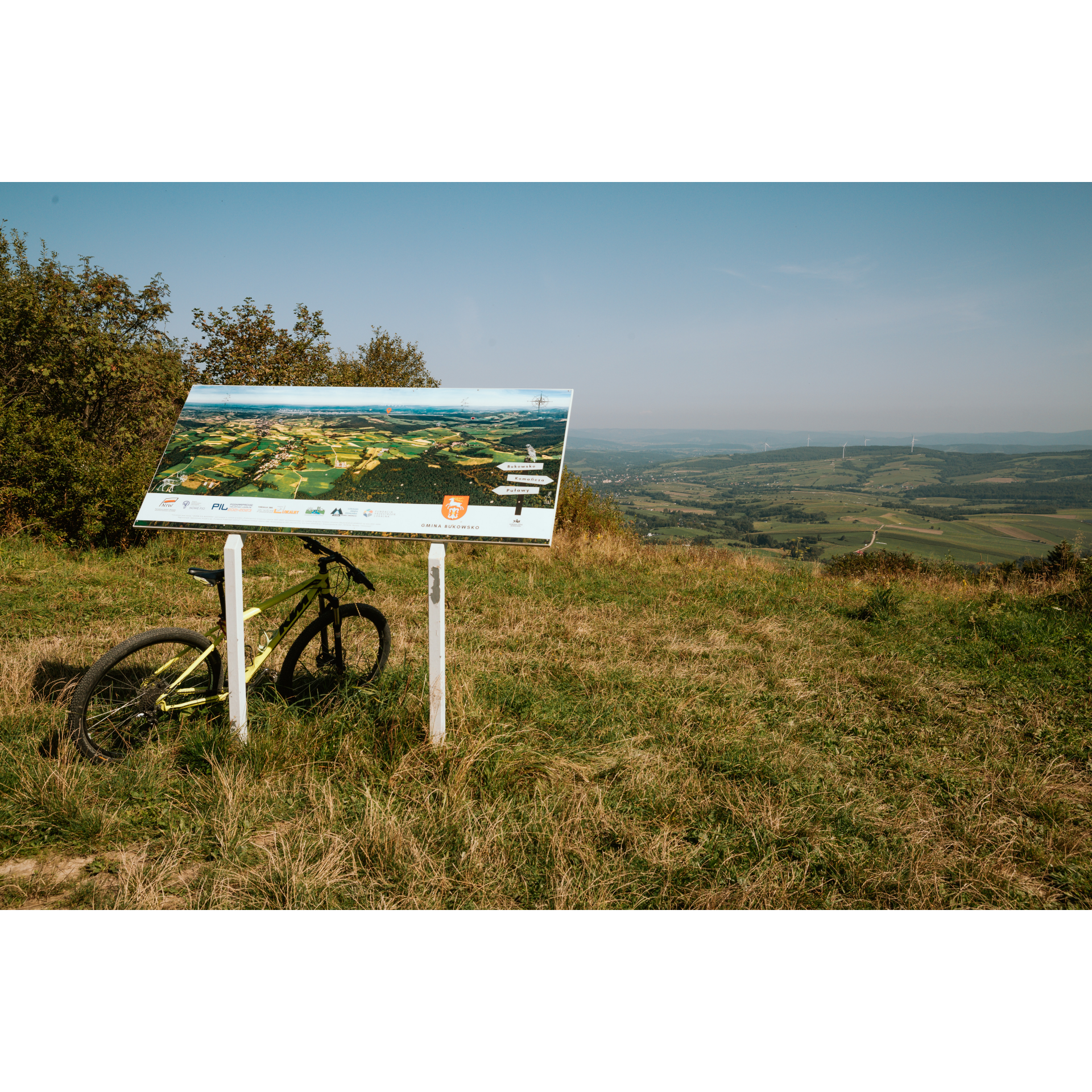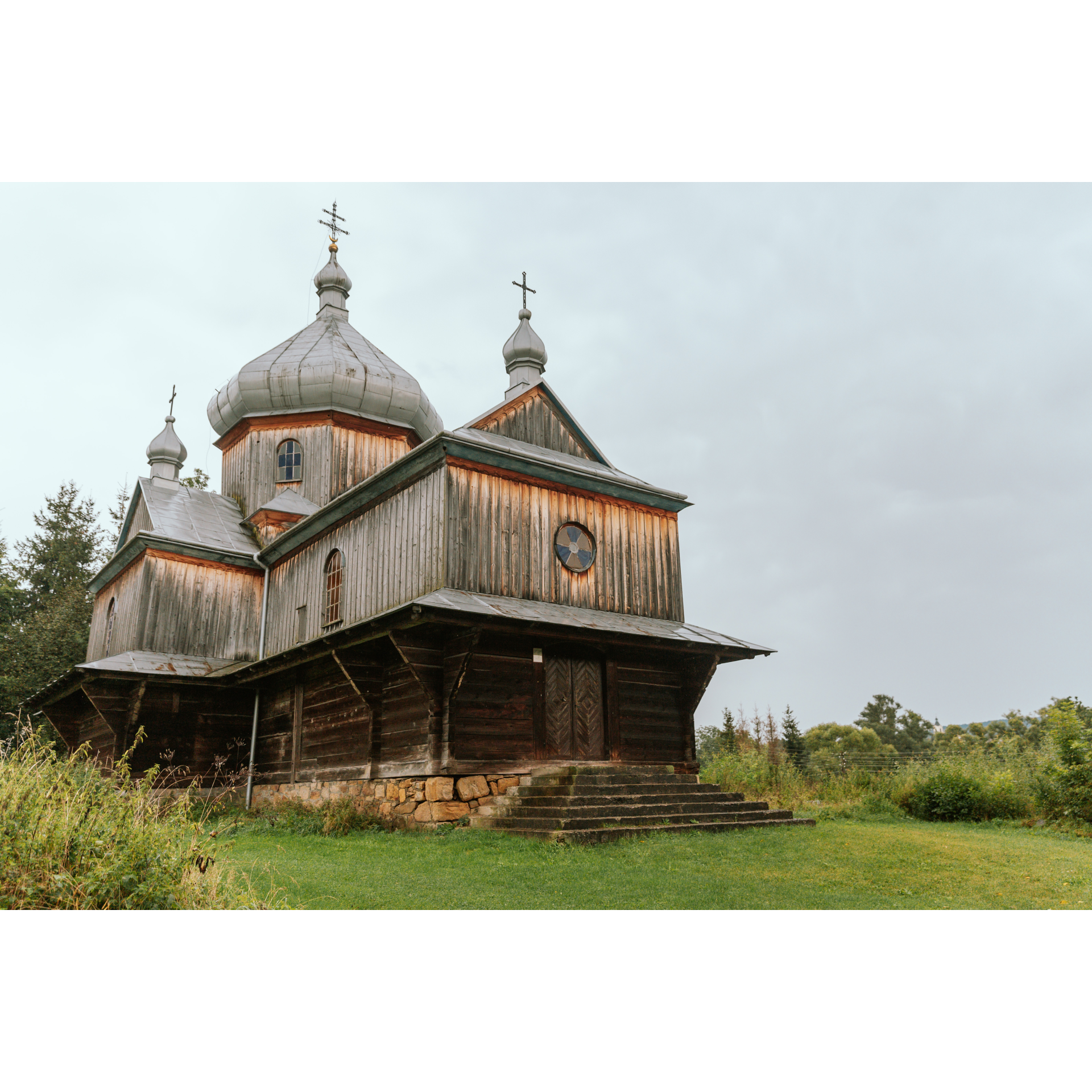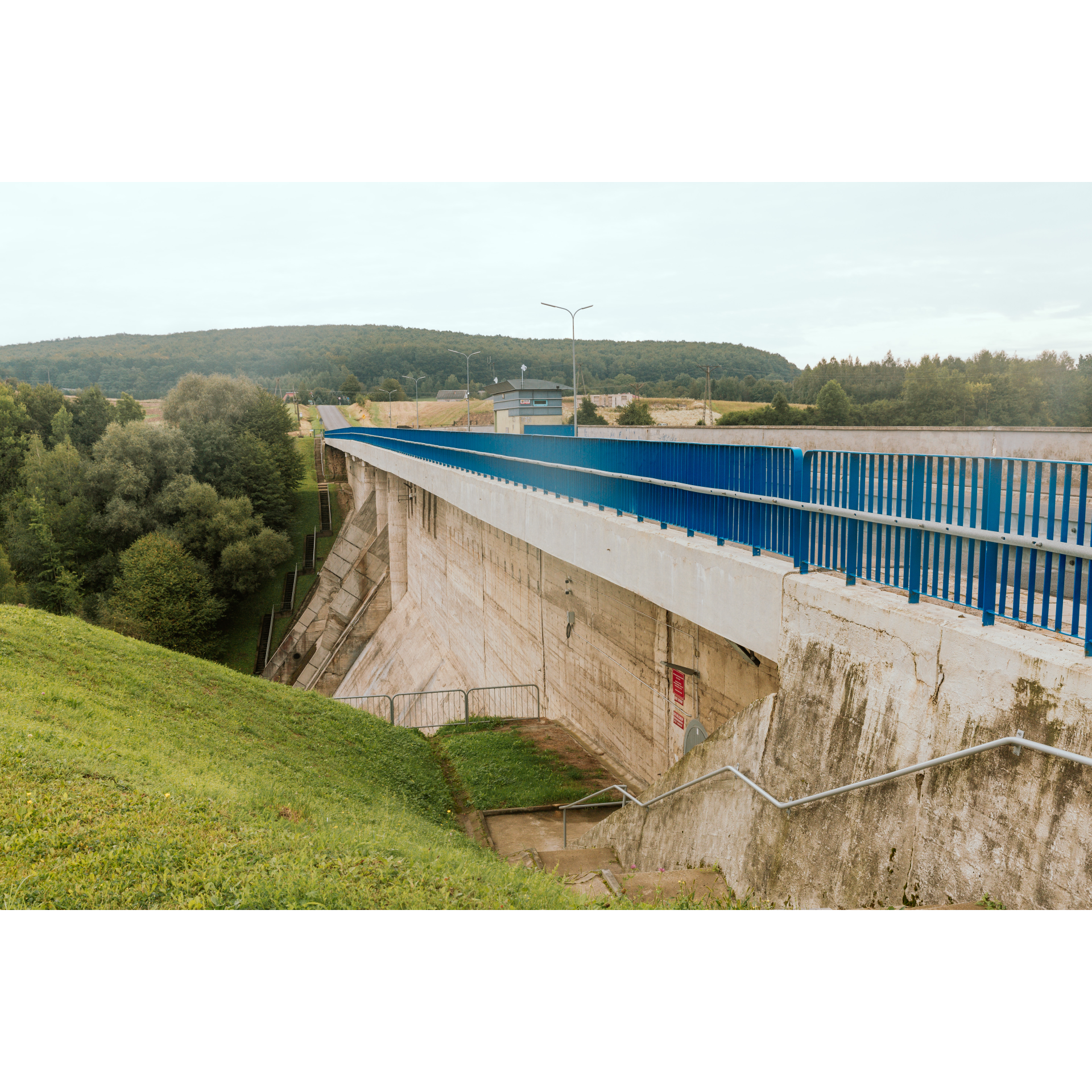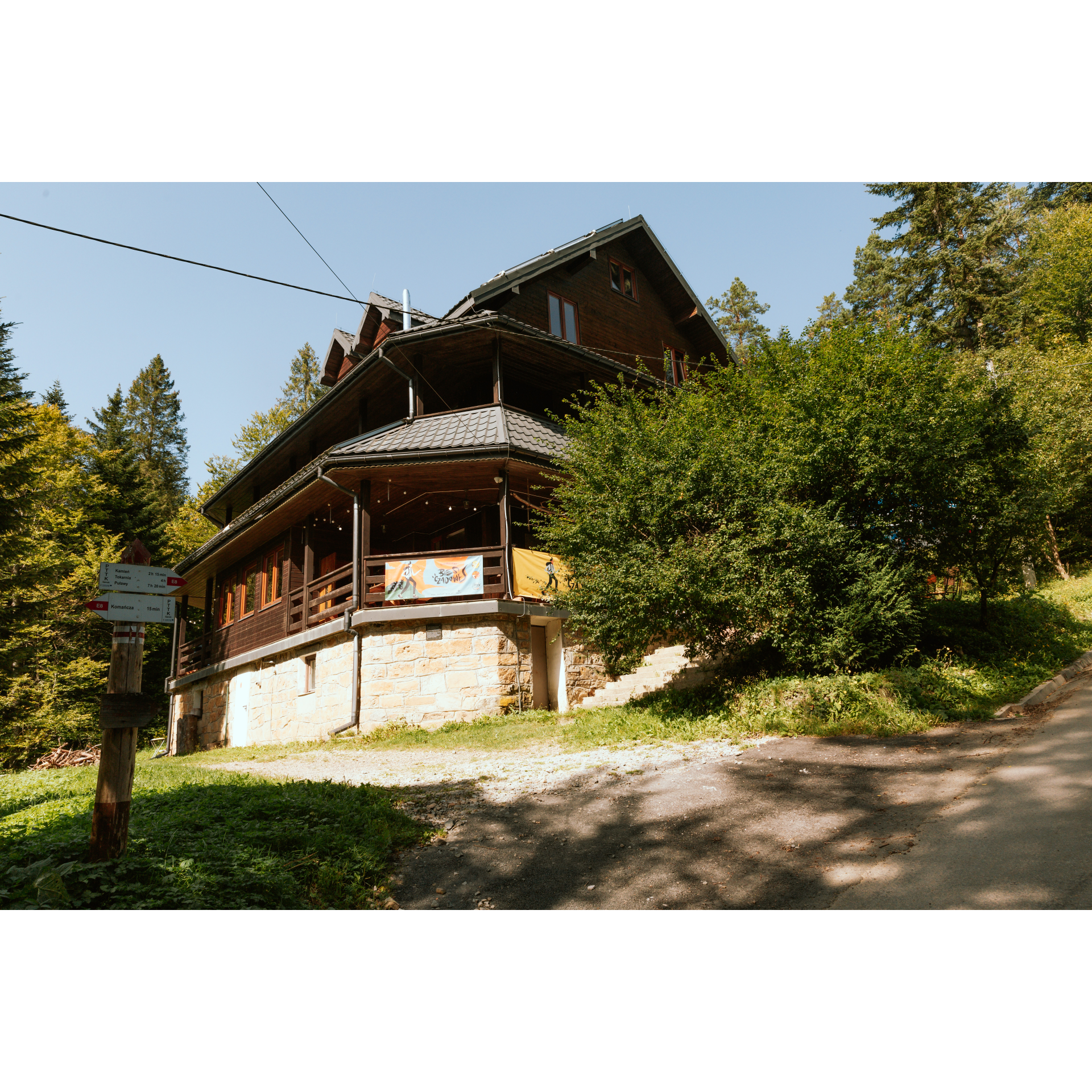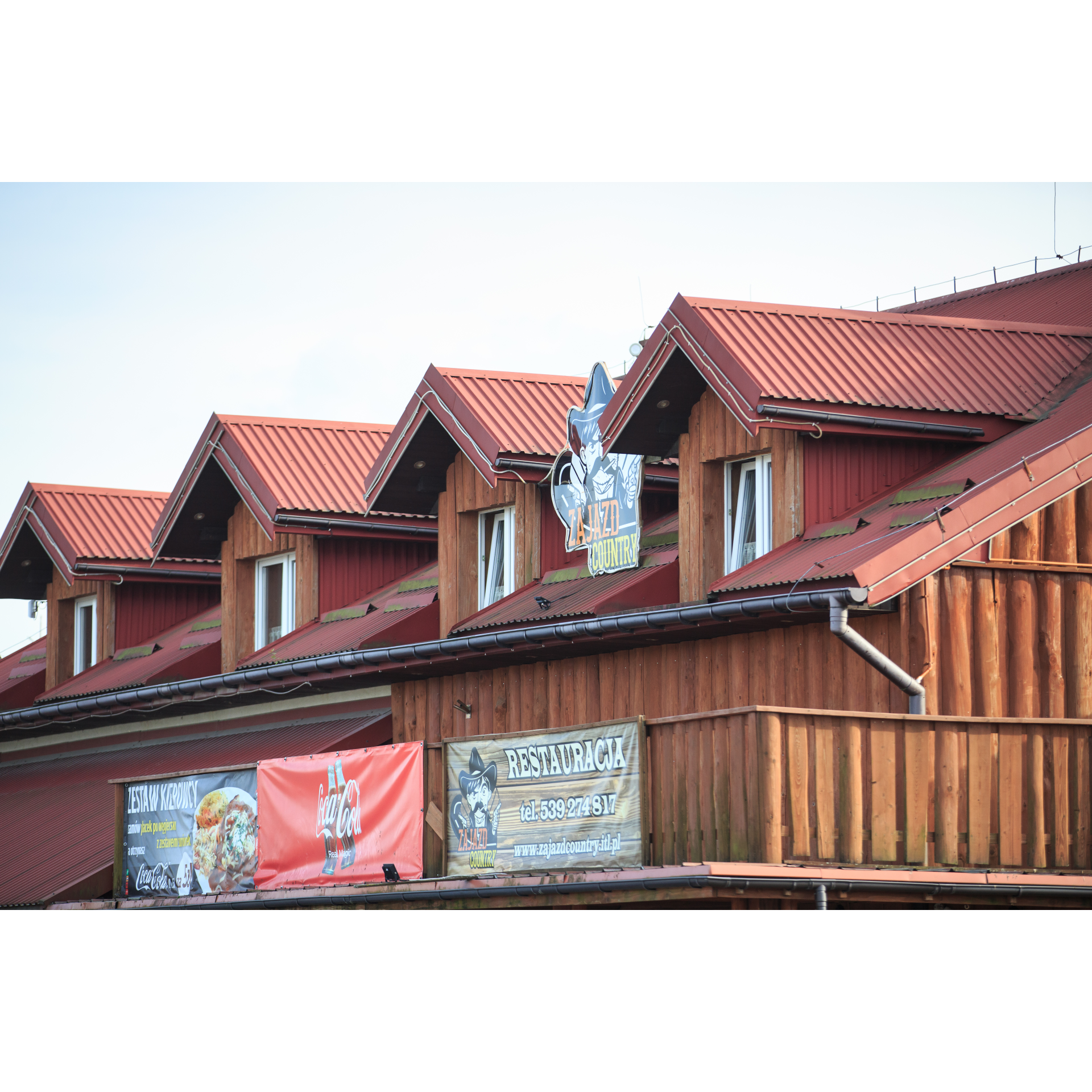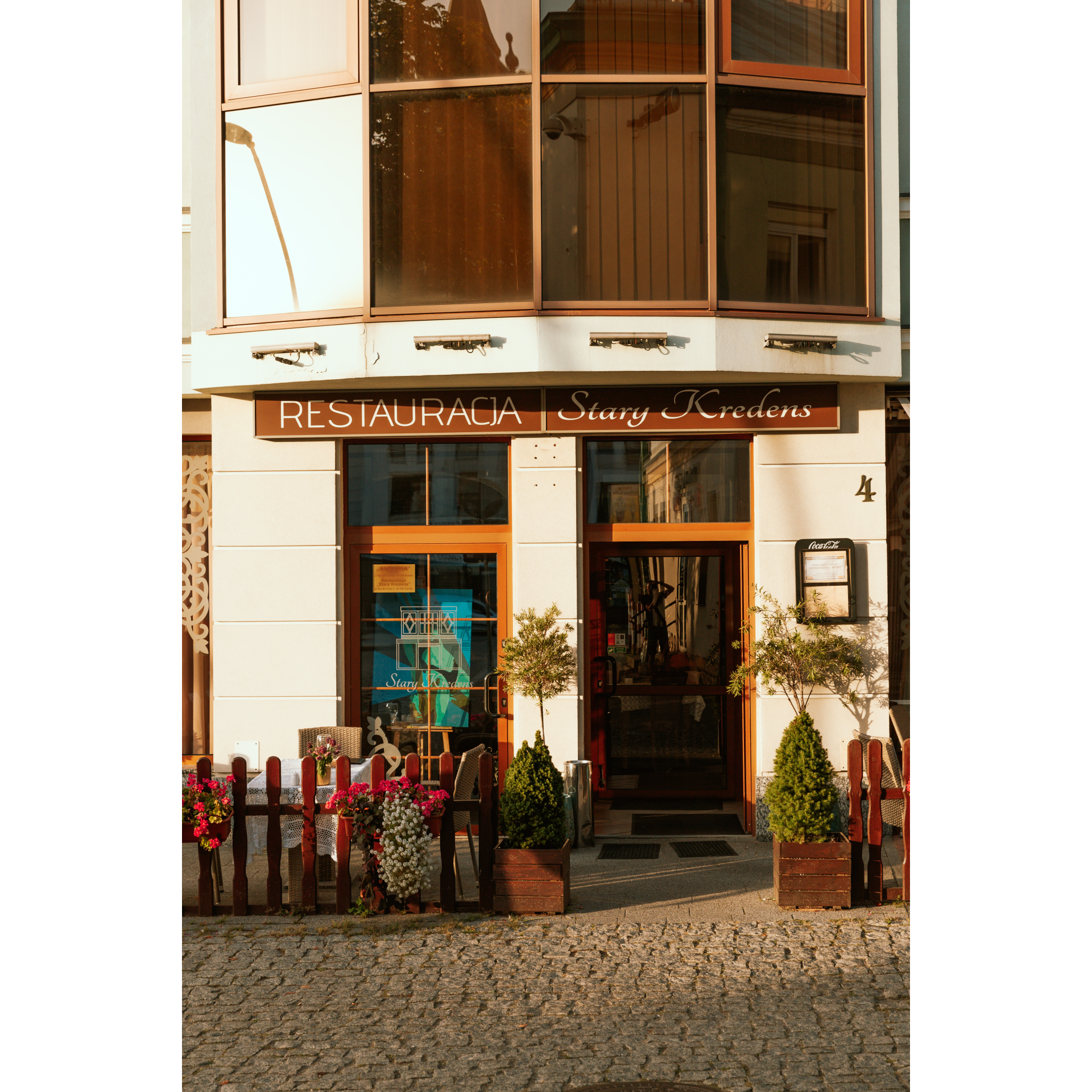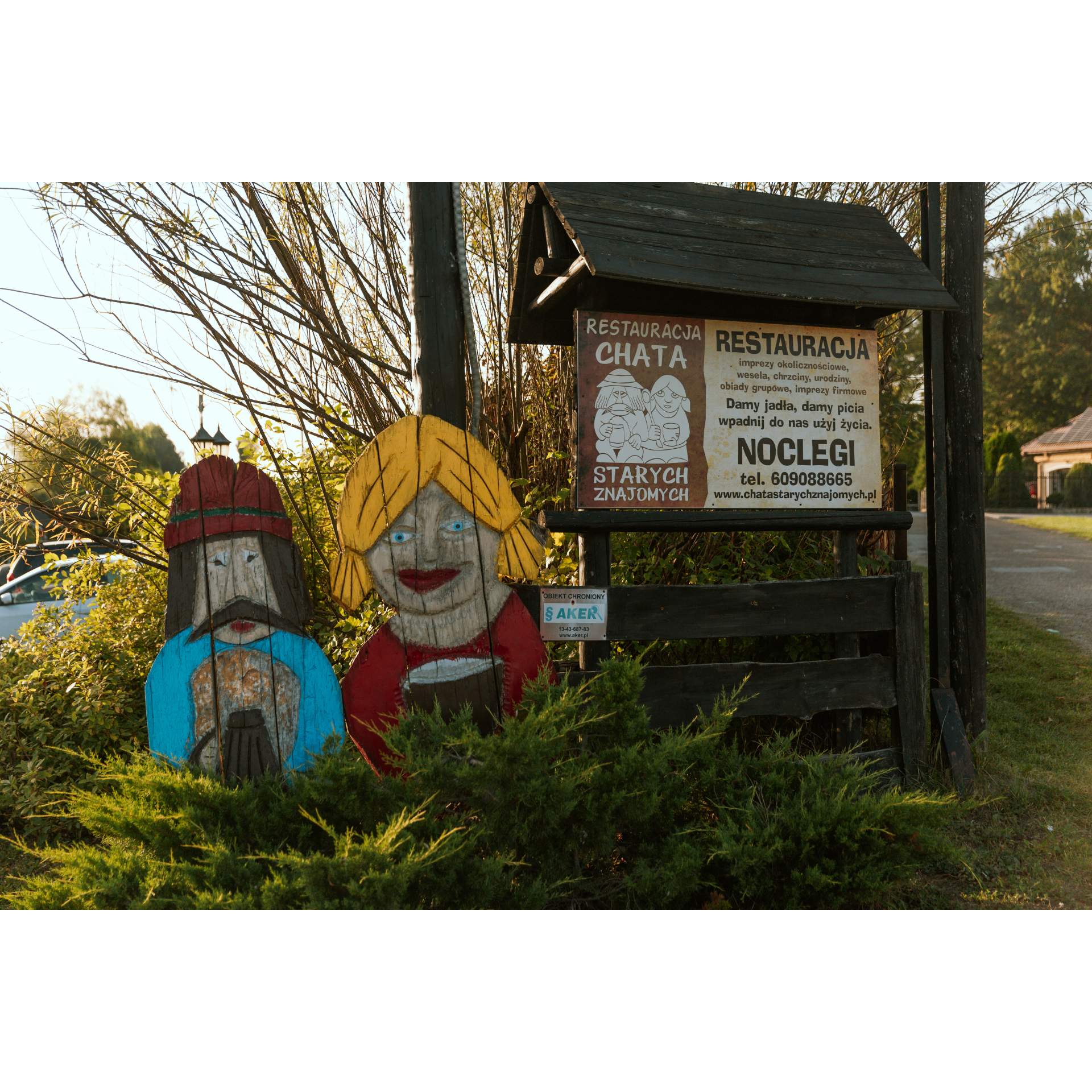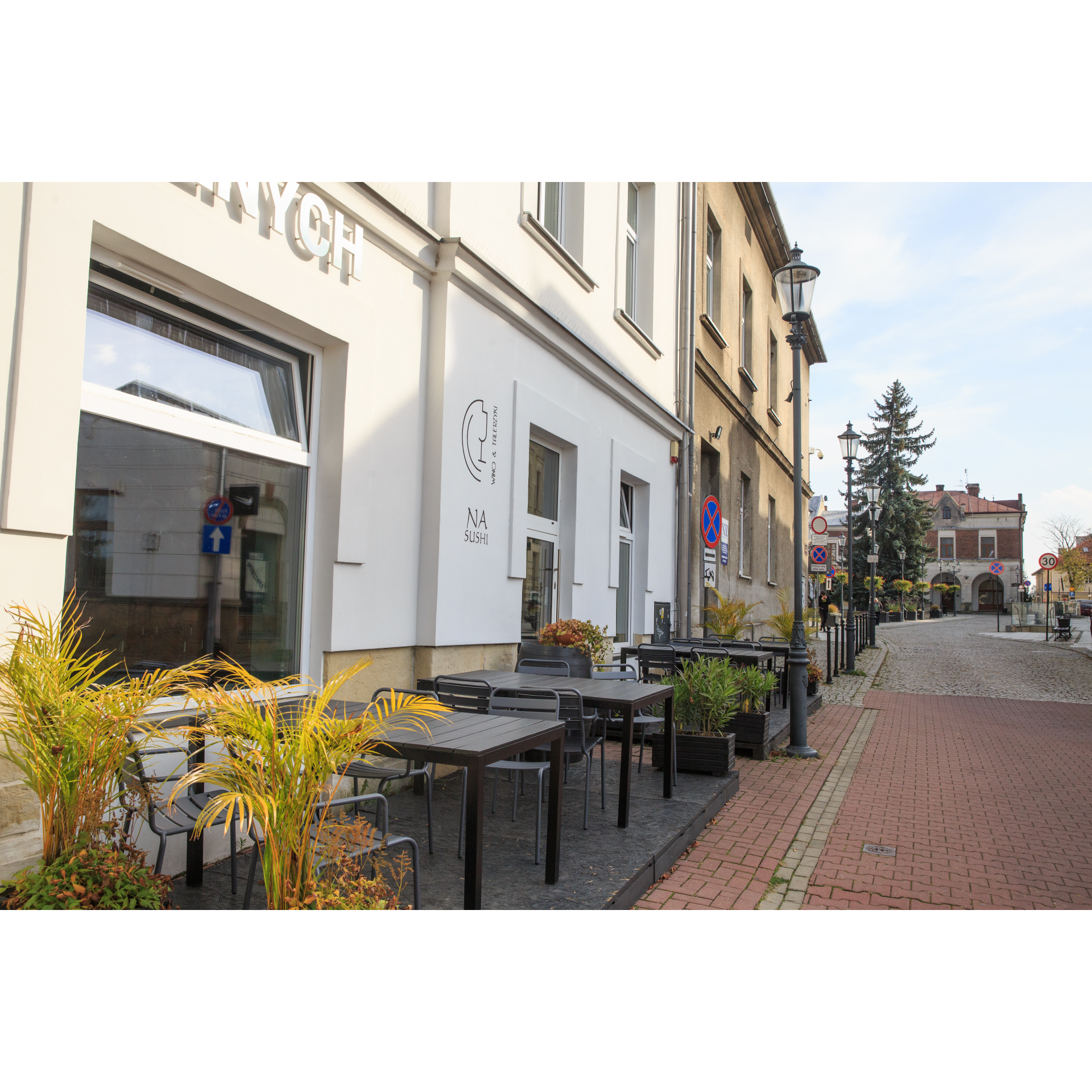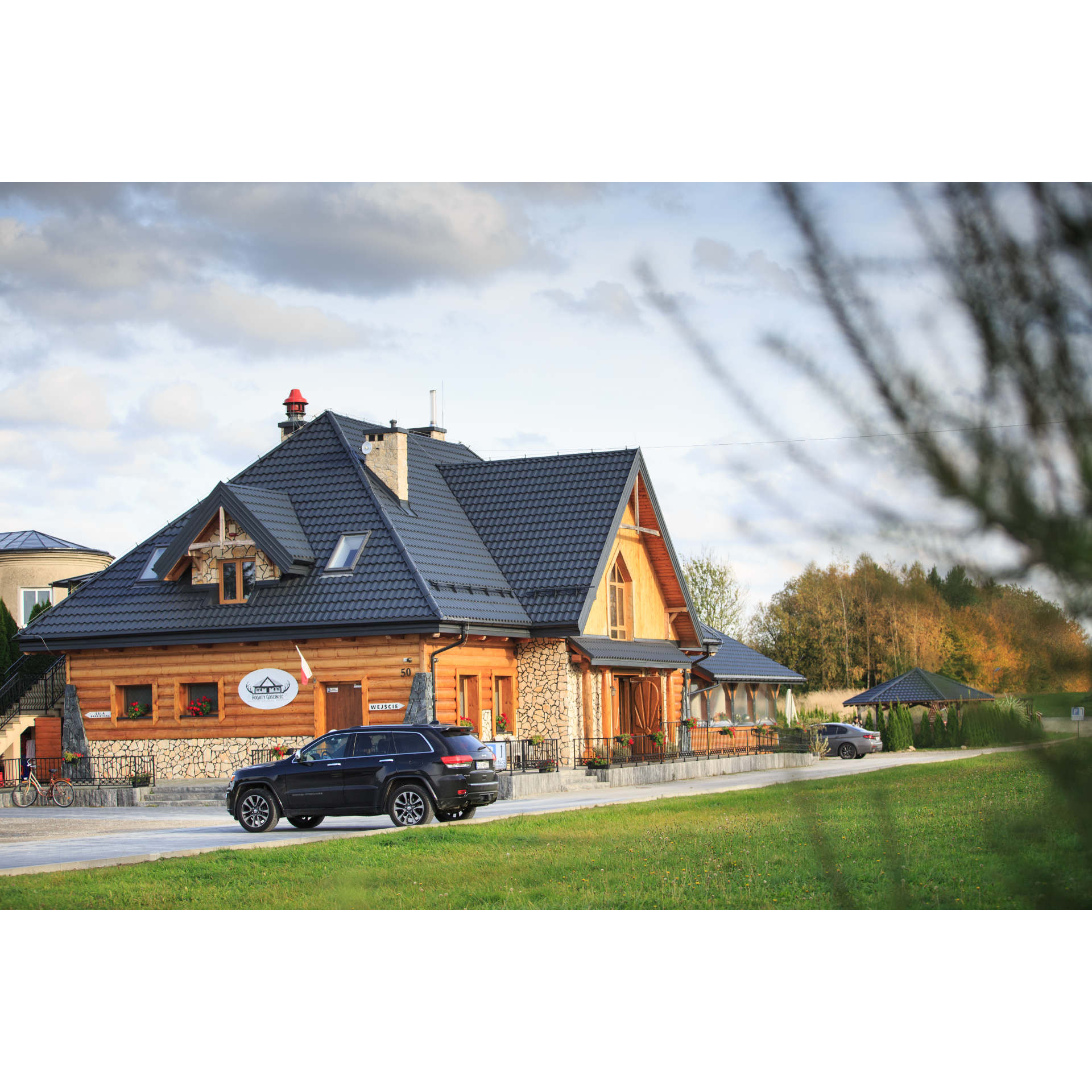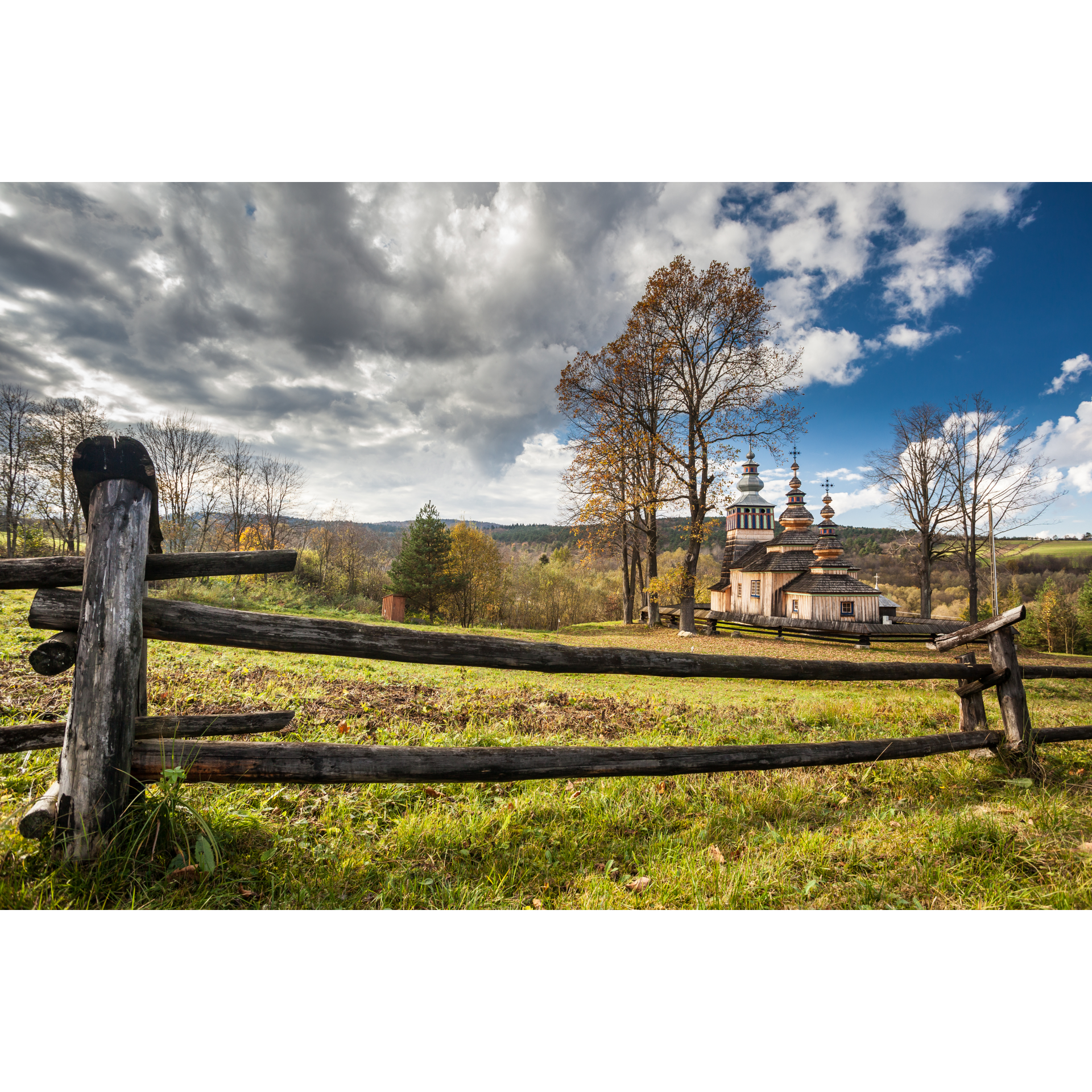
The Low Beskid

The Low Beskid. A region in the south of the Podkarpackie, which is increasingly being visited by people from all over the country. The region takes its name from the mountain range located in the Karpaty Mountains. Visit the Low Beskid and marvel not only at its magnificent landscapes, but also at its moving history.
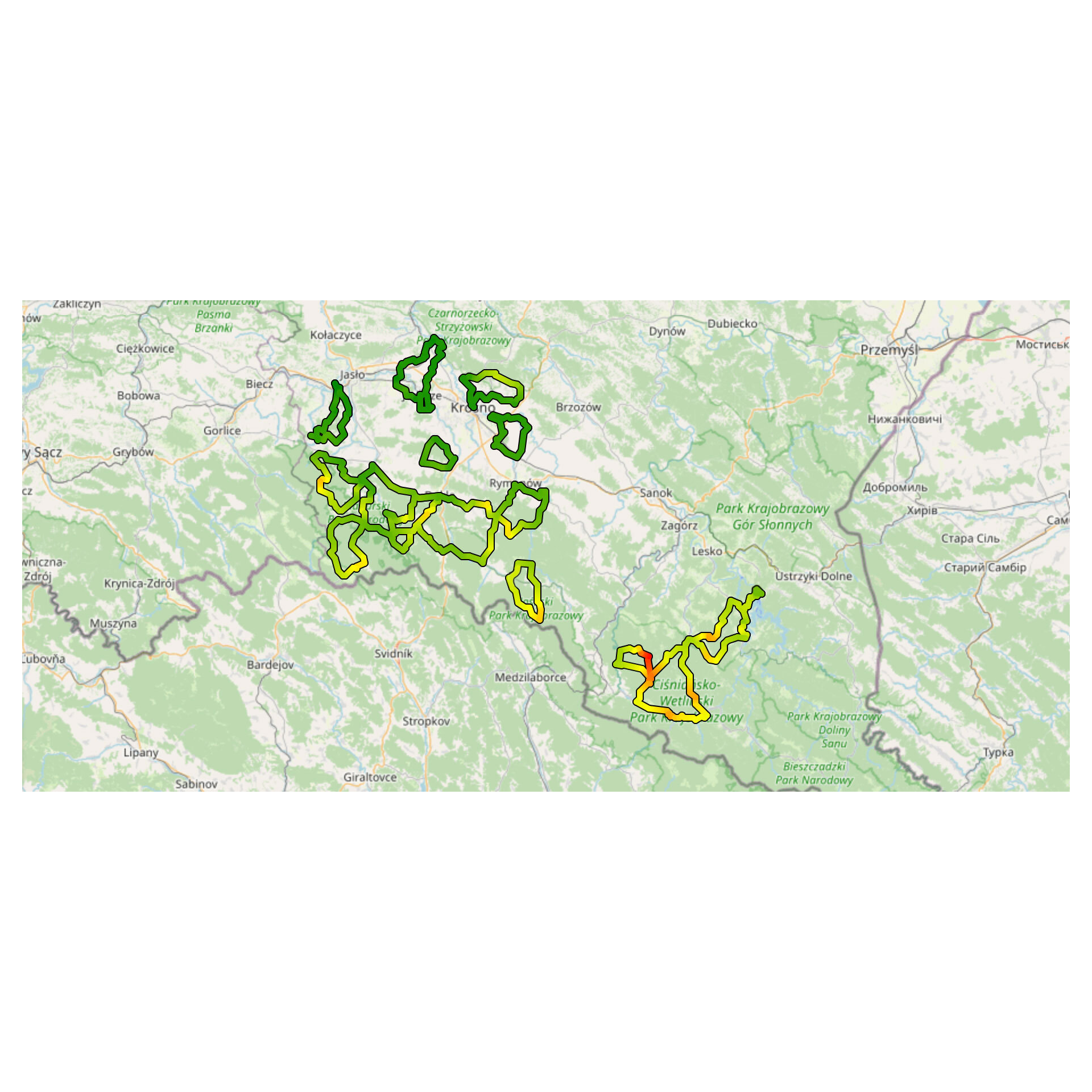
The land with a soul and a tragic history
The Low Beskid hides many mysteries and human stories. This is due to the region's past, which cannot be ignored. After World War II, the land became the site of “Vistula“ Operation , which involved the forced resettlement of the inhabitants of the Low Beskid region. Thousands of Lemko, Ukrainian and Boyko families were forced to leave their homes and then dispersed throughout the country. Most of them never returned to their native Beskid.
Remnants of the indigenous inhabitants of the Low Beskid can be seen at every turn. Abandoned villages, forgotten cemeteries, the remains of houses. This history is still alive and evident here. Learn about the traditions and life of the Lemkos at the Open-Air Museum of Lemko Culture in Zyndranowa or take a walk through a village that no longer exists, such as the Jewish settlements.
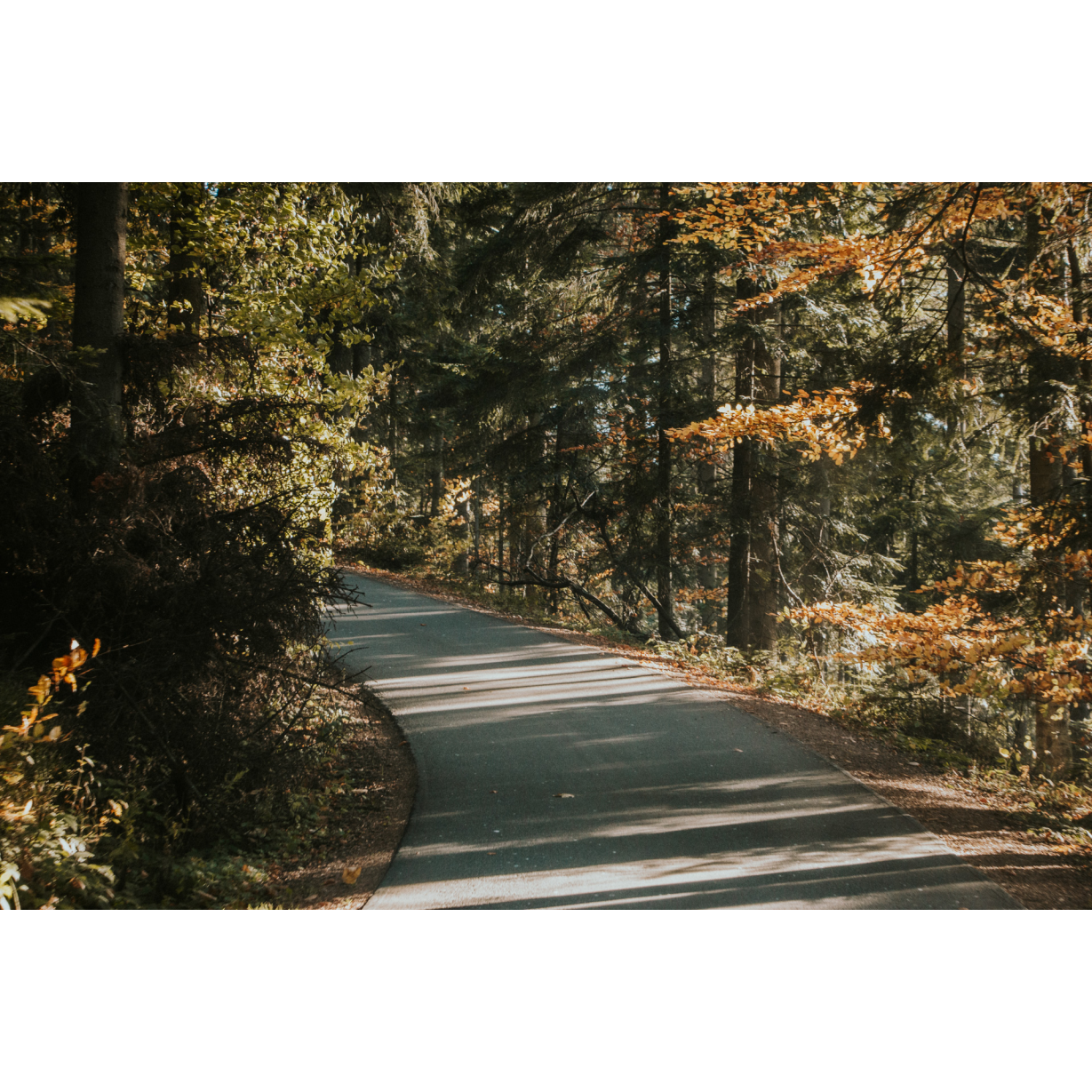
Beskid Niski
Audiodeskrypcja tekstowa
Magura National Park
The Low Beskid is home to the most forested national park in Poland. The Magura National Park has been in operation since 1995, and its current headquarters are located in Krempna. There you can visit the Józef Szafrański Education and Museum Centre, where you can learn about the park's fauna and flora interestingly and engagingly.
Within the park, you can distinguish two vegetation layers: the foothills and the lower montane zone. There are also numerous meadows and pastures, as well as peat bogs. In the Magura National Park, you can find around 800 plant species and almost 200 animal species, many of which are under strict protection. And there are many historic tserkvas and natural monuments that are open to visitors.
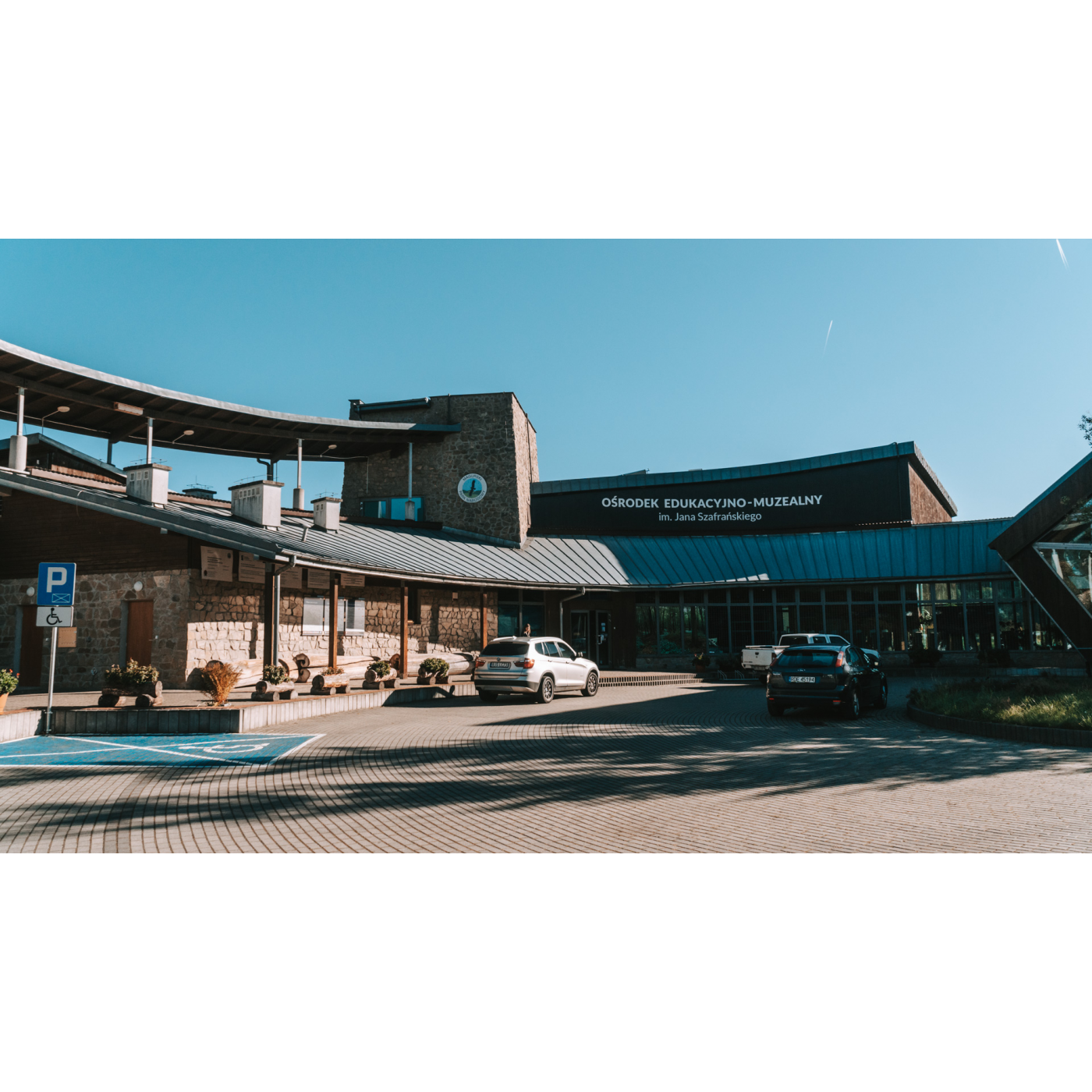
Protection of the Karpaty landscape.
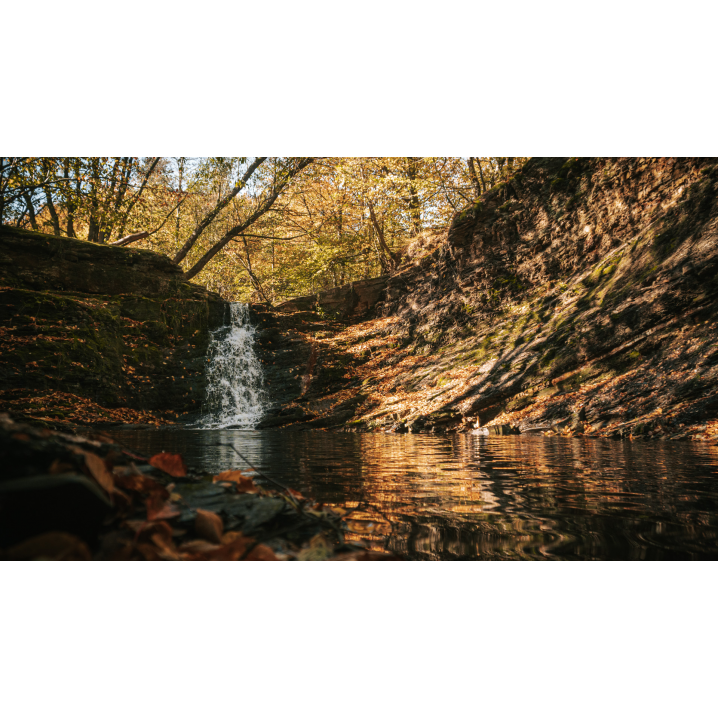
There are three strict protection areas in the park: Magura Wątkowska, Kamień and Zimna Woda.
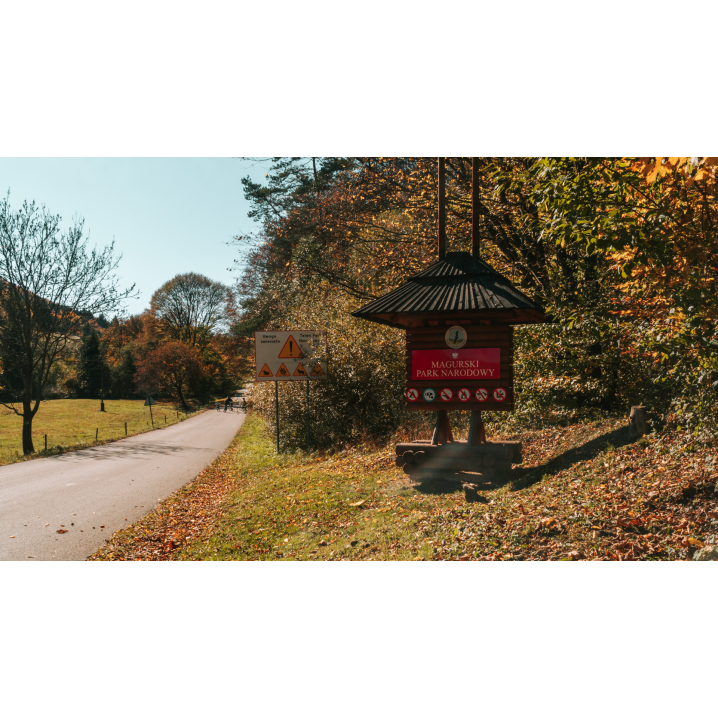
The Magura National Park protects, above all, a unique transition area between the Western and the Eastern Karpaty.
The Low Beskid and its charming towns and villages
This region is also home to towns and cities that offer many attractions. Visit the City of Glass, Krosno, and see how glass is made. The Glass Heritage Centre presents the history of this glassmaking and allows you to take part in workshops where you can make your own glassware. And less than 15 km from Krosno, you can see how oil is made and how it is extracted. This is possible at the Museum of Oil and Gas Industry of Ignacy Łukasiewicz in Bóbrka.
Another point on the map of the Low Beskid worth visiting during a cycling trip is the Archaeological Open-air Museum of the Carpathian Troy in Trzcinica. Feel the past and find out how the inhabitants of a settlement from 3.5 thousand years ago and a Slavic village from the 9th century lived. On the other hand, all those who are interested in sacral tourism are sure to be delighted by the Church of the Assumption of the Blessed Virgin Mary in Haczów, which is on the UNESCO World Heritage List.
Relax among nature
A cycling trip is a great opportunity to enjoy the natural beauty of the Podkarpackie region. The Low Beskid mountains offer cycling routes to make this possible. The routes are so varied that every two-wheel enthusiast will find something to suit their taste. Go for an off-road ride or wander along urban cycling routes.
Get to know the Low Beskid by bike. Enjoy the beauty of nature, unwind in the forests of Podkarpackie or admire the Magura waterfalls. Make use of the region's tourist infrastructure while tasting regional dishes and delicacies.
Gallery
